|
It's been a long time since I've shared some pictures from my walks in the field and woods! The field is just overflowing right now with Goldenrod, Asters, and Joe Pye Weed. None of my pictures have been able to do it justice. I didn't even realize that we had Joe Pye Weed until this year! All the differences between the many species of Goldenrod are so fascinating, although I am far from being able to identify them! This one is probably me favorite. I just love how the flowers branch out. Again, the picture doesn't do it justice! The main difference I noticed about this one though, is that the leaves are quite rough. The same goes for the many species of Asters! But I think that the Heart-leaved Aster (Symphyotrichum cordifolium) is my favorite. Interestingly, one of the synonyms for Symphyotrichum cordifolium is Aster cordifolius L. var. furbishiae. It was named in honor of Kate Furbish, an artist and self-taught botanist who traveled all over the state of Maine recording the plants she saw. She is most famous for her discovery of the Furbish Lousewort (Pedicularis furbishiae) which grows only along a 130 mile stretch of the St. John River. Wikipedia says that she also discovered this Aster, but I haven't been able to find out anything more about it, and it is so common now that I am rather surprised that it would have been a new discovery then either. I actually just read about Kate Furbish because of an article a friend told me about the other day. Unicorn Root (Aletris farinose), which has not been seen in Maine for over 130 years, has suddenly turned up in a field in Bowdoin! Apparently it was a rare plant here to begin with. There are only 3 known specimens, two of which were collected by Furbish in 1874 and 1879. If you're interested, you can read the article here. About half a mile out, on the other side of the potato field, I found a patch of Pearly Everlasting (Anaphalis margaritacea). As its name suggests, it is an excellent flower for drying. I want to write more about this plant in another post when I have more time, so for now I'll just hint that it has been used to symbolize Immortality, and that there is at least one beautiful story connected with it! Quit a few Red Osier branches had been nibbled at. Some of them were out of my reach, so I'm guessing it was a moose! I never know what I'll see on these hikes. One day last week a small coyote ran out right in front of me! Of course it was the day I didn't take the camera along! You might recognize some these plants from my earlier woods posts! Here's the Bunchberry Dogwood (Cornus canadensis)... I didn't realize that Canadian Lily-of-the-valley (Maianthemum canadense) had such an unusual looking fruit! Bluebead Lily (Clintonia borealis) Mountain Woodsorrel, or Wood Shamrock (Oxalis montana)...such a tiny, charming plant! Here it is in bloom around the beginning of July. There is a large, marshy area in the woods that is absolutely covered with Jewelweed (Impatiens capensis). The plant isn't much to look at, but it is an incredible sight when in full bloom like this! The same area of the woods earlier this summer. Jewelweed is supposed to be an excellent remedy for Poison Ivy. I've never found any around here though, so I haven't had an occasion to try it...I almost wish I did! The flowers are very unusual and beautiful when viewed up close... Coming back out of the woods. If you look closely you can see the huge Japanese Knotweed is in bloom now. I never paid much attention to the flowers until this year and was surprised at how beautiful they are! They smell nice too, and the bees seem to appreciate them. Oh, and here's my collection of keepsakes to get me through the winter! I bring in an armload almost every time I'm out! :D Goldenrod and Joe Pye Weed both keep their color nicely if picked before all the flowers are fully opened. I recently checked out a book at the library titled "Medicine of the Earth", by Suzanne Fischer-Rizzi. I was just skimming through it yesterday when I came across the chapter on Sweet Clover (Melilotus officinalis and Melilotus alba) which immediately caught my attention because we have quite an abundance of the White Sweet Clover and I love its fragrance. But I didn't realize that it could get even better with drying! She writes, "the one thing I regret about the German Alps is that the Jasmine of warmer climes cannot grow here. Sweet Clover, however, consoles me because her perfume is nearly as sweet and lavish". Well, Jasmine is one of my favorite scents too, so I rushed out the door to see if there were any plants left in bloom! The plant contains coumarin, which causes it to become even more strongly fragrant as it dries. I sure wish I had known about this earlier in the summer, but at least I was able to find a few plants still in flower. I have two bunches hung up over my bed (the bedroom smells wonderful already!) and also gathered some to dry for the herbal pillows I'm making. I guess that's everything. I hope you enjoyed the little walk! :)
8 Comments
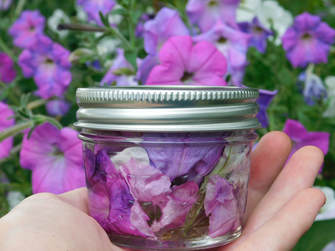 A few days ago, I came across an article about making a lilac perfumed oil simply by repeatedly infusing fresh flowers in the same carrier oil. I knew that this could be done with lily-of-the-valley and can hardly wait until my new plants increase enough for me to give it a try! But after reading about the lilacs, I got to wondering if this could be done with many flowers. Apparently, roses work very well too, and I sure wish I had known all this a couple months ago! Patience is not one of my strong points, so I didn't like the idea of having to wait through another long winter before I could even try it. So I asked myself what strongly fragrant flowers I still have blooming in the garden. Ah yes, petunias!!! 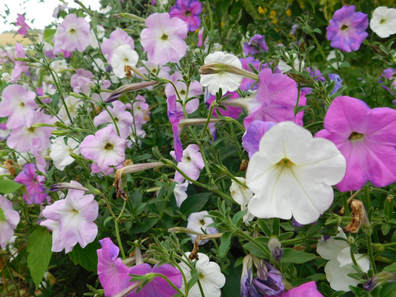 These old-fashioned petunias have a heavenly fragrance and I've often wished I could capture it to enjoy during the winter. Googling "Petunia Infused Oil" didn't show many results, which made me rather doubtful, but I did find one recipe for a "room spray" that was basically just an infused oil. However, I have some doubts that whoever wrote the article actually tried it first. I was a little puzzled when it said to set the jar of flowers covered in oil into a pot of boiling water, let it cool naturally, and then just sit for about a week. I know that is sometimes done with herbs, but flowers? Well, I decided to give it a try anyhow. 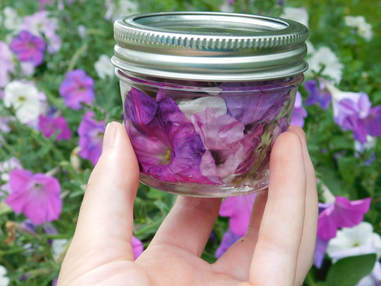 Of course, all the flowers wilted and lost their color, the oil became cloudy, and when I opened the jar it smelled like...well, cooked flowers! I ended up throwing that batch away. But the next day I decided to try again, this time following the directions for the lilac infused oil. This is Day 2 and so far it is turning out well! I simply packed the 4 oz. jar with petunia flowers (no foliage) and covered them with sunflower oil. Within a few hours, the oil had already taken on a light fragrance. Today, I strained out the oil, and then packed it with fresh flowers (it's very important to keep the flowers fresh, as they can take on an off-smell really quickly). I will be repeating this daily for about a week and we'll see what happens! Has anybody else tried to do this with petunias? What other flowers work well for you in a perfumed oil? I have been suffering from a strange lack of inspiration lately, which explains why I haven't participated in IAVOM for a few weeks. But I really wanted to do something this week, so I headed out to the garden with a pair of scissors and a vase, but still with no clear ideas of what I was going to do! My Castor Bean plants have really taken off since I harvested the dried seed pods. I know they won't have time to ripen any more seed, so now I feel more at liberty to cut some of the flowers. I decided to use them and some of the Love-lies-bleeding, and see if I could get a tropical look (as tropical as an arrangement from a Maine garden can possibly be, anyway!). There is no shortage of Cosmos flowers in my garden right now either, so I used some of them... But it still needed a little something more, so I gathered a few stems of purple Basil and stuck them in. I also added some foliage from the Castor Beans. It looks wonderful, but it wilted fast. But I'm leaving it in for now, because I've seen some flowers (wildflowers in particular) wilt for several hours after being picked, only to perk up again the next day! *Note: I actually prepared this on Saturday morning. A few hours later, the Castor Bean foliage had revived! So that's that! Flower arranging is always a pleasure and I'm glad I finally just got out there and did it. Sometimes the inspiration comes as we try! Thanks to Cathy at Rambling in the Garden. You'll be able to see lots of beautiful arrangements from around the world on her blog today.
It's always neat to see what can happen in a garden when the gardener is away for few days! This time of year things aren't really changing at a rapid pace, but I did still find a few surprises when I got home. The castor beans were the biggest surprise. They really didn't grow that much all summer, but seemed to be focusing most of their energy on ripening seed. Right before I left for Canada, I harvested almost all the dried pods, lest they should burst open while I was away. And when I came home, I was surprised by lots and lots of new growth and flowers! It seems like they grew a whole foot higher in the four days I was gone! My sister says my eyes were just sharpened by absence, but I'm not so sure! The phlox was just starting to come into bloom, and is now in full flower. I believe this is 'Franz Schubert'. This is its third year in my garden and it gets bigger and better every season! The 'Picotee' cosmos is starting to redeem itself. It did get fairly tall after all. A lot of the blooms are just a normal cosmos pink and white, but there are some nice picotees too. I loved these two blooming side by side! I love these petunias! They have a strong, sweet fragrance too, that modern hybrids can't match! I know I've said it before, but I can't get over how well this patch of basil did! Normally my basil only gets to be about 8 inches tall and is rather spindly. I guess they liked having a bed all to themselves! I think the mint is getting ready to take over the world! Something tells me I'm going to be fighting it back next year... It's harvesting and canning time too. I was excited to find several chokecherry trees at the edge of the woods just loaded with fruit. These berries got made into jelly yesterday. It is delicious! My little garlic harvest. I never liked garlic until a friend gave me this kind from his garden last year. It is very mild and I actually loved it! I don't know what variety it is...he bought it at a farm stand and the lady who sold it said it was just a garlic her grandmother grew. I'll probably be planting at least half of these this fall. For now, they add to the kitchen window decorations... This has nothing to do with the gardens, but I just couldn't wait to show you this beauty! This is Broad-leaved Helleborine (Epipactis helleborine). I've been waiting eagerly all summer to see it in bloom, and then almost missed it! Fortunately, this plant was still in bloom near my trail. At first glance it isn't particularly striking. But when you get a little closer, the flowers are stunningly beautiful! Closer still... Summer is nearing its end here in the north, but we'll certainly enjoy what we have left! :)
I just got back yesterday from a trip to Canada! In case you noticed I was gone, I would have said something before I left but I actually didn't even know if I'd be able to go until a couple days before! We rented a 12 passenger van and there was just enough room for all of us that went! We were gone for 4 days, and we did EVERYTHING that could possibly be squeezed in in that time! It was really wonderful! We visited Prince Edward Island first, then took a ferry over to Nova Scotia and saw the Cape Breton Highlands before heading back towards New Brunswick and stopping at Hopewell Rocks! This is going to be a looong post, but I think you'll enjoy the pictures. It was all even more beautiful than I could have imagined! This was what the road looked like for about 80 miles through New Brunswick...lovely but I don't know what we would have done if we had got a flat tire or something. there was almost no traffic, and our cell phone didn't work! We did see a couple of moose. Some of the people we were travelling with were from Ohio, so they were really excited! We watched the sunrise over PEI Tuesday morning. We had the beach all to ourselves which was so peaceful! Here it comes! I must have taken around 20 pictures just of this hole in the rock! Those rocks are a little scary... Some kind of evening primrose, I think... I have no idea what these flowers were, but they sure were beautiful and fragrant too! I'm pretty sure this was Queen Anne's Lace, not the poisonous hemlock. It grew in dense groups along the roadsides and in fields all over the island. Just another shore view... We saw several lighthouses... We were surprised and slightly disappointed that there weren't any big waves on the beaches of PEI, but it was still very nice. I waded across this very rocky pool, and my foot came within about 18 inches of a small lobster! I started looking a little more carefully after that! And the next day we saw this 11 pound lobster at the Garden of the Cape museum in Monatgue. Our guide said a lobster this size could take off your hand, and even a small one could break your finger! Yikes! Farm country at its best... We visited Green Gables in Cavendish. It was funny that I had just finished reading Anne of Green Gables (for the 4th or 5th time!) when I found out that I might be able to go on this trip! Anne's room... Here's "Bonny"... The parlor. I was excited to see the little concertina on the table! The gardens were very pretty too. The Haunted Woods. I wish I could have walked Lovers' Lane as well, but didn't have time. Indian Pipes at the edge of the trail... This is where L. M. Montgomery is buried in Cavendish, PEI. On Wednesday we took the ferry over to Nova Scotia. Looking back towards PEI on the ferry! The view from our motel room in Cape Breton... The next morning we started out for Cape Breton Highlands national park, but couldn't resist stopping a few times to admire the rocky beaches... Come to think of it, most pictures I've seen of Cape Breton show it to be very foggy and wet. It certainly was when we were there, but we thought it gave it a character all its own. A magnificent cliff in the Cape Breton Highlands... We were all busy admiring the mountains when it suddenly dawned on us that there was the sound of water rushing somewhere nearby! We thought it was a waterfall and went to look, but found this lovely little stream instead! I had a lot of fun photographing the water! The views were just incredible! Another rocky shore... We even got to see some seals. It was kinda funny to watch them just riding the waves and looking around at all the visitors. They seemed quite unconcerned! Another beautiful but rocky beach... We even went whale watching! I wasn't sure which I was most impressed by, seeing whales up close, or the views of the mountains enveloped in fog! The first thing we saw as we left the shore was this bald eagle! We saw lots and lots of pilot whales. They came quite close to the boat and there was even some kind of microphone under the water so we could hear them "talking"! We also saw one minke whale in the distance. Here's a little video I took... And then it was time to head back towards the New Brunswick border. We were thankful that we got into the park when we did, because the way back was even more foggy and we would have missed a lot of the views if we had come later! There were still some impressive views, though! We stopped at Hopewell Rocks on the Bay of Fundy on the way home Friday morning. It was almost at low tide, so we were able to walk on the ocean floor! And do a bit of climbing :) These yarrow plants were high up on the cliff...there's something about a plant growing amongst the rocks that always touches my heart! More rocks... And here's the Bay of Fundy at low tide! The sandpipers were having a feast... Another view, showing how far the water has receded. And it was still another 2 hours or so until low tide! The fishing boats get grounded during the day! It was a perfectly lovely time and I really wasn't ready to go home, but at least I know I'll cherish the memories we made the rest of my life!
It is amazing how many useful herbs can be found growing wild in our own backyards and in nearby fields and roadsides. I have a few young St. John's Wort plants in my garden, but was pleasantly surprised one day to find several plants blooming in a ditch at the edge of our property! Of course, this sparked my interest and I set out to learn more about the history and uses of this plant. There are actually over 490 species in the genus Hypericum , all of which go by the common name of St. John's Wort! Several of them are familiar garden plants, but the particular St. John's Wort I'm writing about is Hypericum perforatum, (also called Common or Perforated St. John's Wort), which is the plant that is used medicinally. It can be easily identified by the tiny oil glands, or perforations, on the leaves, which are visible when they are held up the the light. Another way to be sure of its identity is to squeeze the flower buds between your fingers. Hypericum perforatum contains hypericin, which has been shown to have antibiotic and antiviral properties, and it will also stain your fingers red! There are many legends and superstitions about this plant. The botanical name Hypericum is derived from the Greek and translates to "over an image" or "over an apparition", referring to the belief that it would drive away evil spirits. It was traditionally used to decorate religious icons on St. John's day (June 24th). Perforatum of course refers to the perforations on the leaves. According to one German legend, the plant was so hurtful to the devil that witches pricked the leaves with needles over and over again out of spite! No one seems to be absolutely certain how it came to be associated with St. John the Baptist. It does tend to come into bloom, and was traditionally harvested on June 24th, which is the feast of his birth. Another theory is that it was associated with his martyrdom, because of the way the flowers seem to bleed when handled. It is also said that bright red spots appear on the leaves on August 29th, the anniversary of his beheading (I have seen these red spots in July, however). Nicholas Culpeper (1616-1654) had only this to say about it: "It may be, if you meet a Papist, he will tell you, especially if he be a lawyer, that St. John made it over to him by a letter of attorney"! It has also been associated with Christ's death. One legend claims that it was growing at the foot of the cross and caught the precious Blood as it fell, so that none of it would be lost. The oil of St. John's Wort (I'll get to that in a moment!) was also called the Blood of Christ. Many people think of St. John's Wort as a natural anti-depressant, but it has actually been used topically for centuries. This is one case where the Doctrine of Signatures could be considered correct! William Coles (1626-1662) writes: "The little holes where of the leaves of Saint John's wort are full, doe resemble all the pores of the skin and therefore it is profitable for all hurts and wounds that can happen thereunto". Gerard gives a recipe for oil of St. John's Wort in his Herball, which is quite similar to how it is made today: "The leaves, floures, and seeds stamped, and put into a glasse with oile olive, and set in the hot sun for certain weeks together, and then strained from those herbs, and the like quantitie of new put in and sunned in like manner, doth make an oile of the colour of bloud, which is a most pretious remedie for deep wounds and those that are thorow the body, for the sinues that are prickt, or any wound made with a venomed weapon". Nowadays, only the flowering tops, which contain the highest amount of hypericin, are used, and the oil only needs to be infused once. I thoroughly enjoyed making this oil! It was fascinating to watch as the yellow flowers turned the olive oil a dark, blood-red! First, I harvested the flowering tops. The more buds you use the better, but these plants had already been flowering for awhile before I found them, so I used quite a few fully opened flowers in mine. Let them wilt in a warm, dry place for several hours to get rid of excess moisture and allow any bugs hiding in the blossoms to escape. Then put them into a glass jar and cover with olive oil. Put the lid on and set the jar in a sunny place, preferably outside. While most infused oils can be made using either the dark pantry or solar infusion method, St. John's Wort needs to be solar infused. I made two small batches of the oil which I started a few days apart. The first batch was picked in the morning, so it was ready to start infusing by mid-afternoon. It was a hot, sunny day, and I set the jar in my herb garden. A few hours later, I could hardly believe what was already happening! All the little black stripes on the flowers had turned bright red and the oil had already taken on a reddish tinge as well! The second batch was picked in the afternoon and therefore didn't start infusing until evening. The next few days were cloudy too, and this oil didn't even start to turn red until the sun came out again! Check the oil every day or two and wipe away any condensation that builds up at the top of the jar. The oil should be allowed to steep for at least 3 weeks. By the end of this time, you should have a beautiful, thick, blood-red oil! Now it's time to strain it. I poured mine through about 4 layers of cheesecloth... Be sure to squeeze out the flowers too--you'll be amazed at how much oil will come off of them! Here's what the finished oil looks like. Isn't it beautiful?! The oil should be stored in a cool place out of direct light. A dark glass container is ideal as well. I just happened to have a few dark bottles around from herbal extracts we've bought in the past, so that worked out perfectly! You can use your oil as is for stiff, sore muscles, nerve pain, burns, cuts, and even as a mild sunscreen (if you want to learn more, I found this article to be helpful). Or you can make it into a salve. I had about 3/4 cup of oil left over after filling that bottle, so I decided to try it. I didn't follow a recipe, so it's hard for me to give exact measurements. I just put in what I thought would be enough beeswax for the amount of oil (and I would suggest that you cut the beeswax into smaller pieces than I did...it took forever to melt!). You can add a few drops of Vitamin E oil as well (it acts as a preservative). I didn't need to add any essential oils for this one because St. John's Wort smells much better than the Comfrey oil did! Heat the oil over very low heat until the beeswax is melted. You can then do the "spoon test". Put a small amount of the hot salve onto a spoon and place it in the freezer for a couple of minutes. If it hardens to the right consistency for a salve, it is done. If not, add more beeswax and try again! Pour the hot oil into jars and allow to cool completely before putting the lid on. Store your salve in a cool, dark place. Enjoy! * Special thanks to Auggie, for waiting so patiently while "grandma" was busy writing this! Here he is enjoying the fan while I was uploading the pictures for this post! :D
Asters and golden-rod, yellow and blue, "Out of the Summer's heart we came, "Strangers and exiles in disguise, "But patient and silent we grew and grew, "We drank till our life could hold no more "And then in a whisper the Summer said: ' "One glowing kiss, and the Summer died; "And that is our story, and whence we came: The goldenrod is in full, glorious bloom now, and I've made few new plant discoveries on our property this week. I was going to do a post on that today, but now it's late and I need to go do chores! So, here's a little animal humor instead. My sister's bird feeder has been attracting more squirrels and chipmunks than songbirds for some reason, and I love this picture she took of the squirrel! It looks to me like an illustration from a Beatrix Potter story! A chipmunk stuffing his cheeks... And I thought you all might enjoy this as well! All but one of the puppies went to their new homes this weekend. I'll have him the rest of the week, and he's getting spoiled! I played my accordion for him this morning, and he sang along! :D Hopefully I'll be back with another plant related post in the next few days as things finally settle down to something like normal again! :)
Yesterday's post was rather hurried and this one will be too, but I couldn't wait to share some of the photos from today. I managed to snatch a few moments in the garden throughout the day, which was a real blessing. I'm focusing on drying herbs and flowers for winter use, and saving seeds... A bouquet of 'Corsican' Basil before I hung it up to dry. It smelled sooo good! I'm so thrilled that the Castor Beans are ripening seed! Catching Valerian seeds at just the right moment can be quite a challenge! Cleaning all the fuzz off isn't easy, either! :D This afternoon I settled down on the swing to shell some more Lupine seeds... Well, after about half an hour of tedious work, this was all I had done, and I got to thinking there must be a more efficient way! And then I had a rare "Aha!" moment. I found an old board and laid the pods out, and then, to the amazement of passersby, I started jumping on them! It did the trick and they were all shelled in no time! It also helped that it was a breezy day, so it was easy to blow off most of the chaff. That's better! Anyone care to guess what this is? (And don't worry, it's not blood)! I'll be writing a post about it soon. I'll close with a glimpse of the seed garden this evening. But this is taken at an angle that hides the other half which I never got around to preparing or planting, and so is full of weeds! I do think this garden has a lot of potential, though!
How did it get to be August already?! Seems like it was just Spring and the whole growing season was before us! Things are already starting to wind down here and I'm beginning to focus more on harvesting and seed saving (a topic for another post because I'm way too tired tonight!). Actually I haven't been able to spend much time in the garden at all the past week, and it's been hot and dry. I finally did get to water some things this afternoon, and some of the plants were in desperate need! The garden is looking pretty scruffy. But in the midst of all the chaos of my garden, where too many unruly self-sown plants topple over each other, stands this regal lily! I have been so looking forward to the moment when it would bloom, but wasn't expecting it quite yet. One evening I noticed that the buds were swelling, and the next day I thought I noticed a strong and heavenly perfume in the air, but didn't have time to look until late in the day. What a beautiful surprise awaited me! I don't even remember what this lily is called. I ordered several bulbs a few years back and thought I ordered the trumpet lily 'Regale Album'. But these don't match the photos of that at all and seem more like an "Orienpet"! Oh well, whatever they are they are certainly a delight! I also have a few shorter Oriental lilies, with almost identical flowers to the taller ones! You might have to look closely at this picture, but it's the lilies at dusk. It doesn't do it justice of course! And now I'm off to bed. Hopefully things will settle down here soon so I'll have more time to unwind in my garden!
|
AuthorI am a passionate gardener and seed-saver, who also enjoys playing the violin and accordion, running, spending time with my 4 golden retrievers, keeping chickens, photography, and reading. Archives
March 2019
|
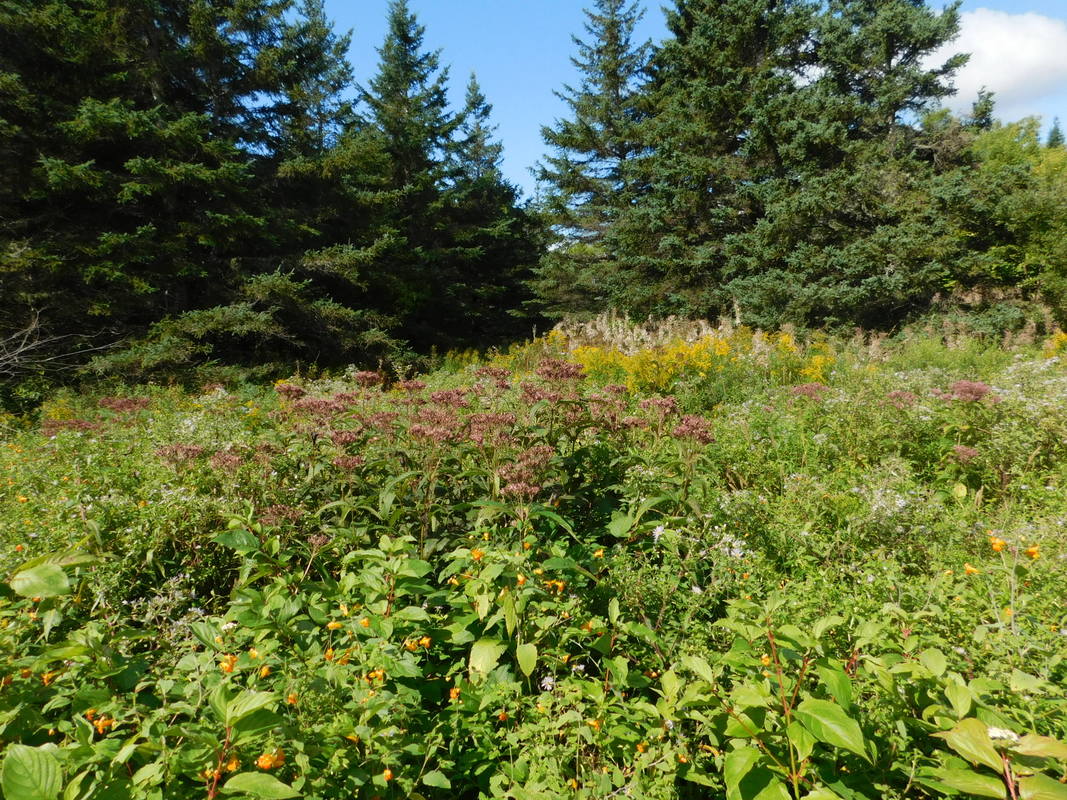
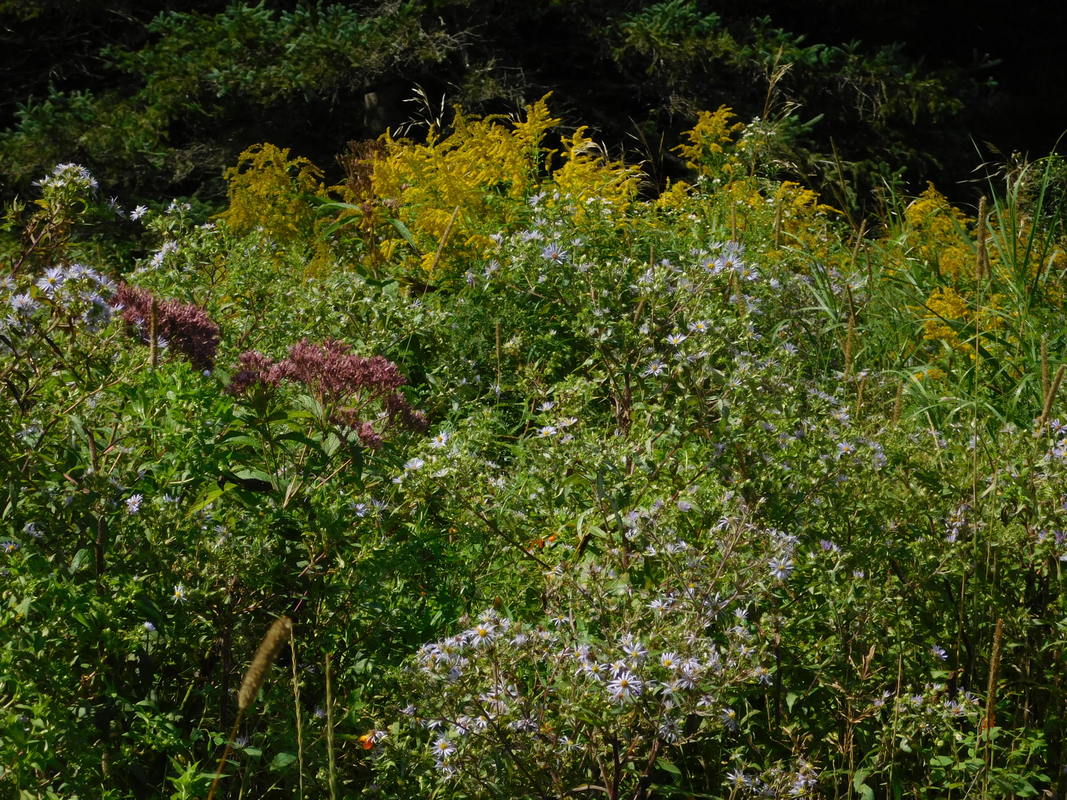
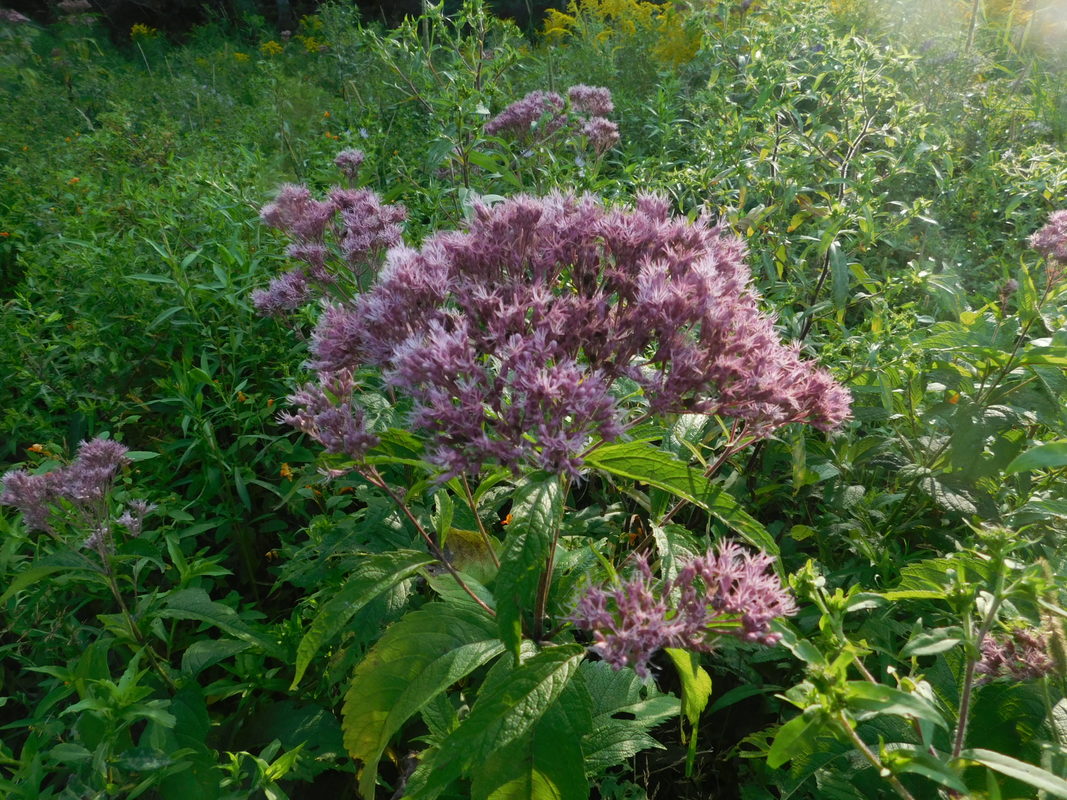
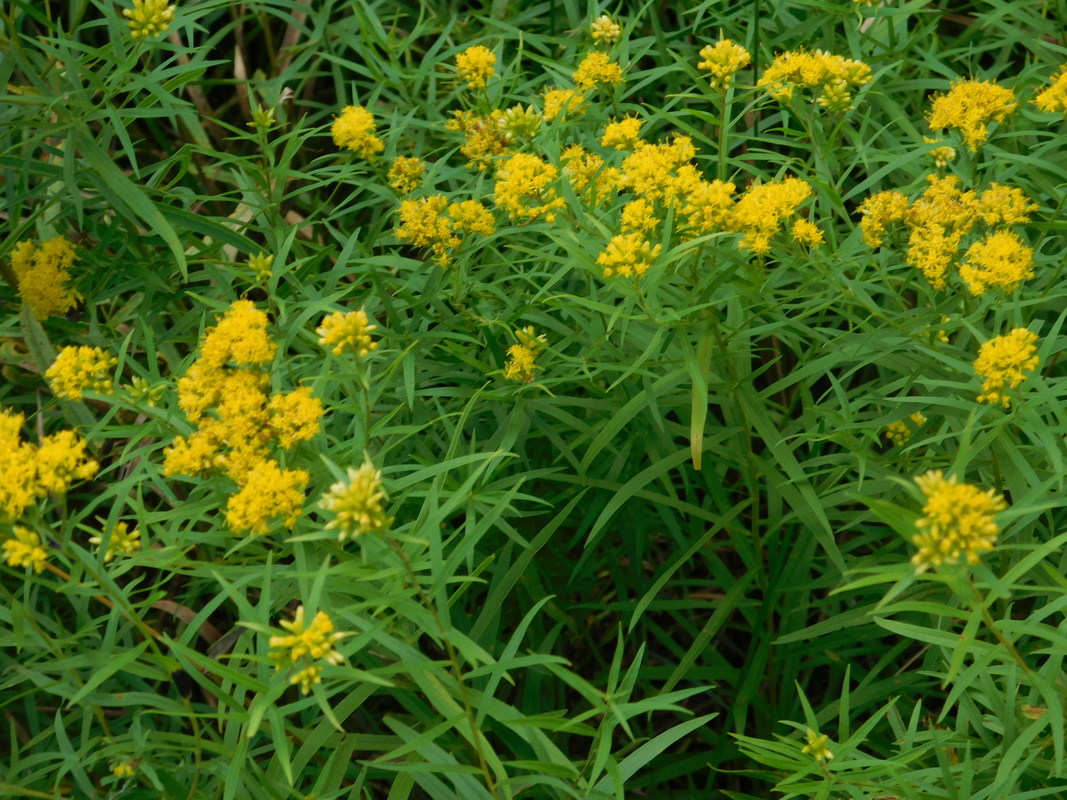
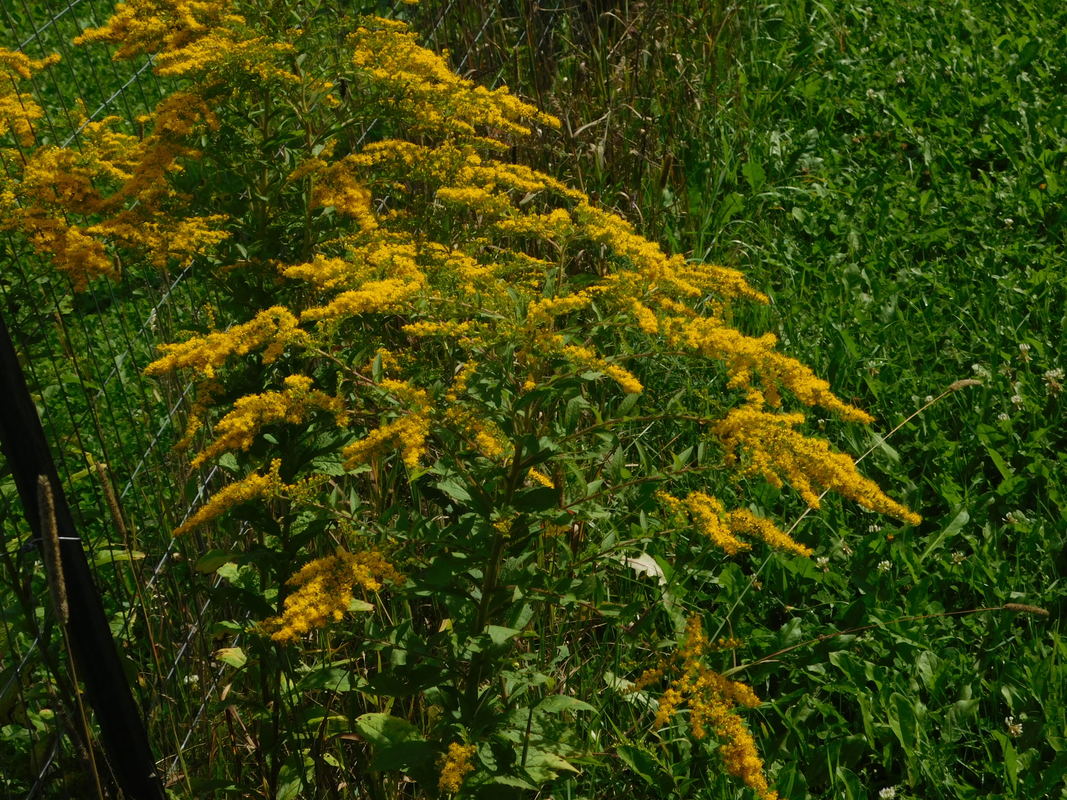
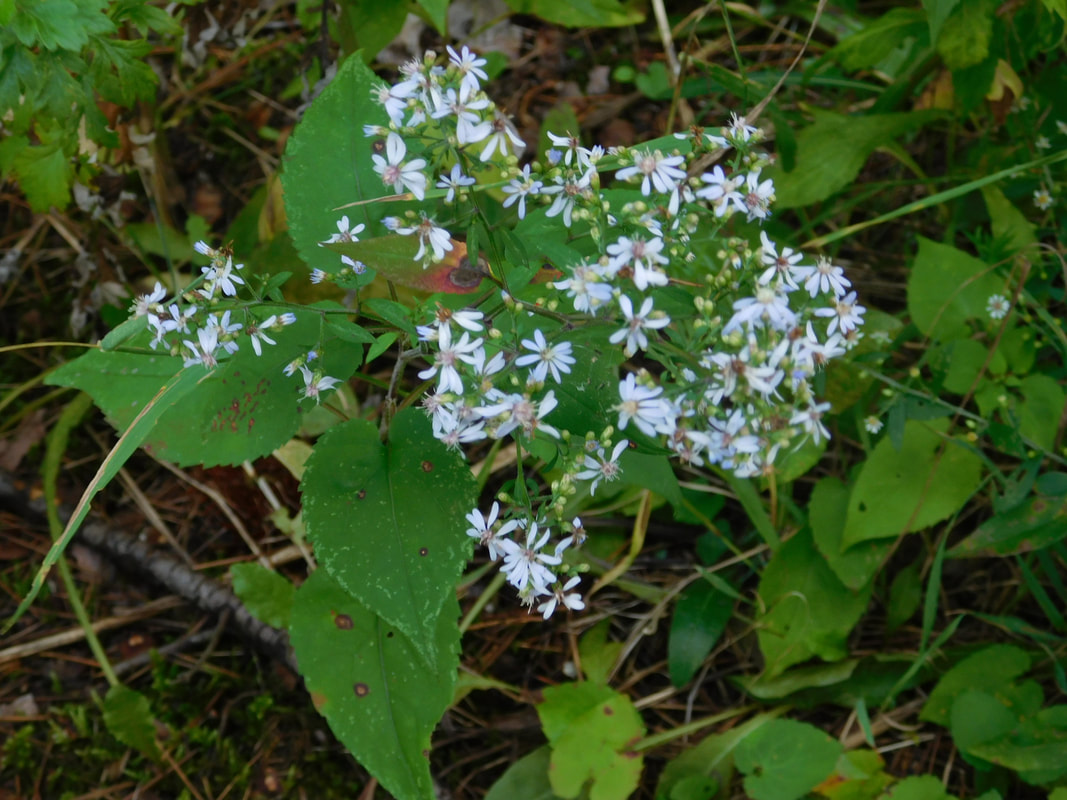

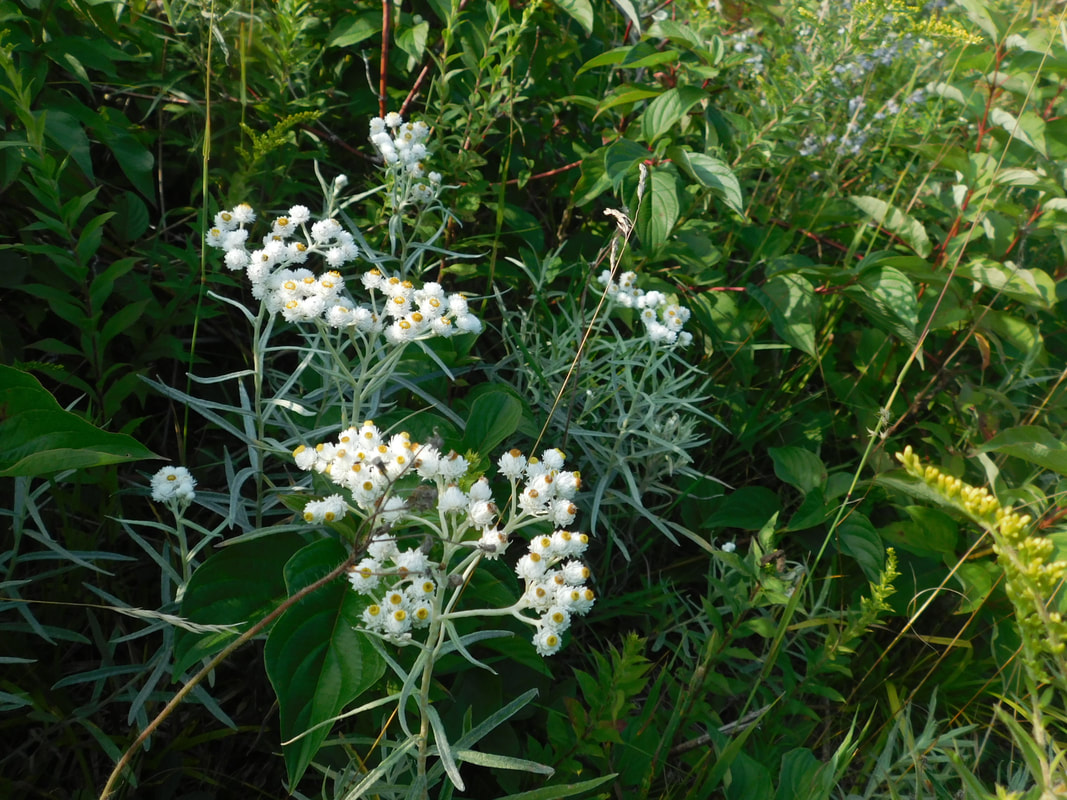
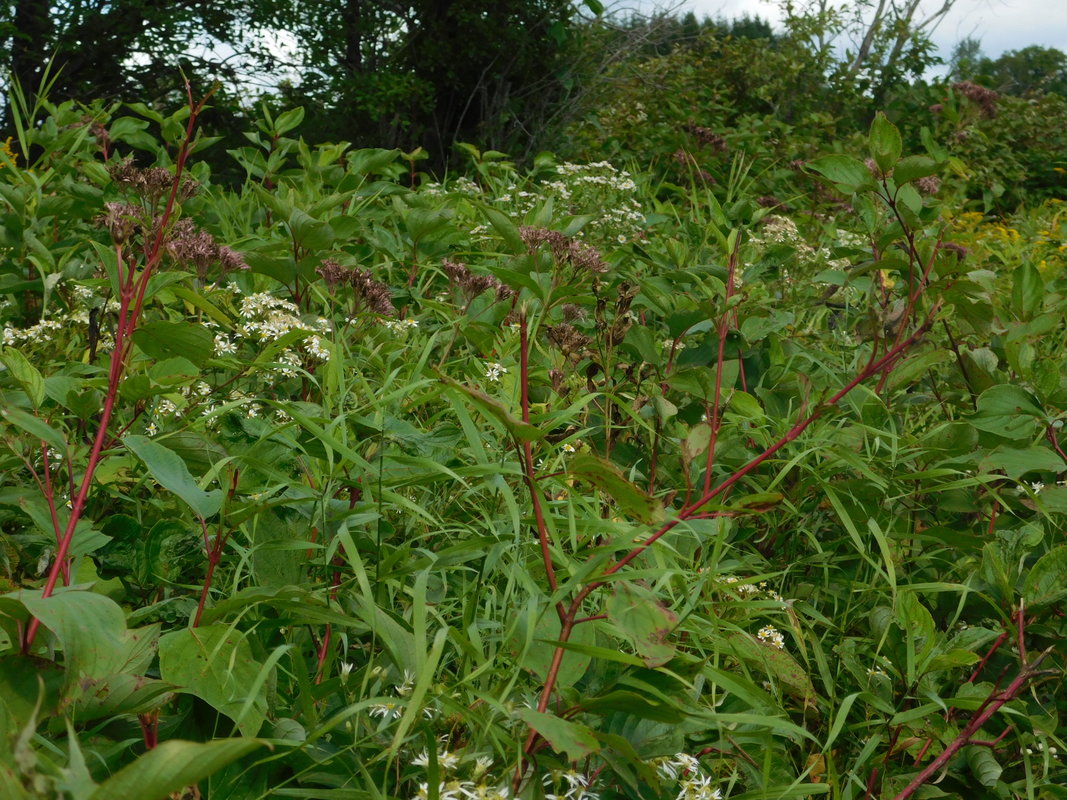
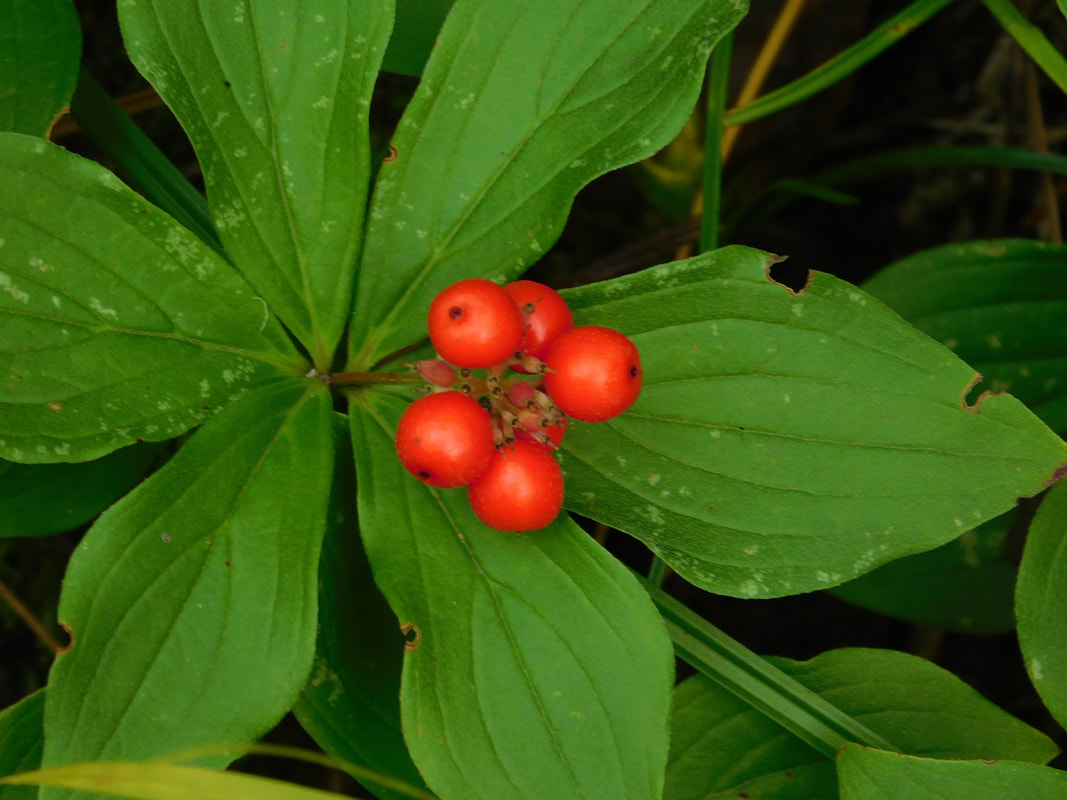
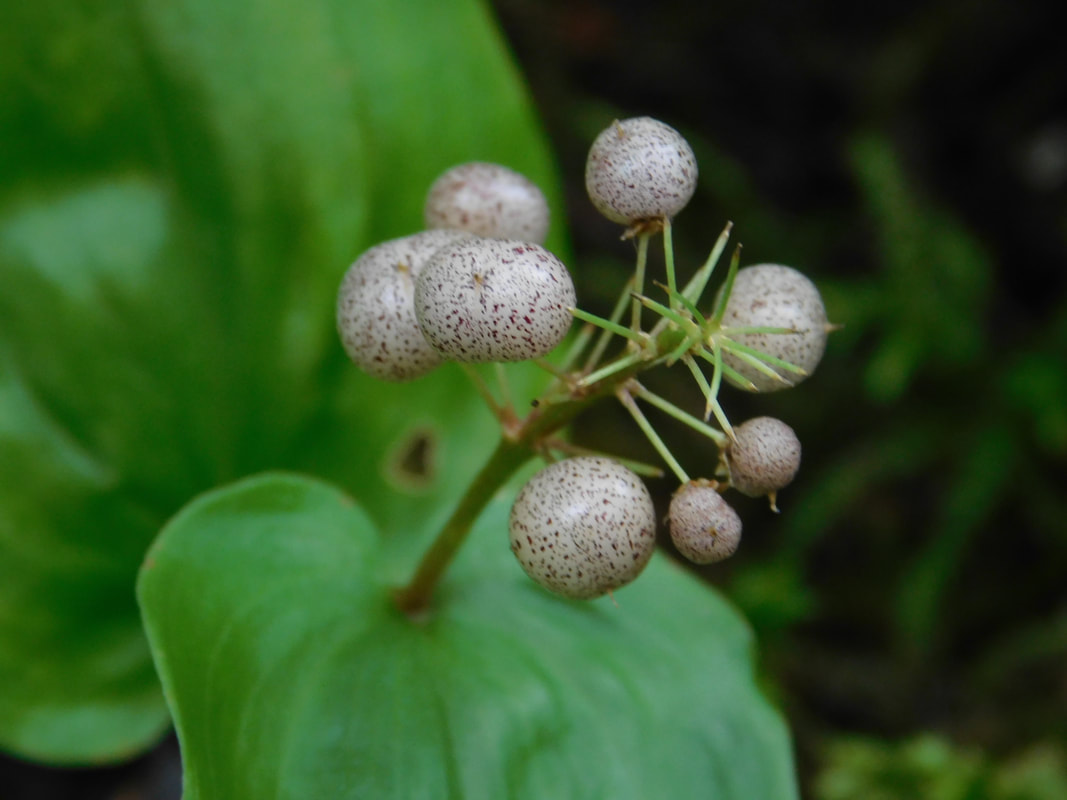
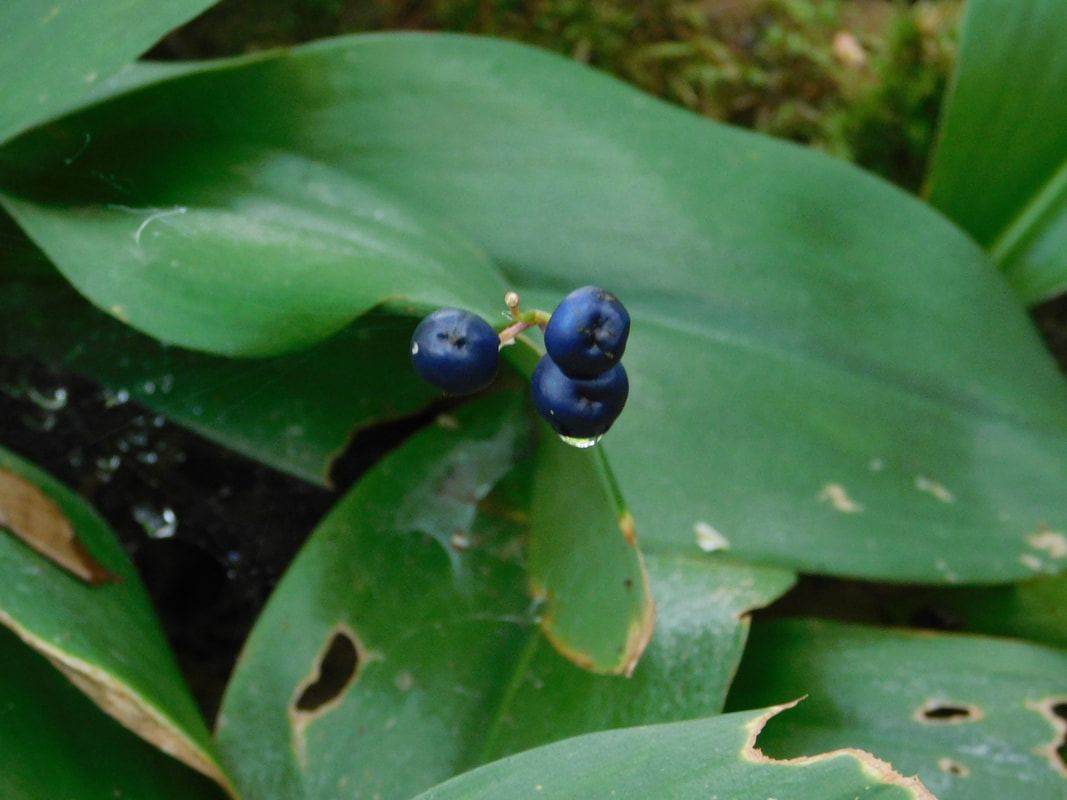
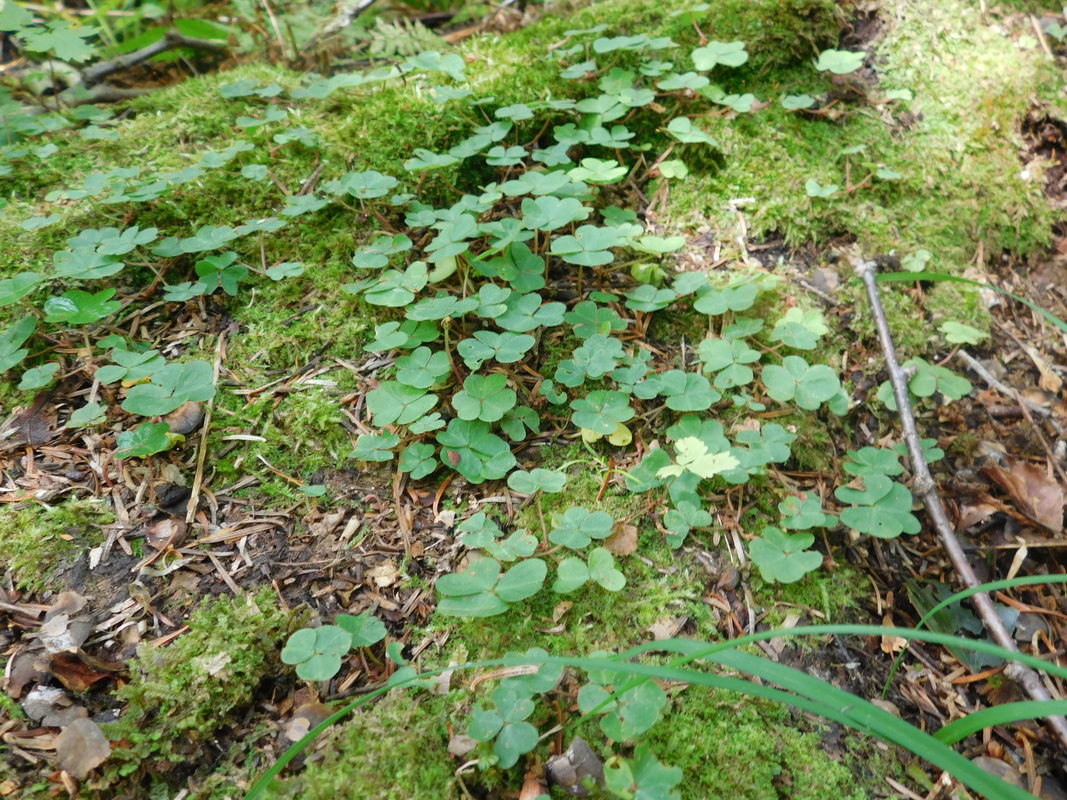
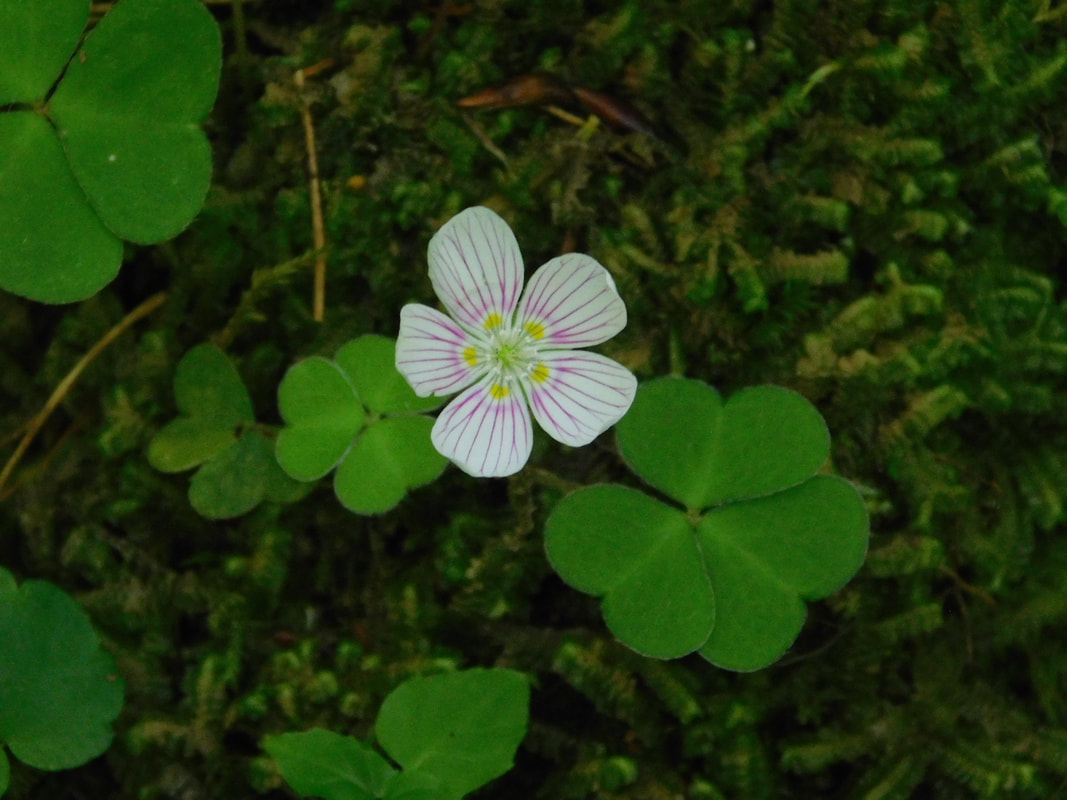
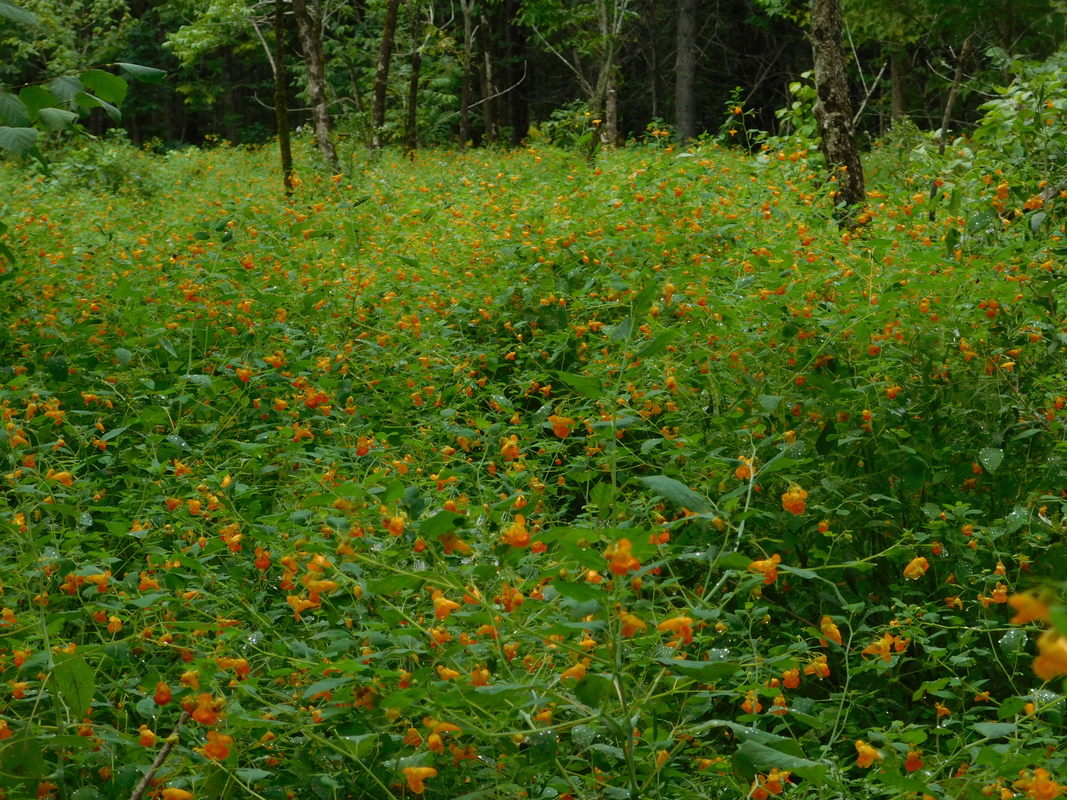
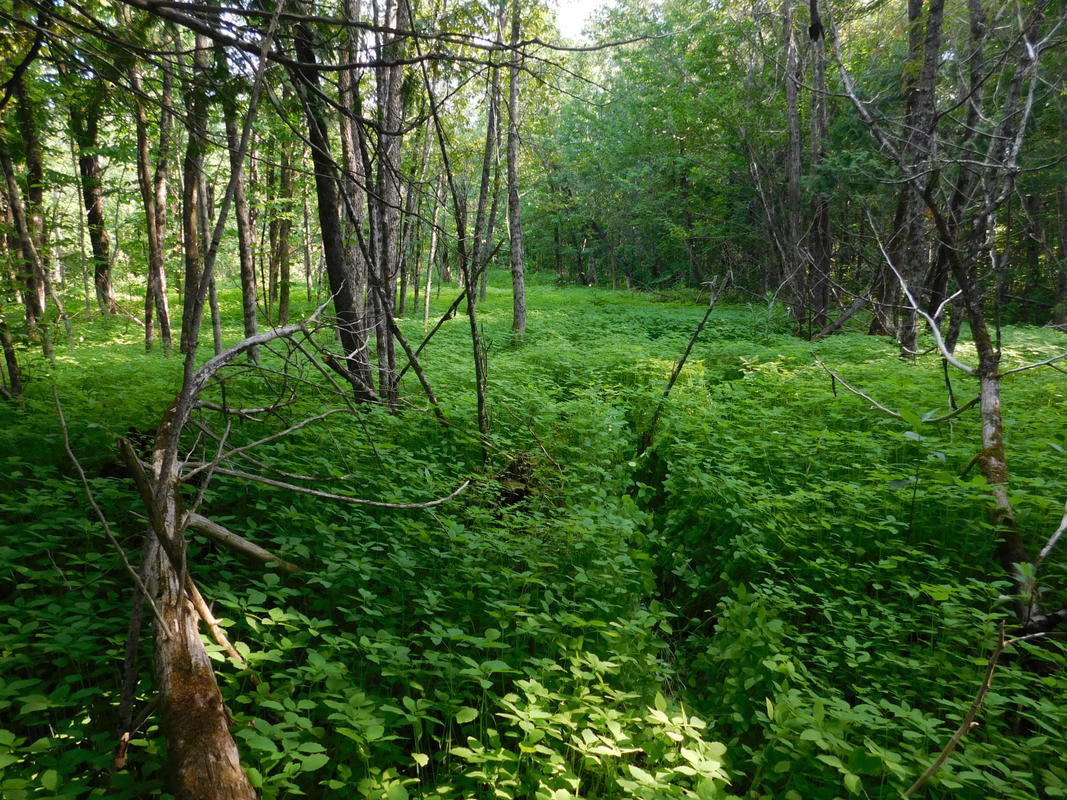
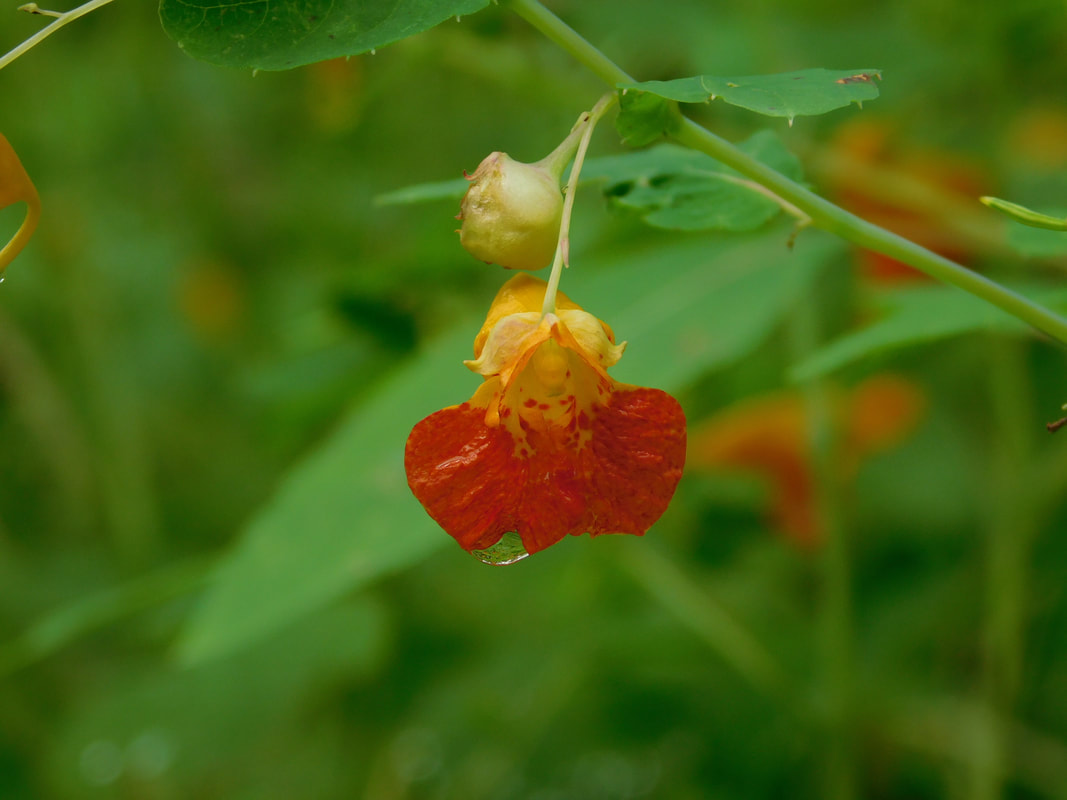
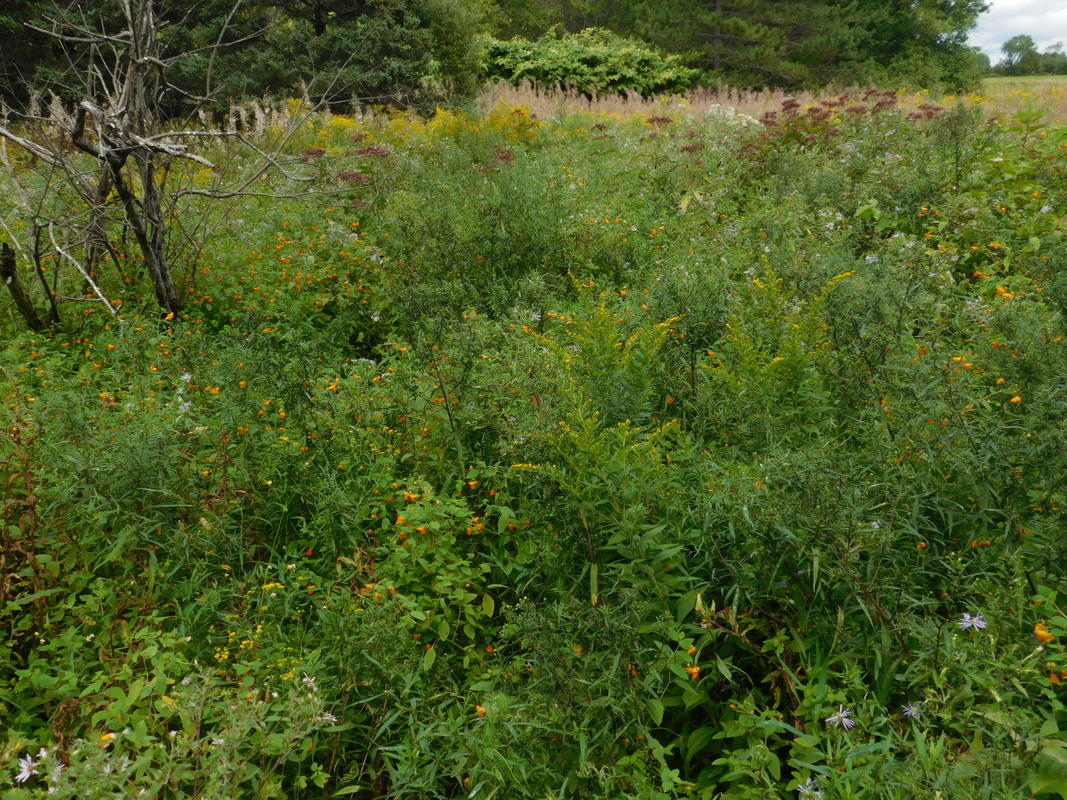
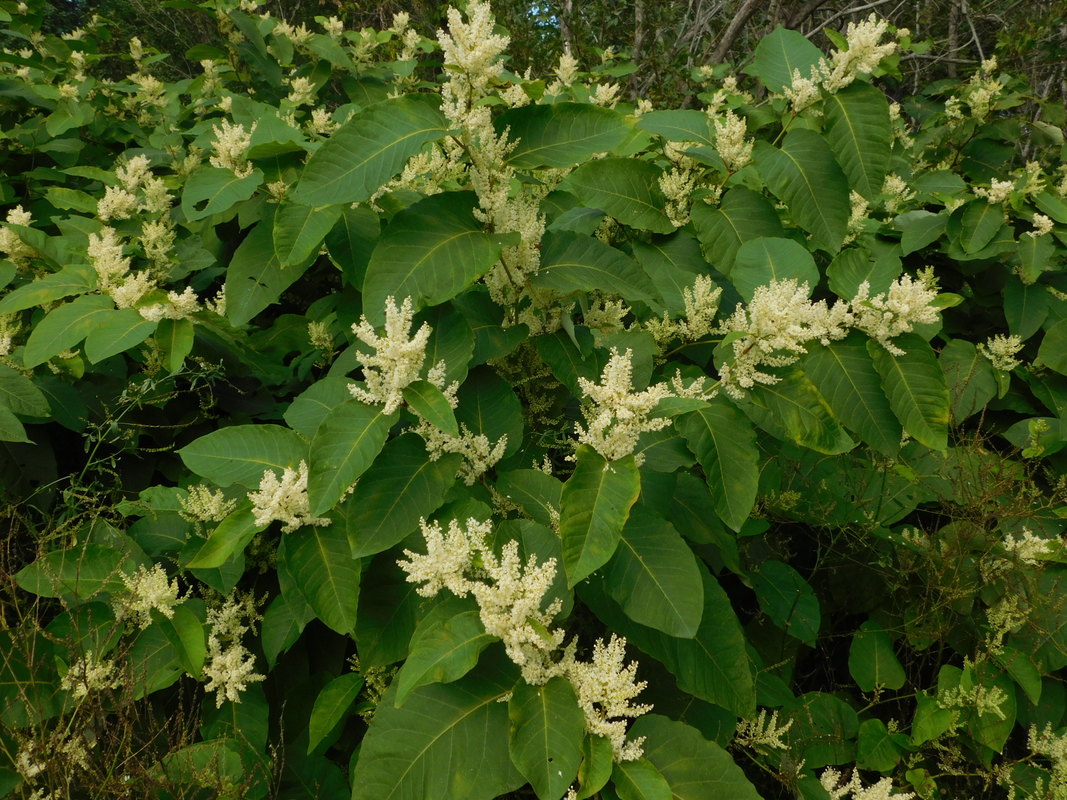
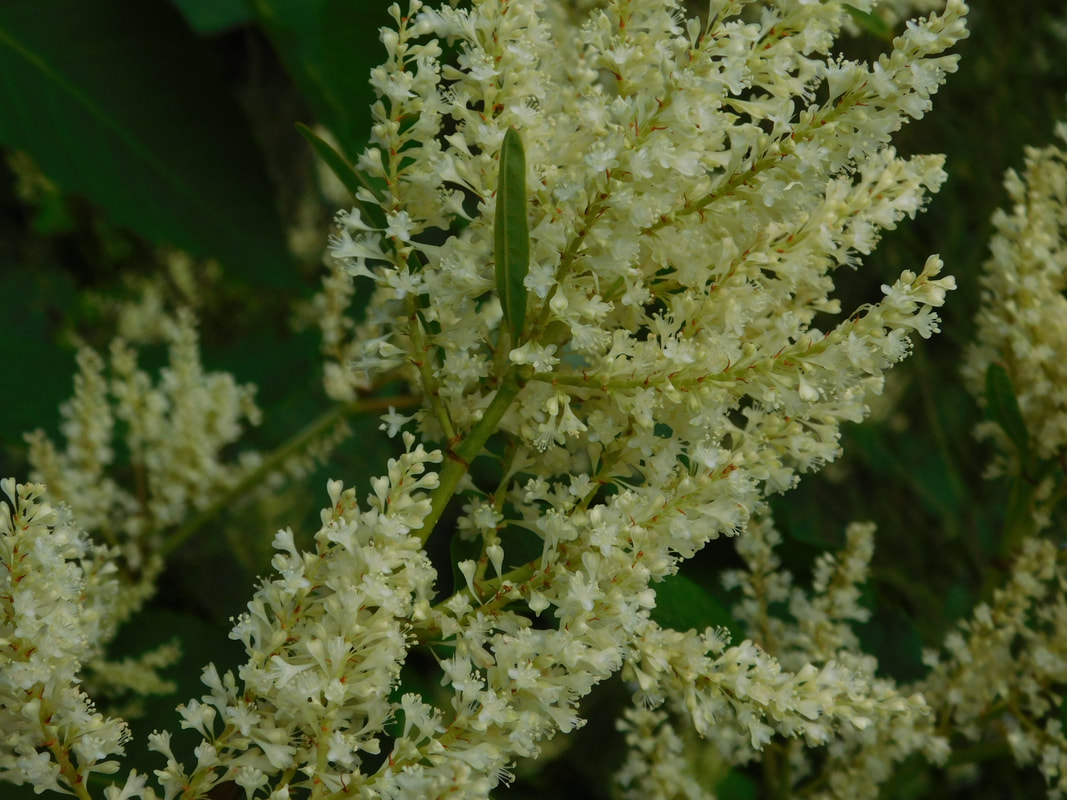
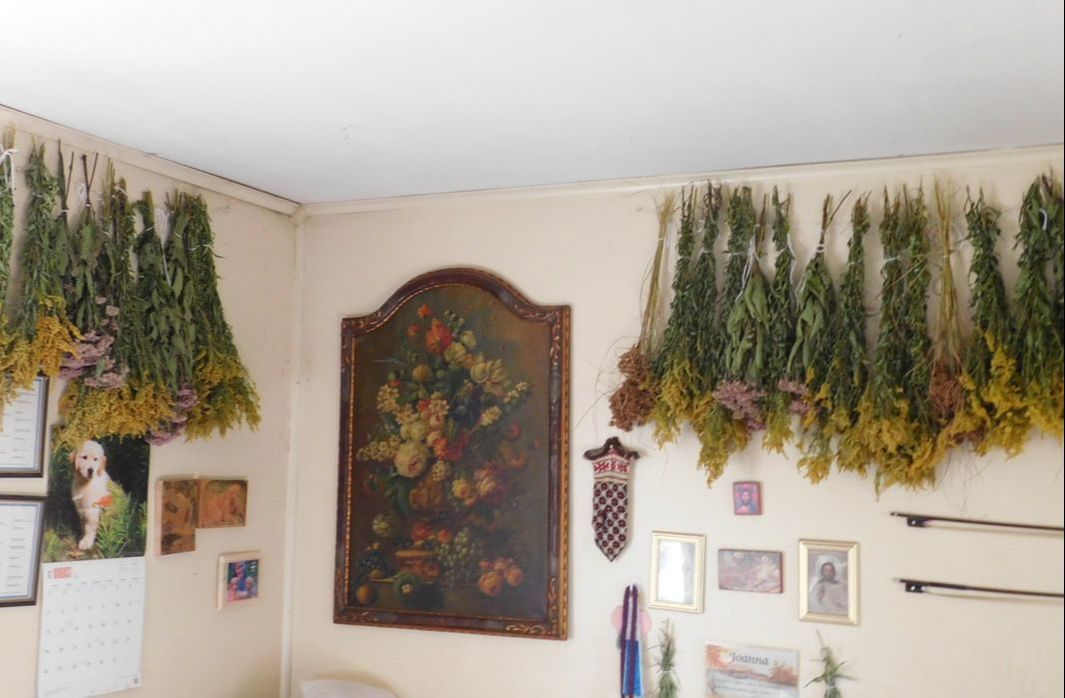
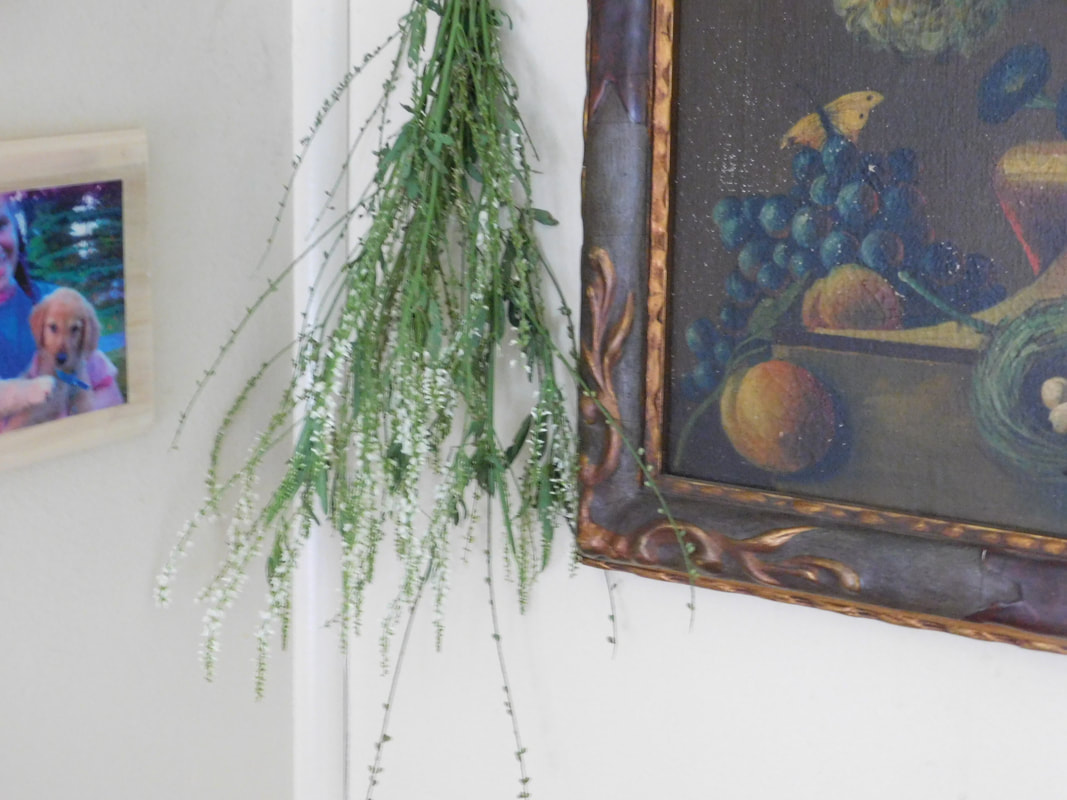
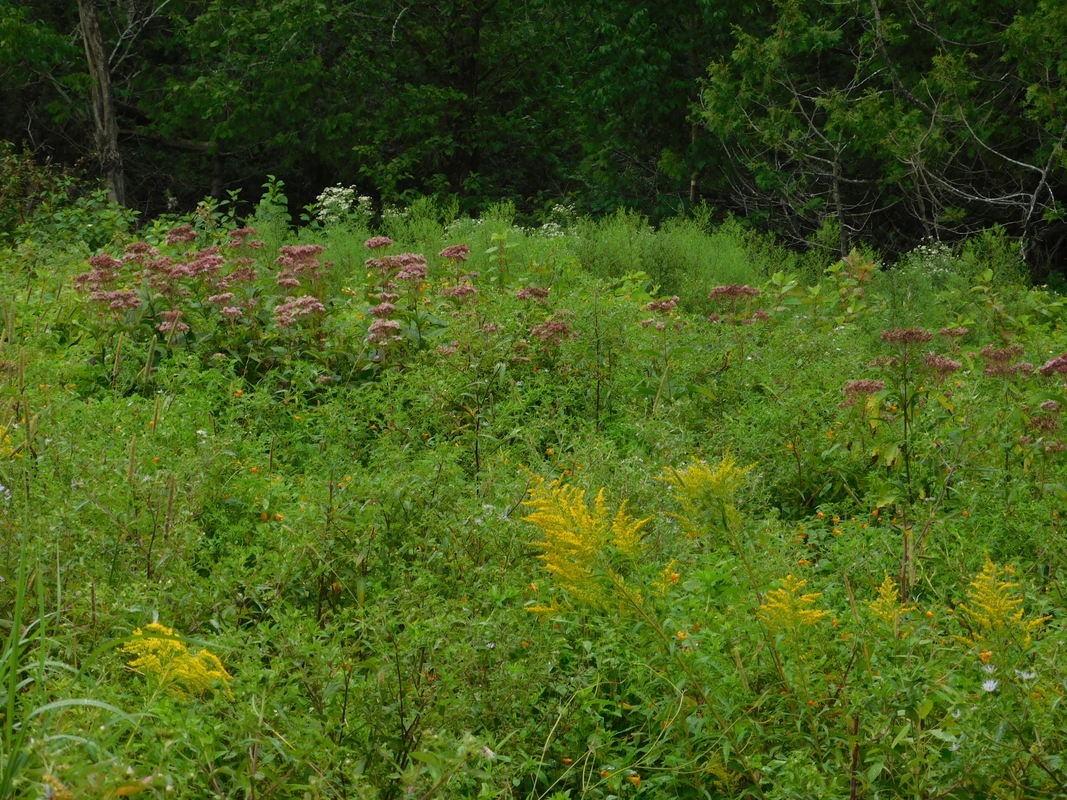
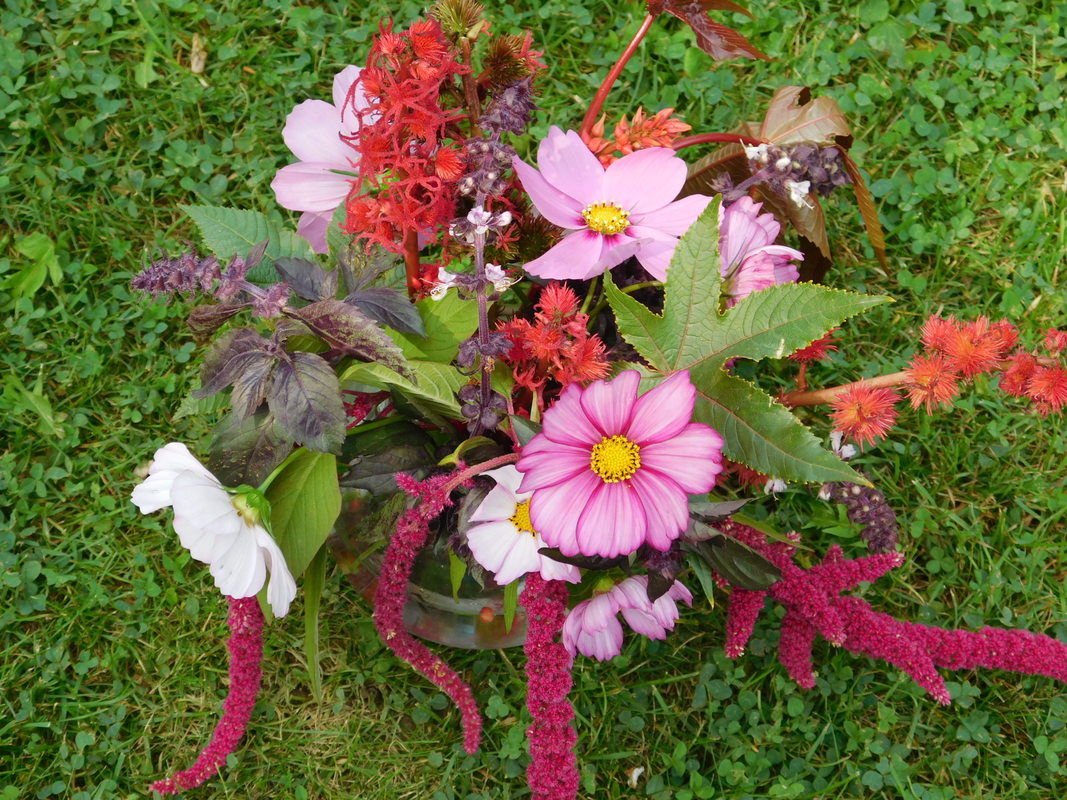
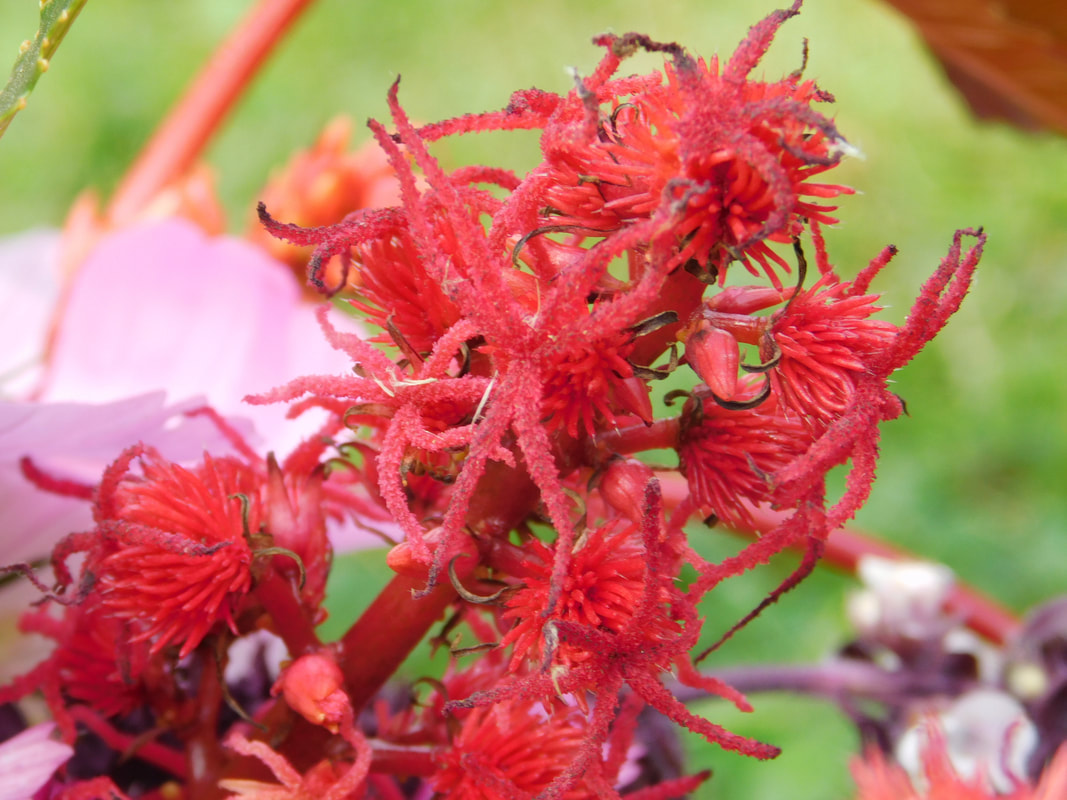
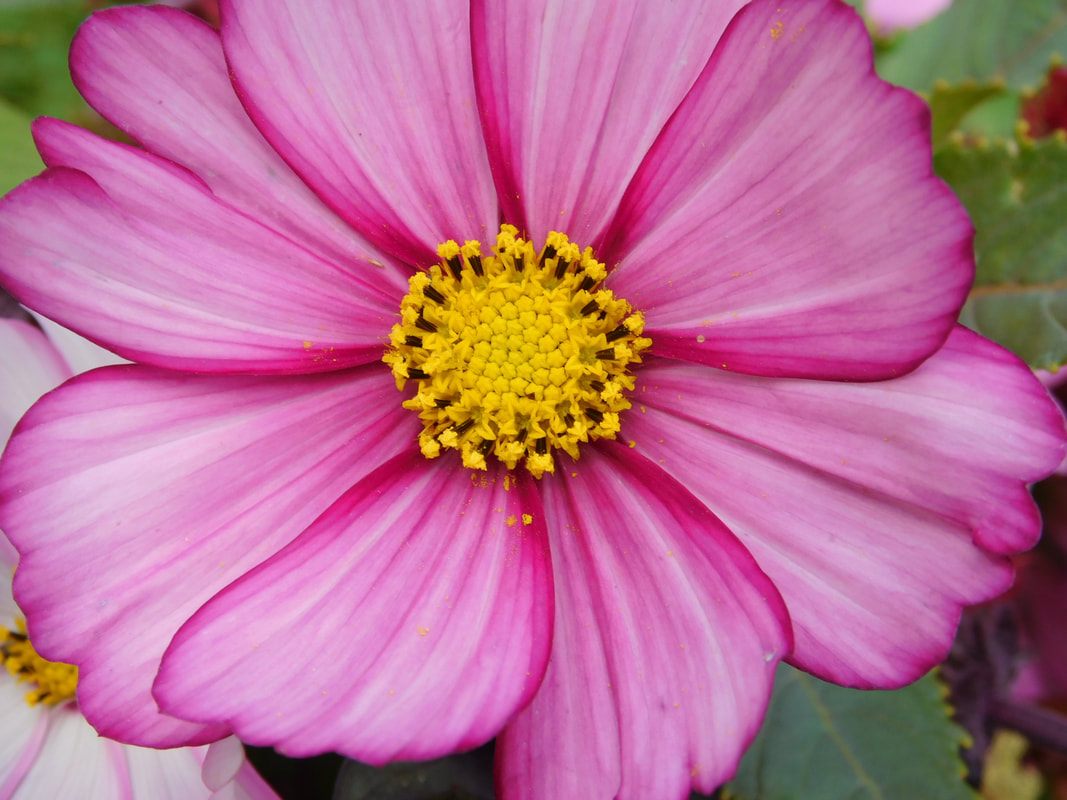
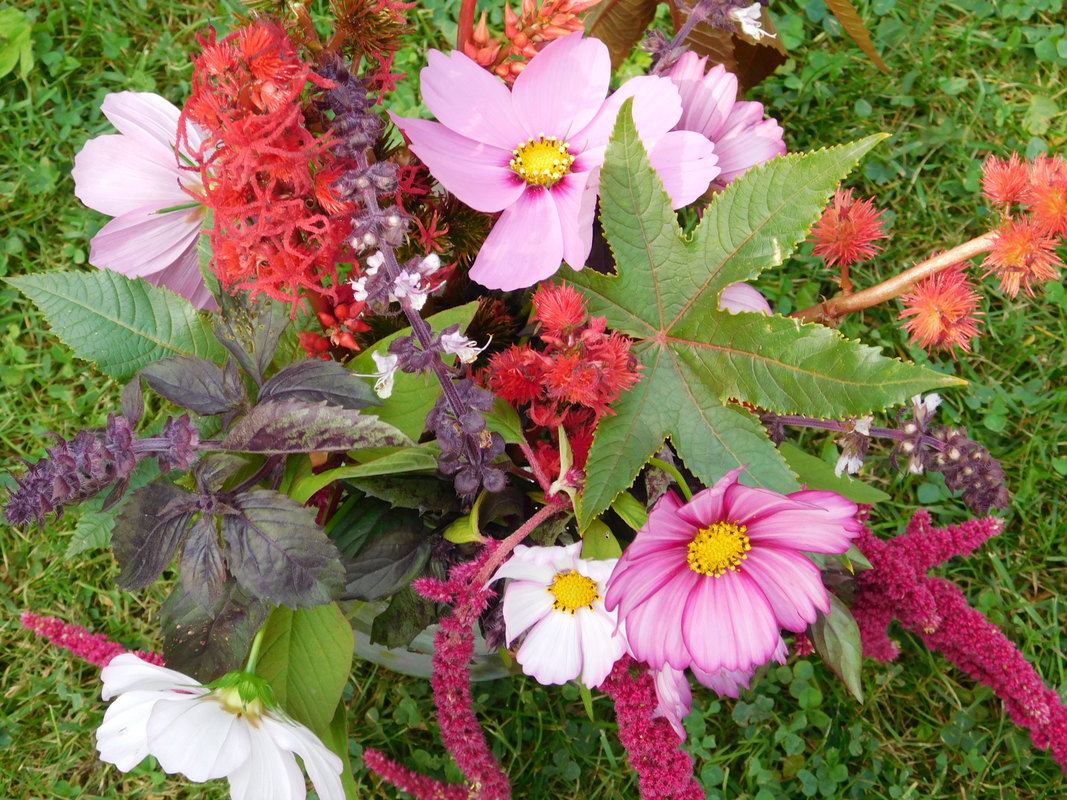
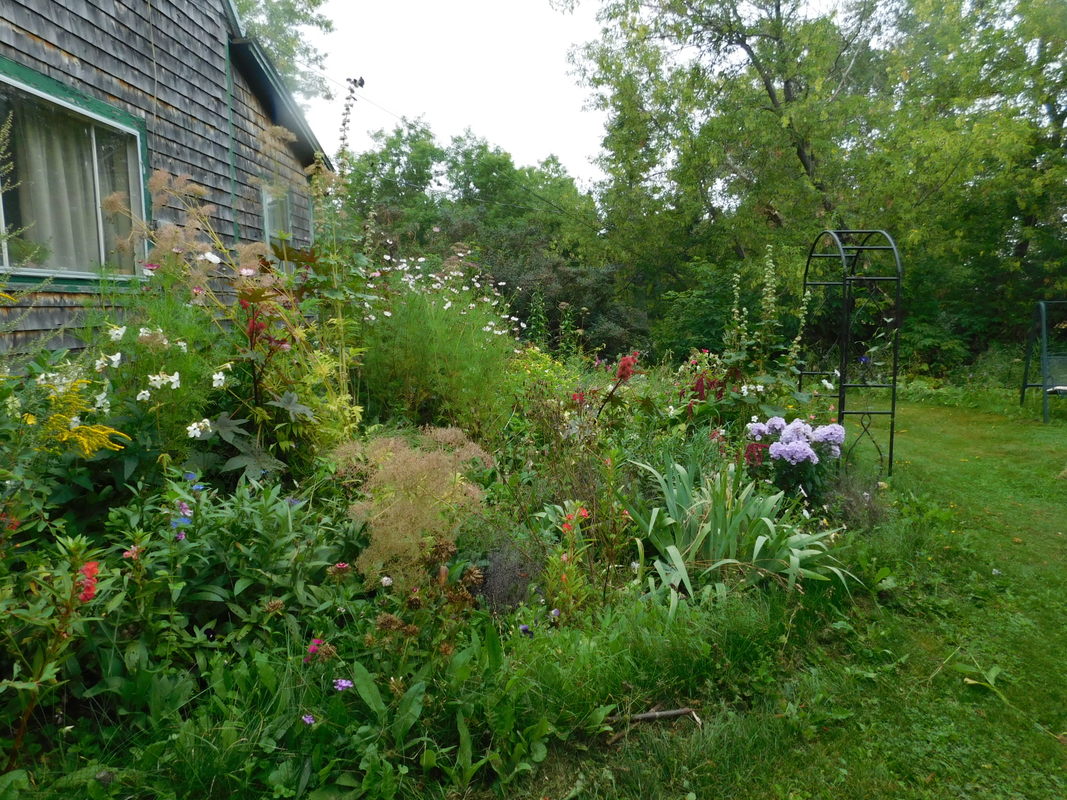
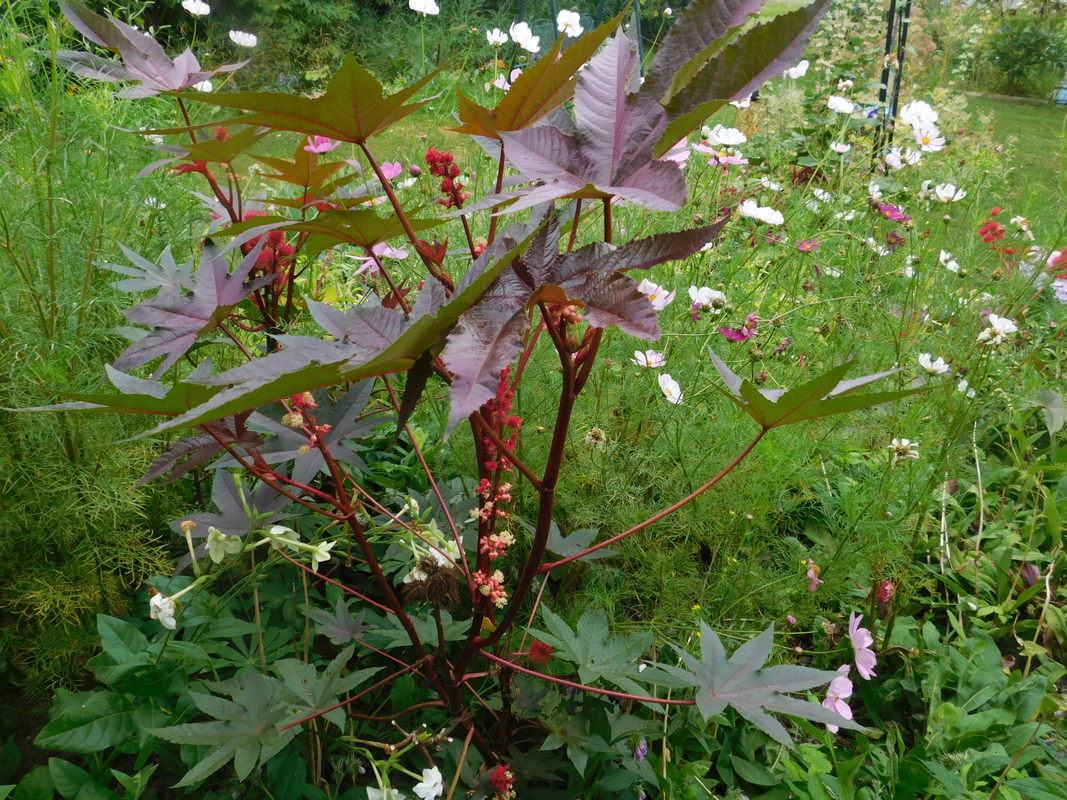
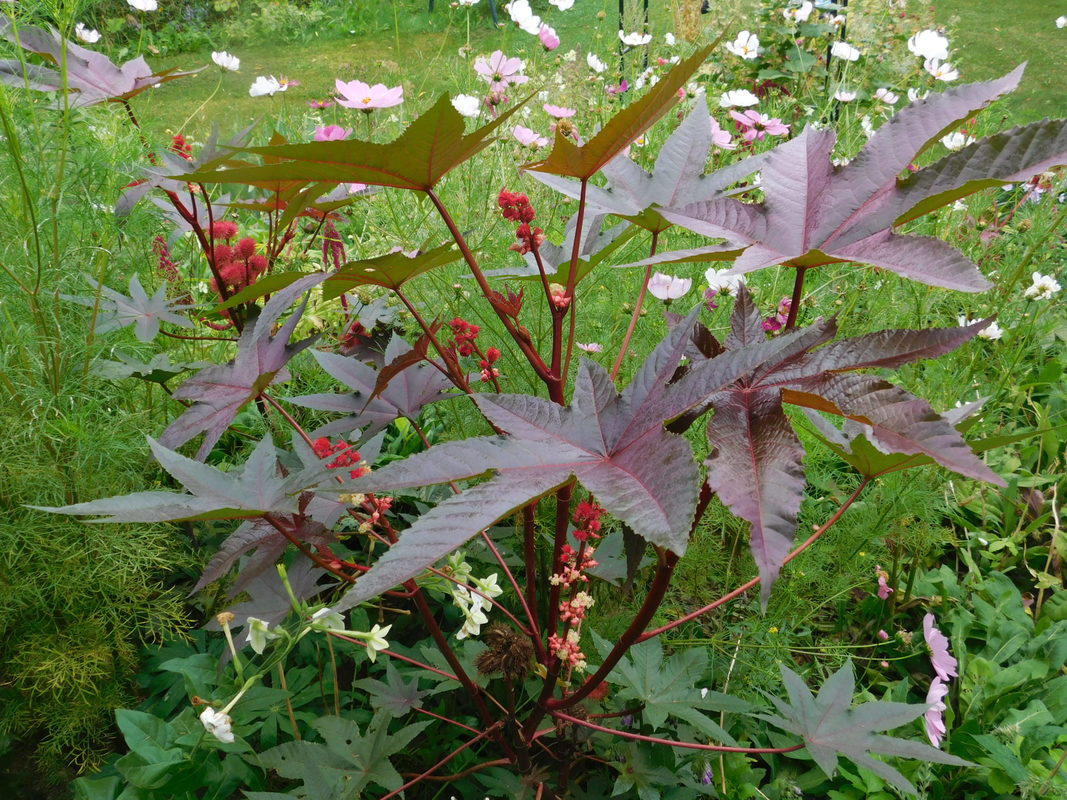
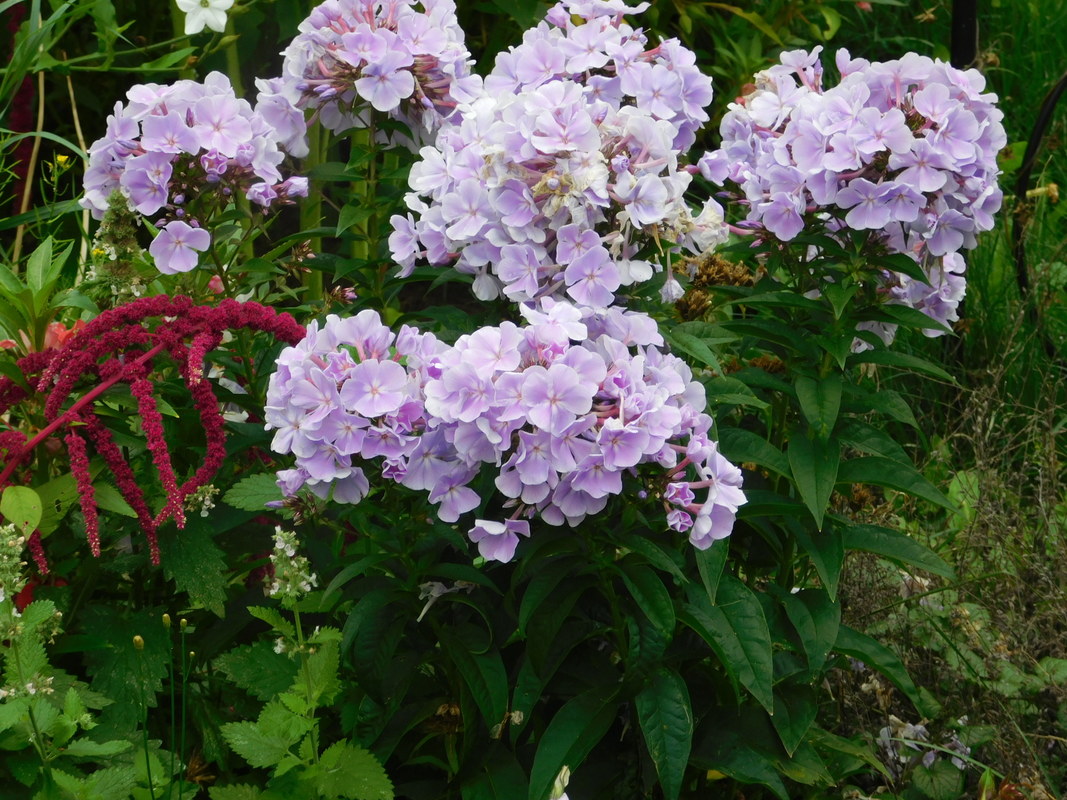
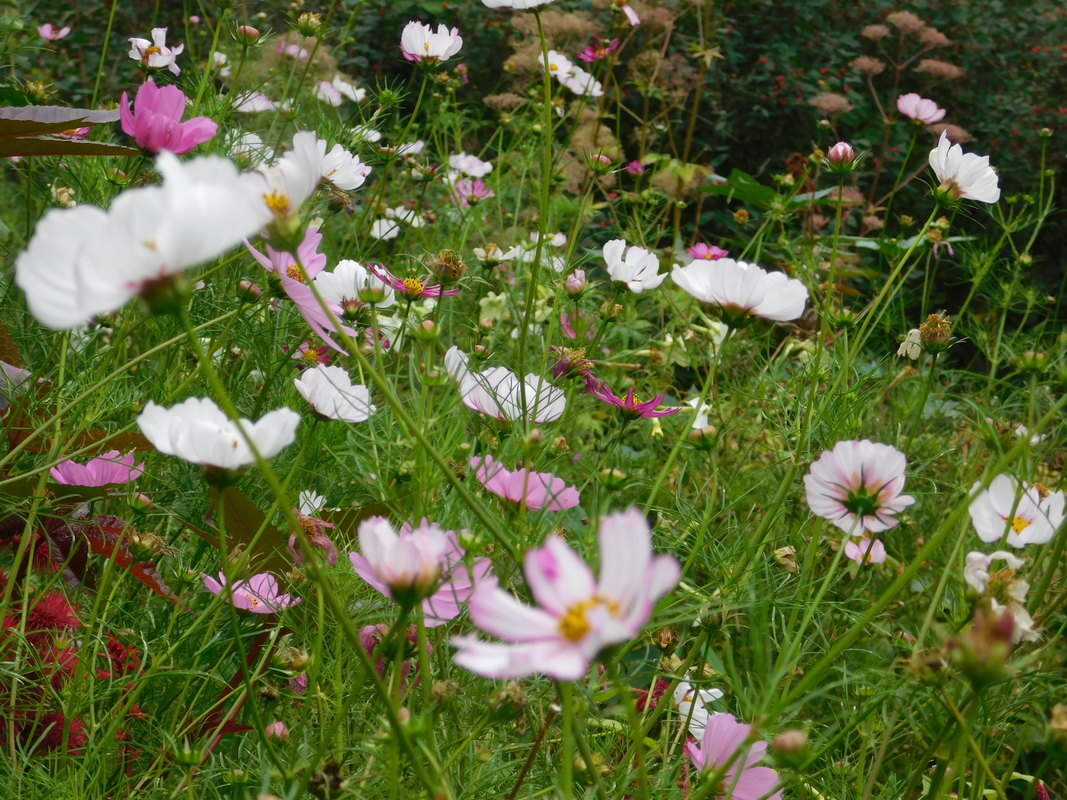
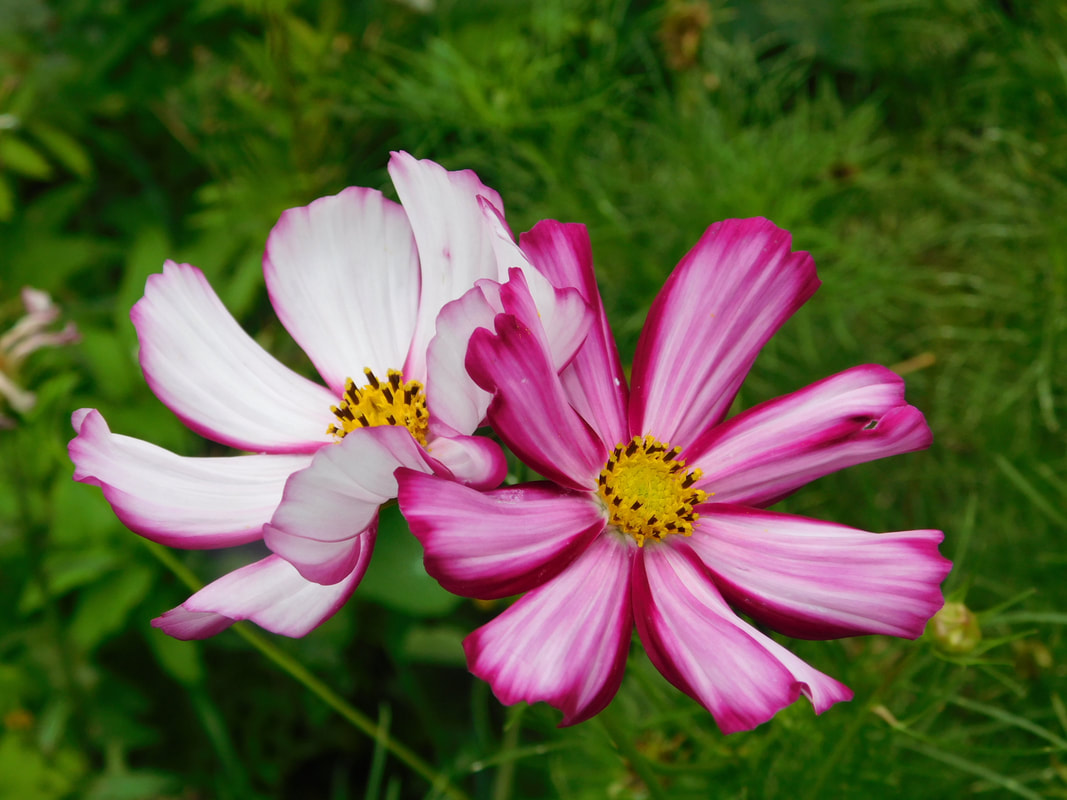
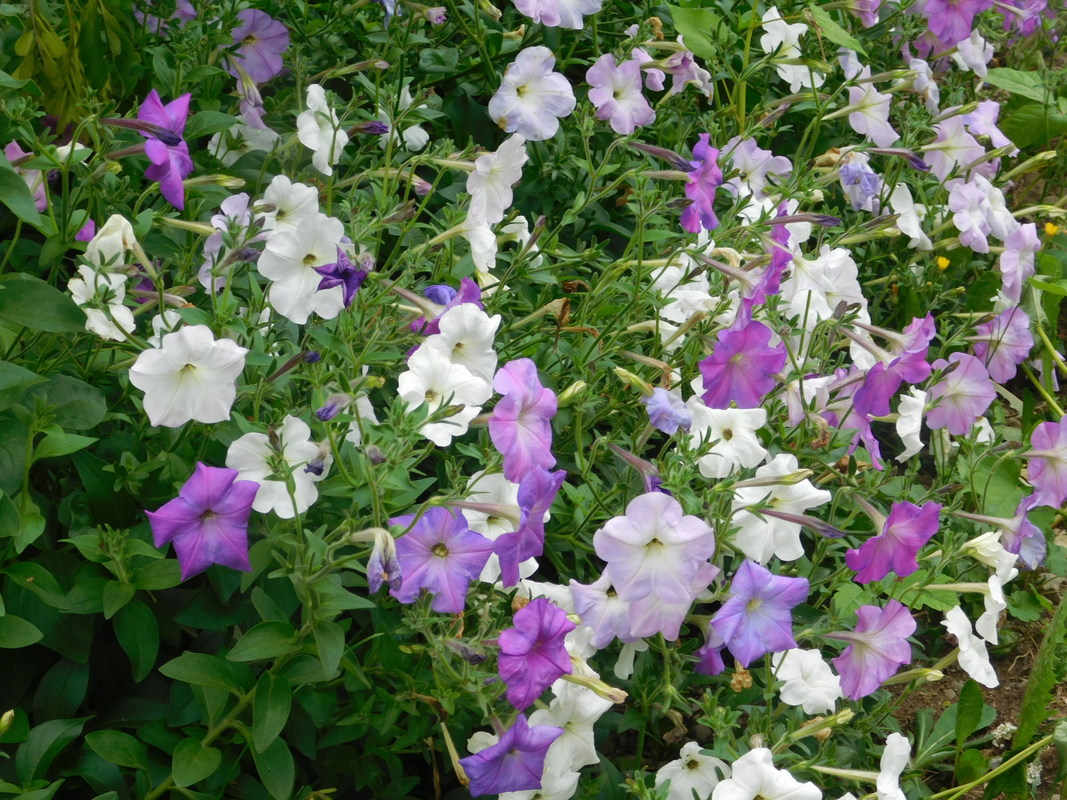
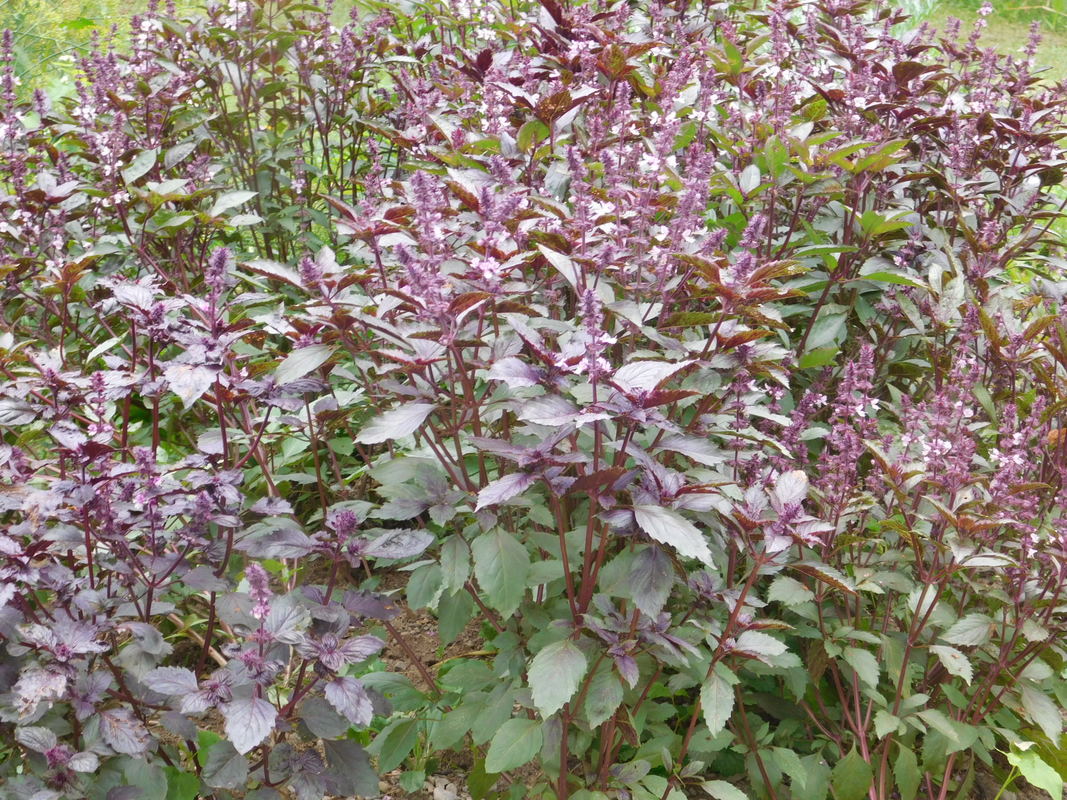
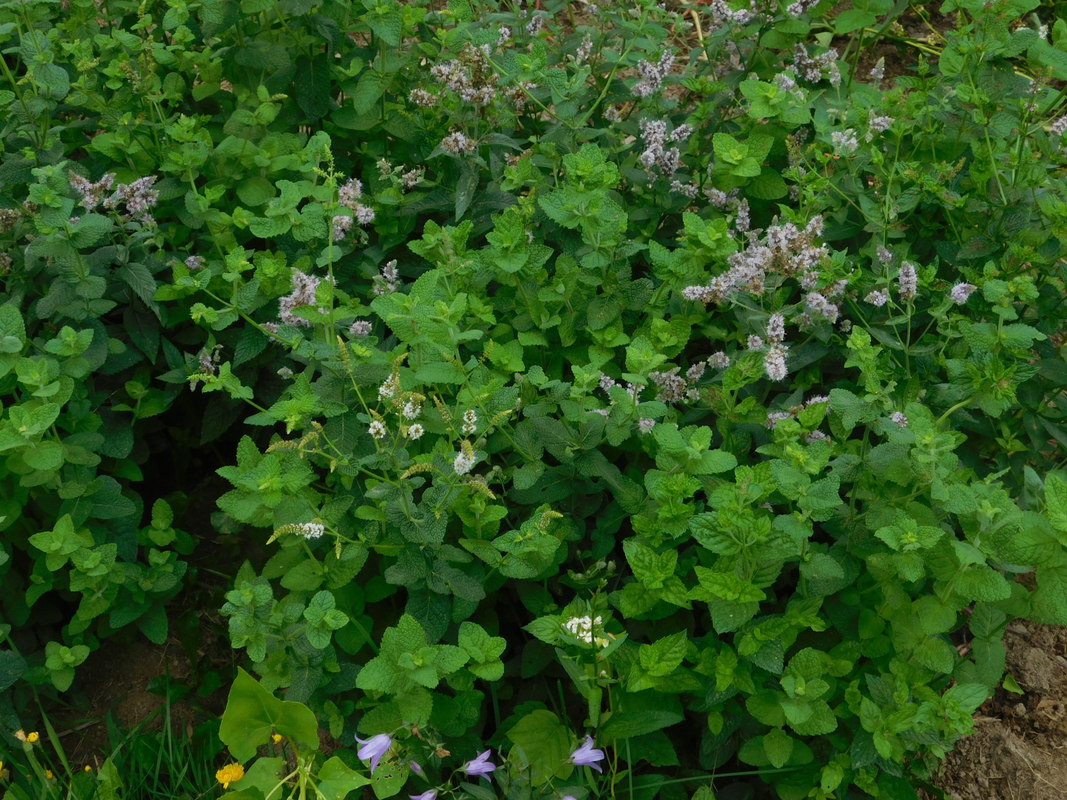
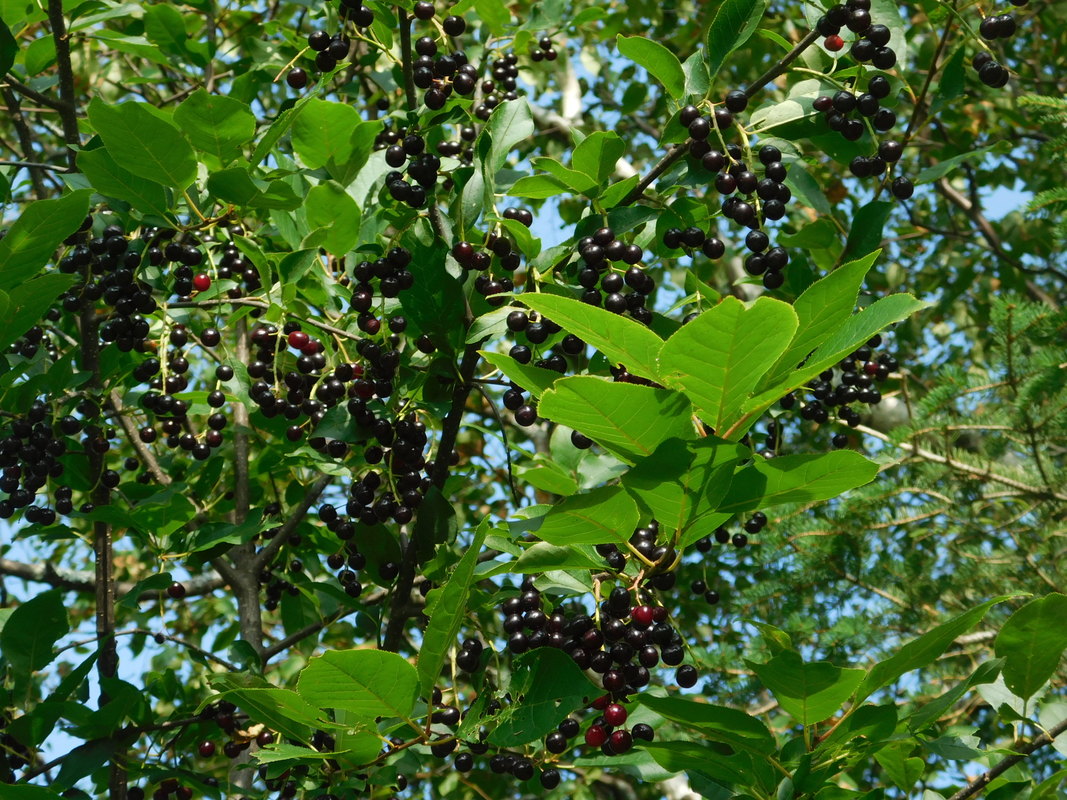
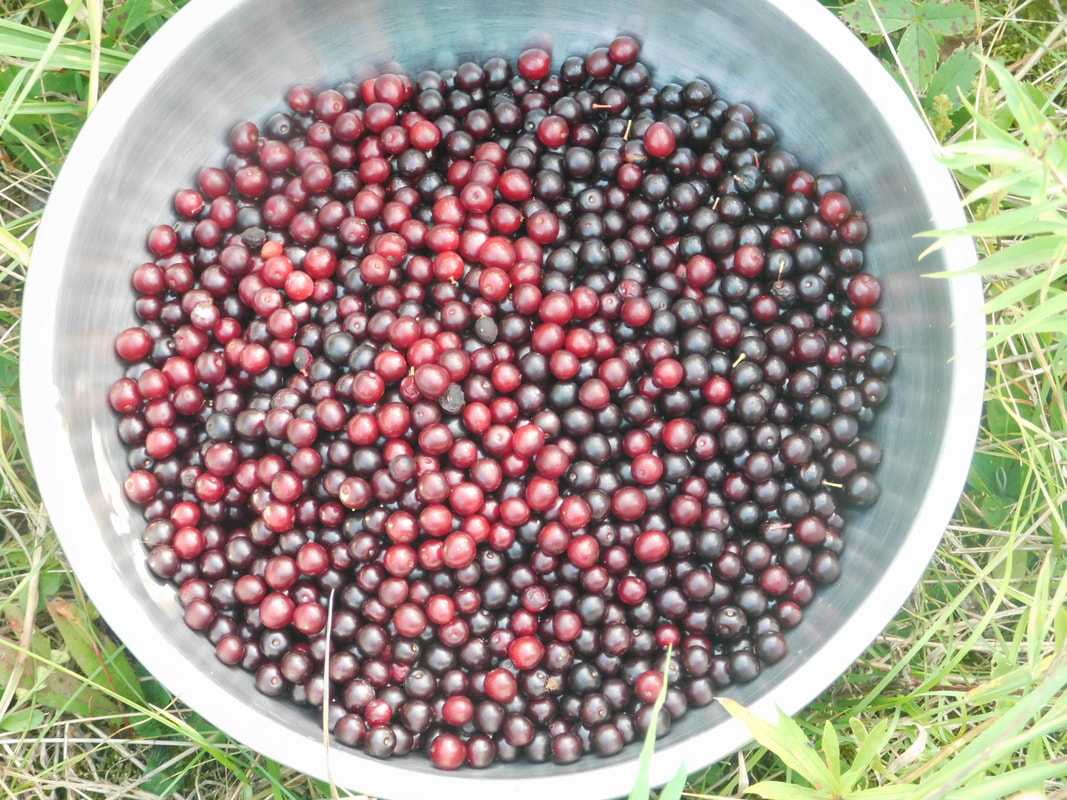
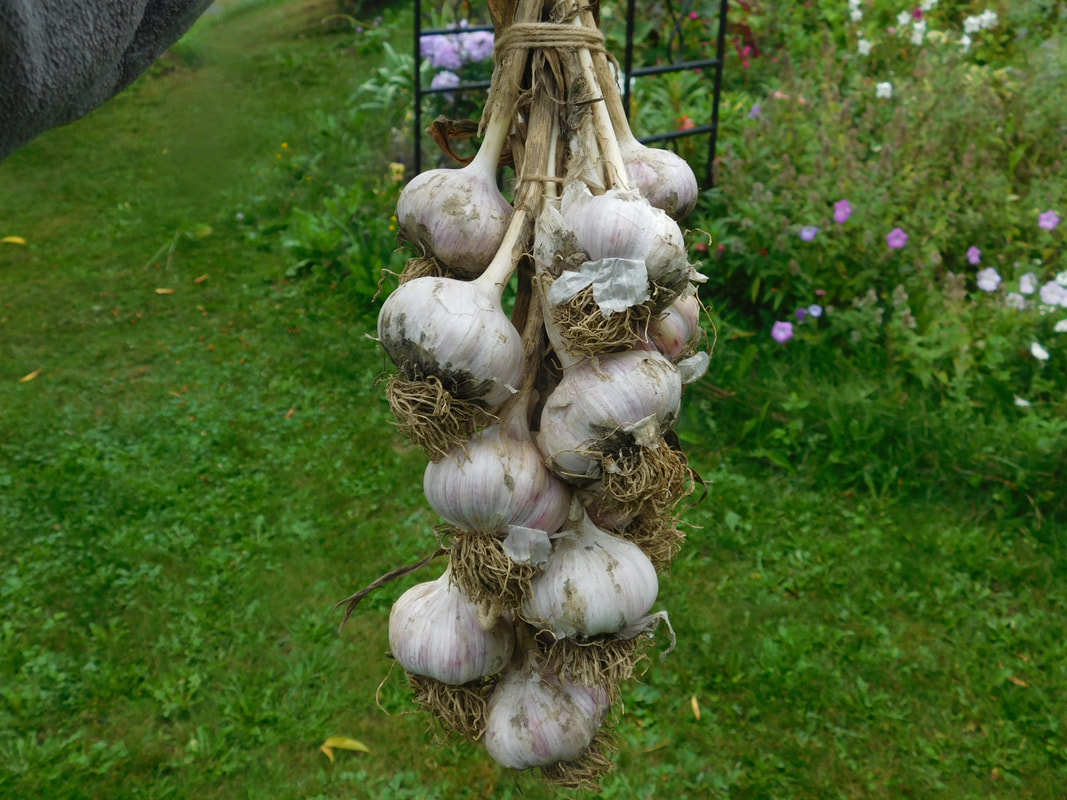
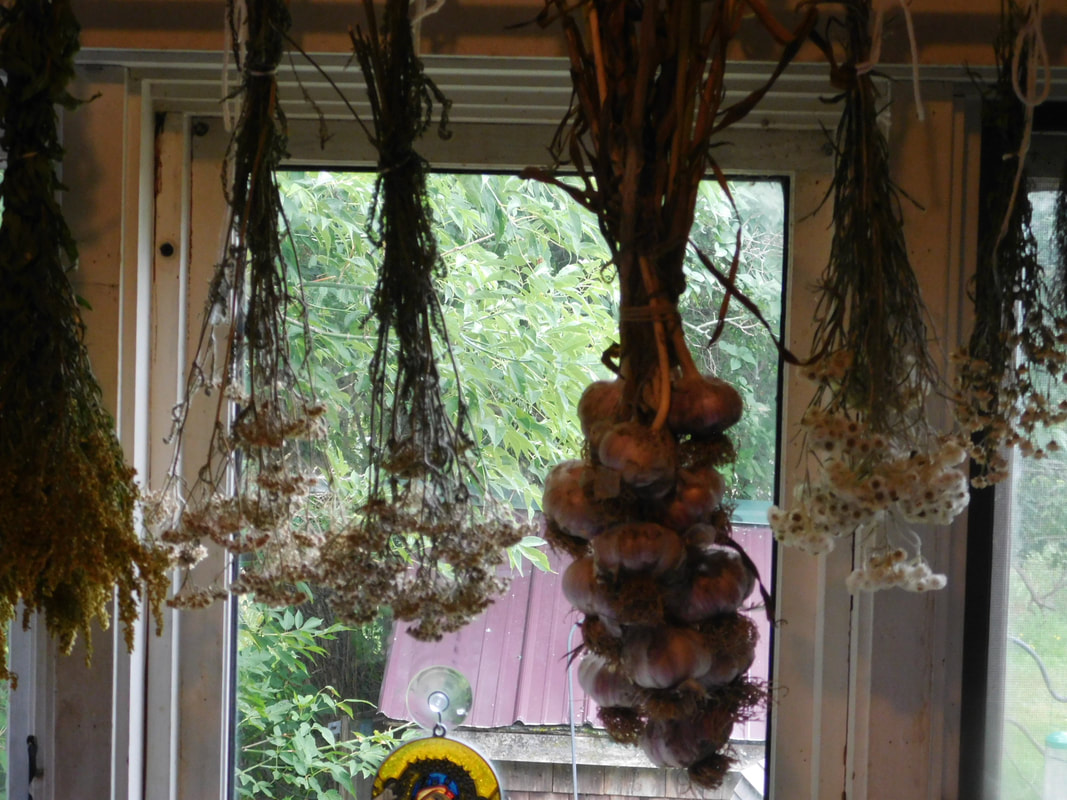
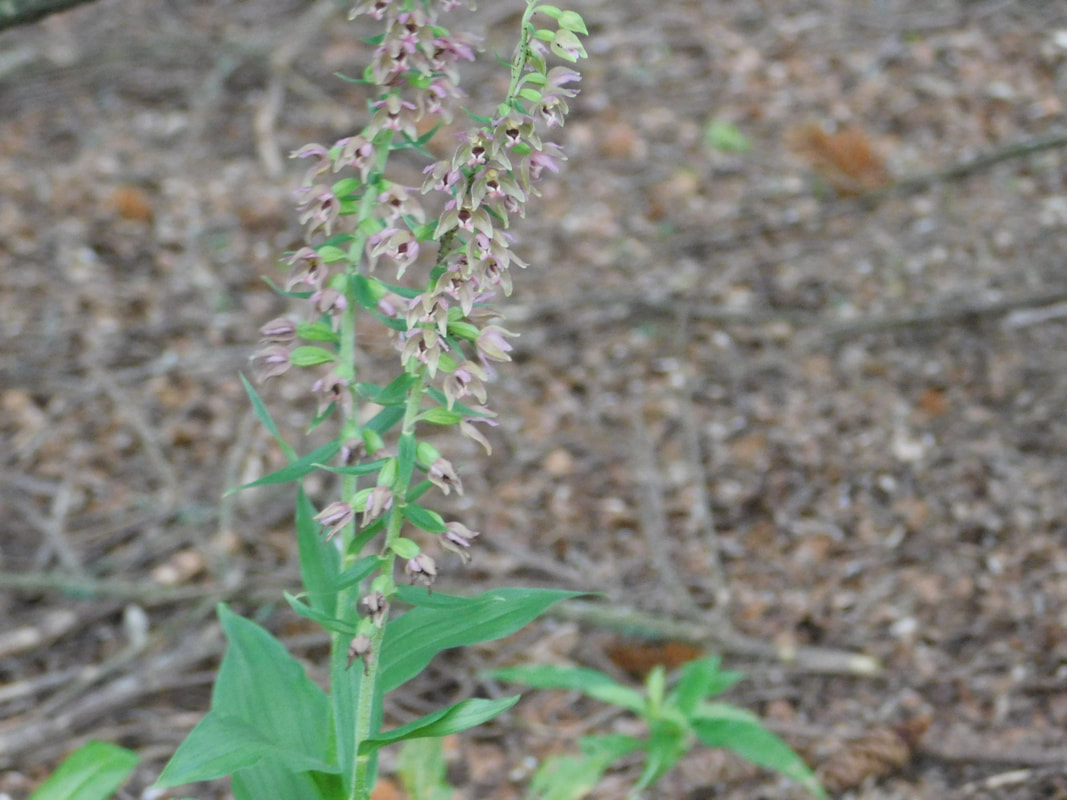
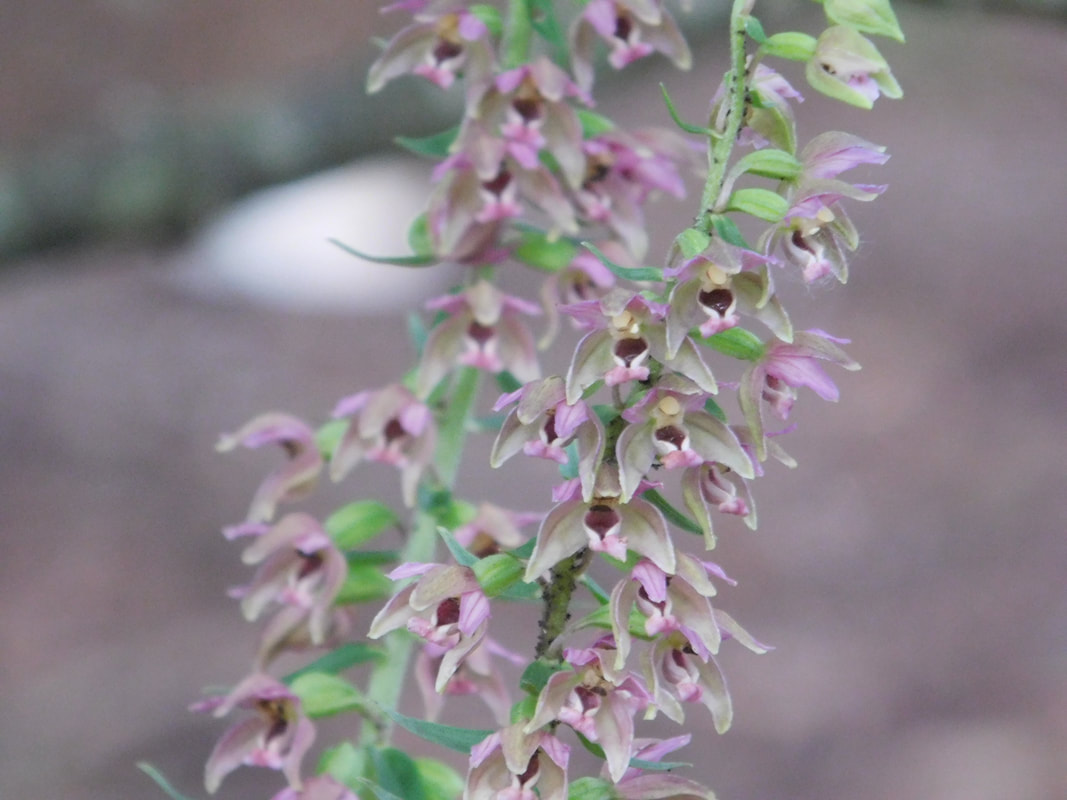
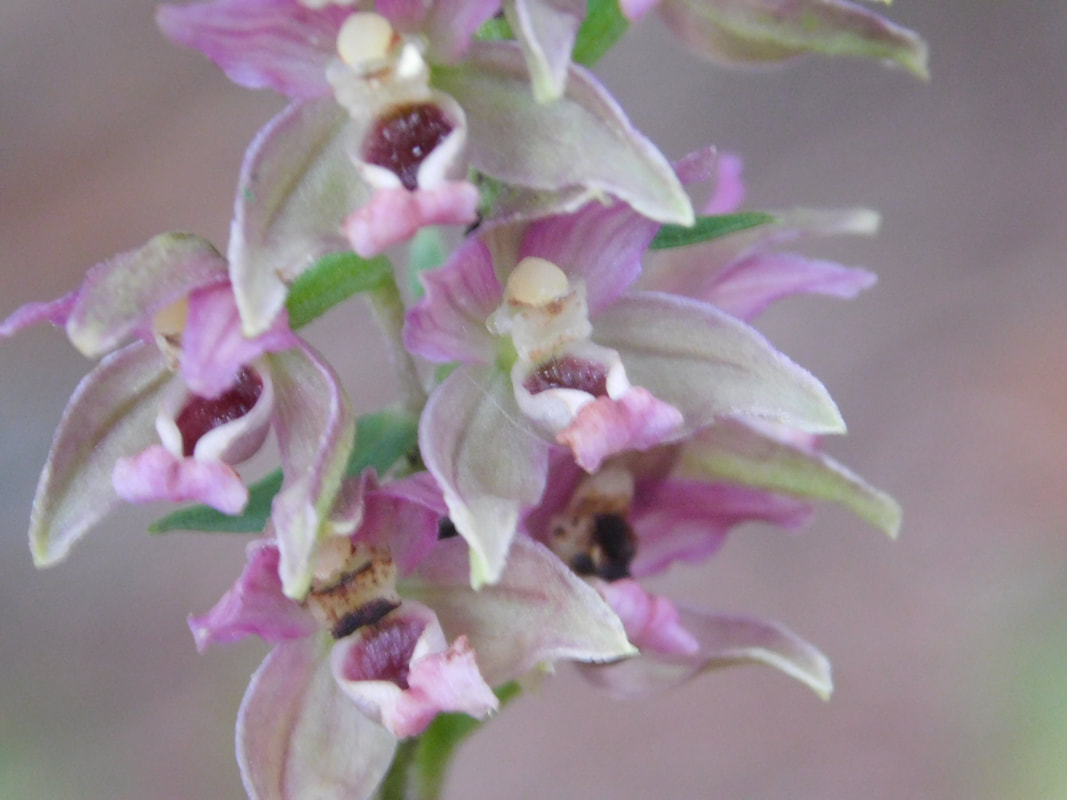
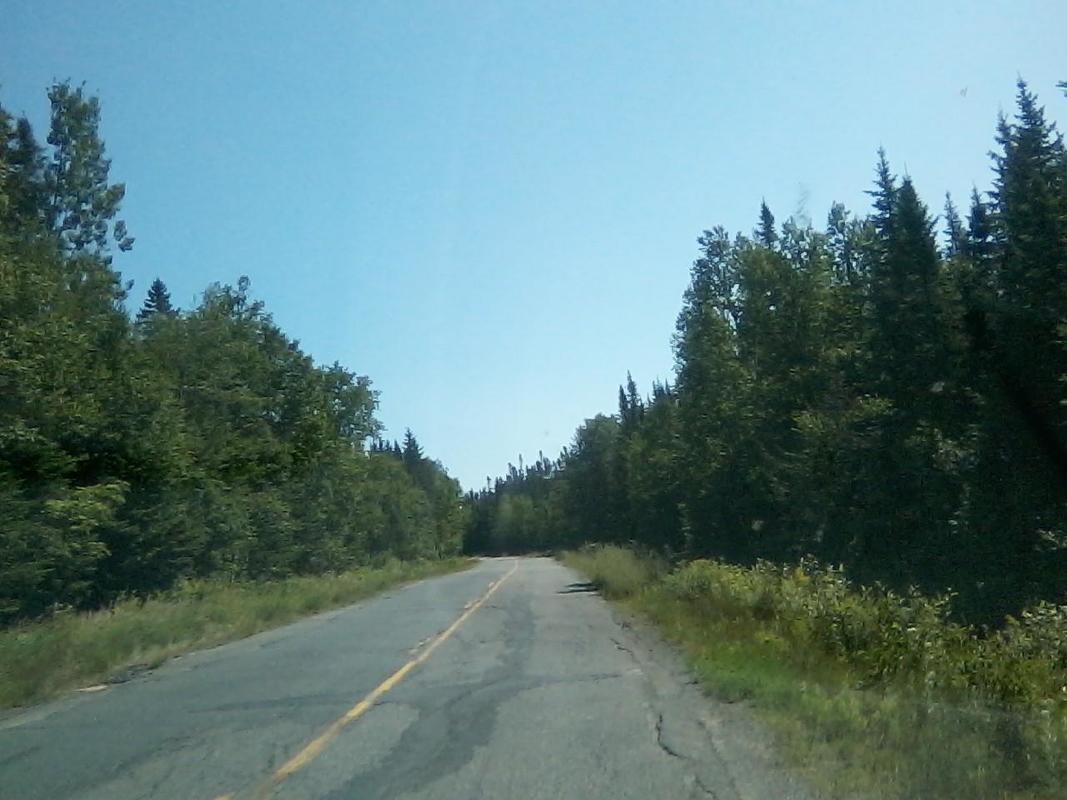
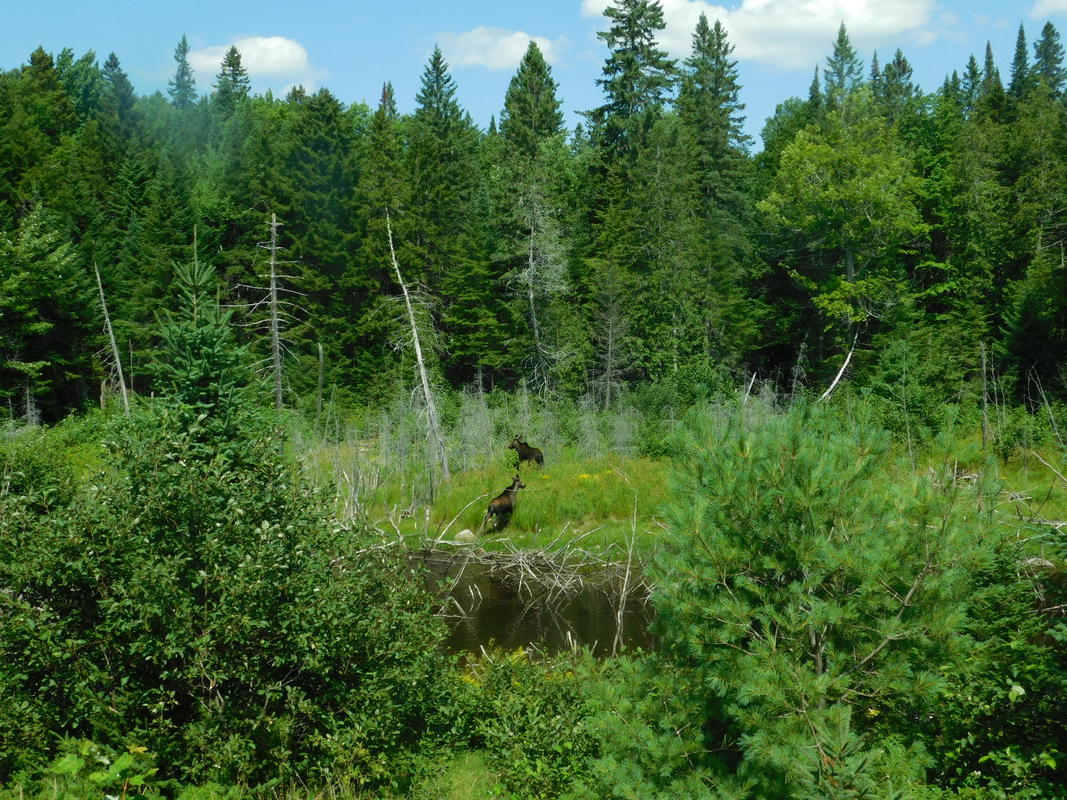




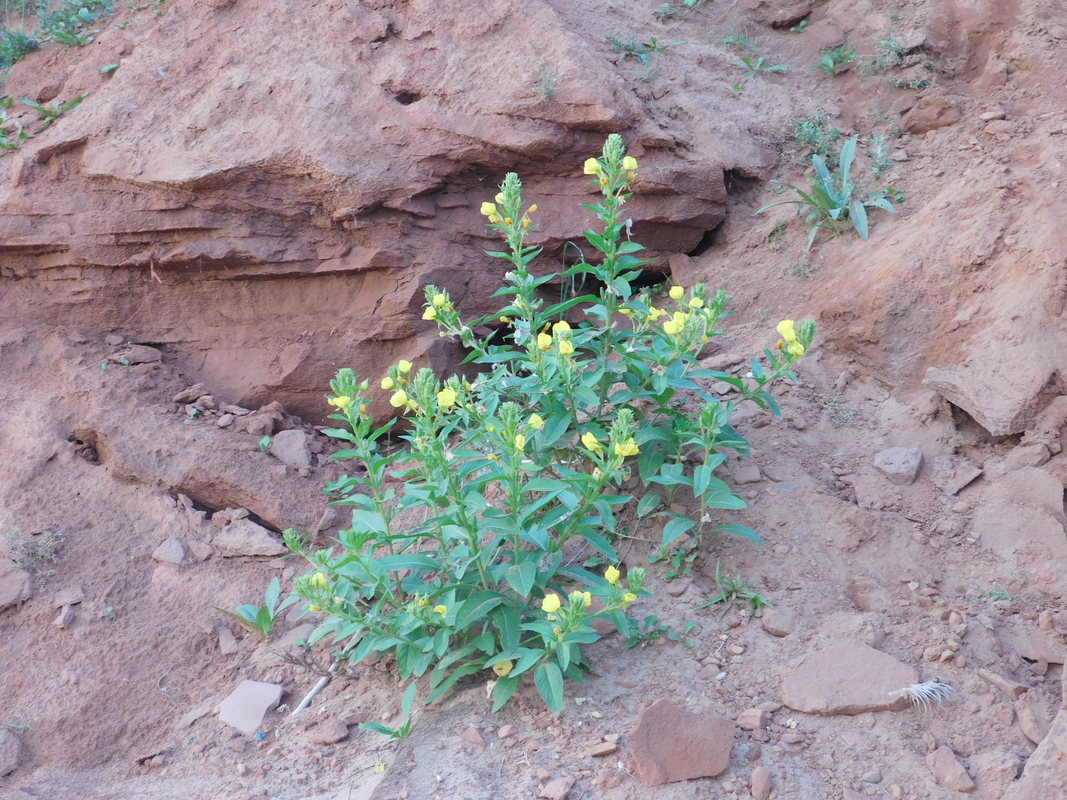
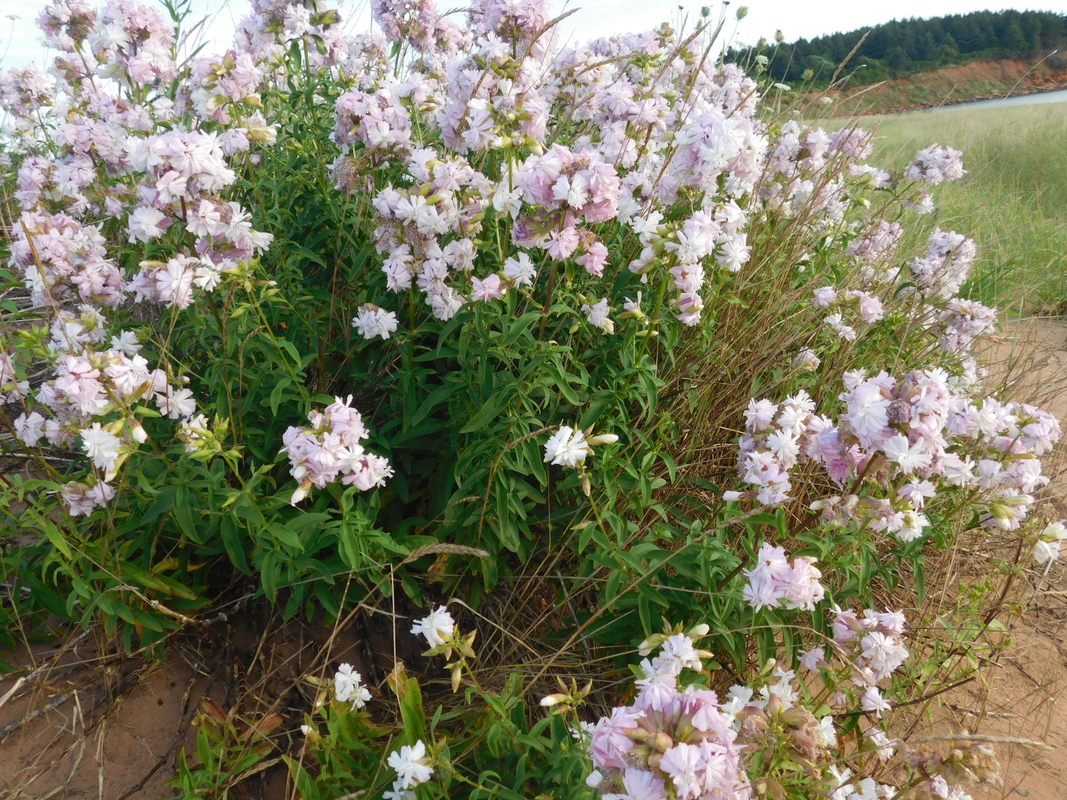
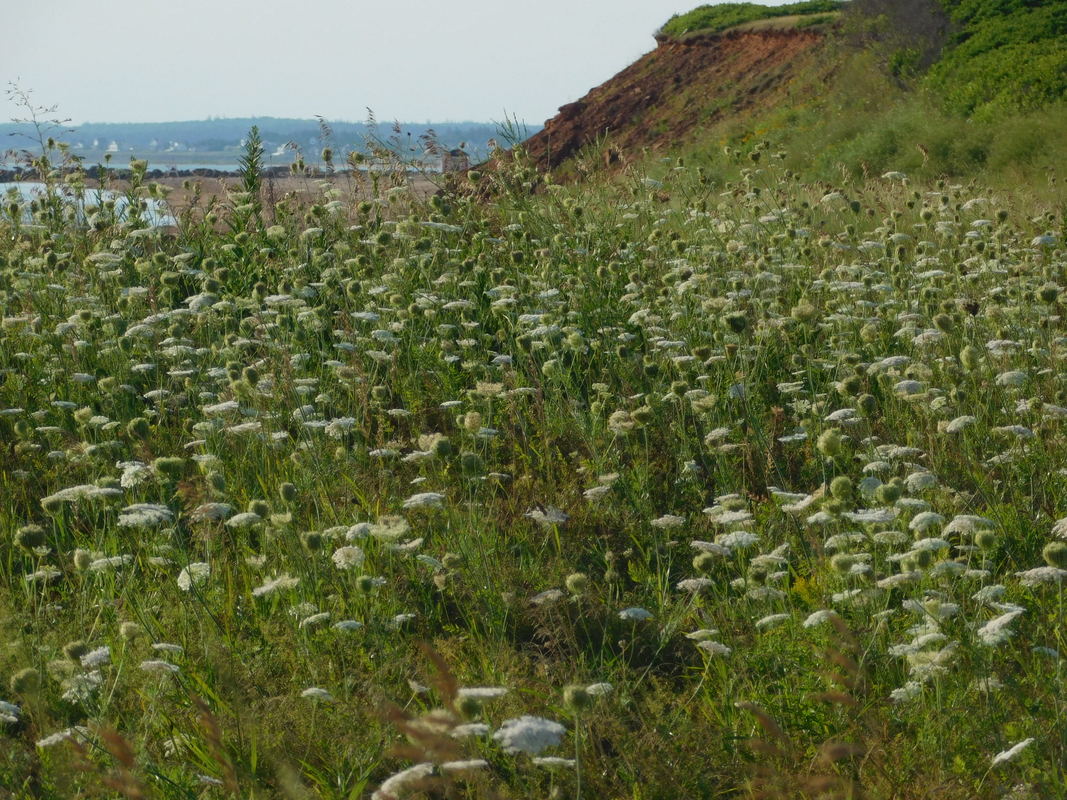
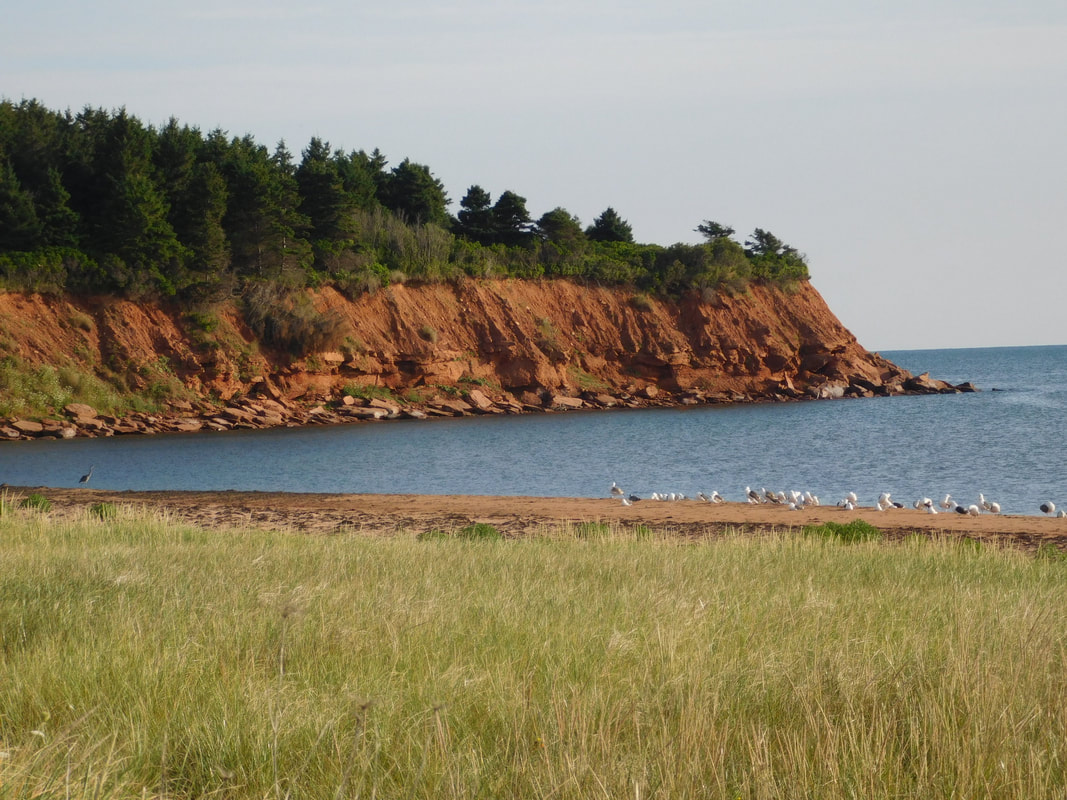

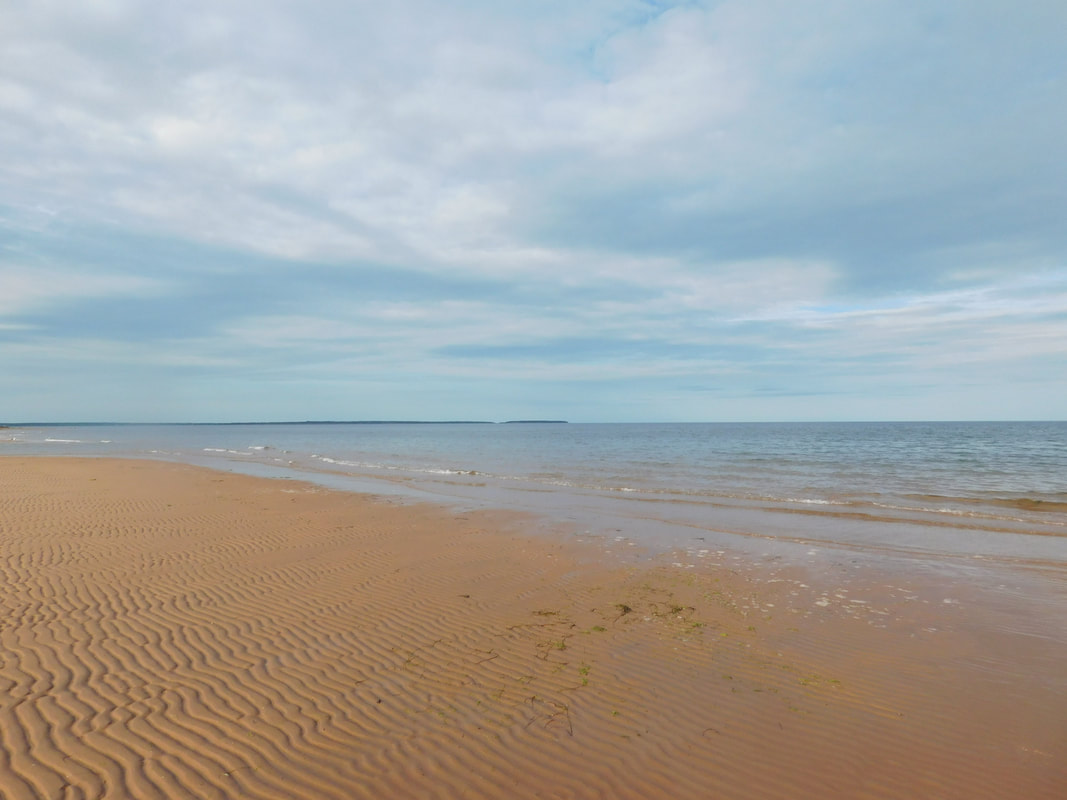
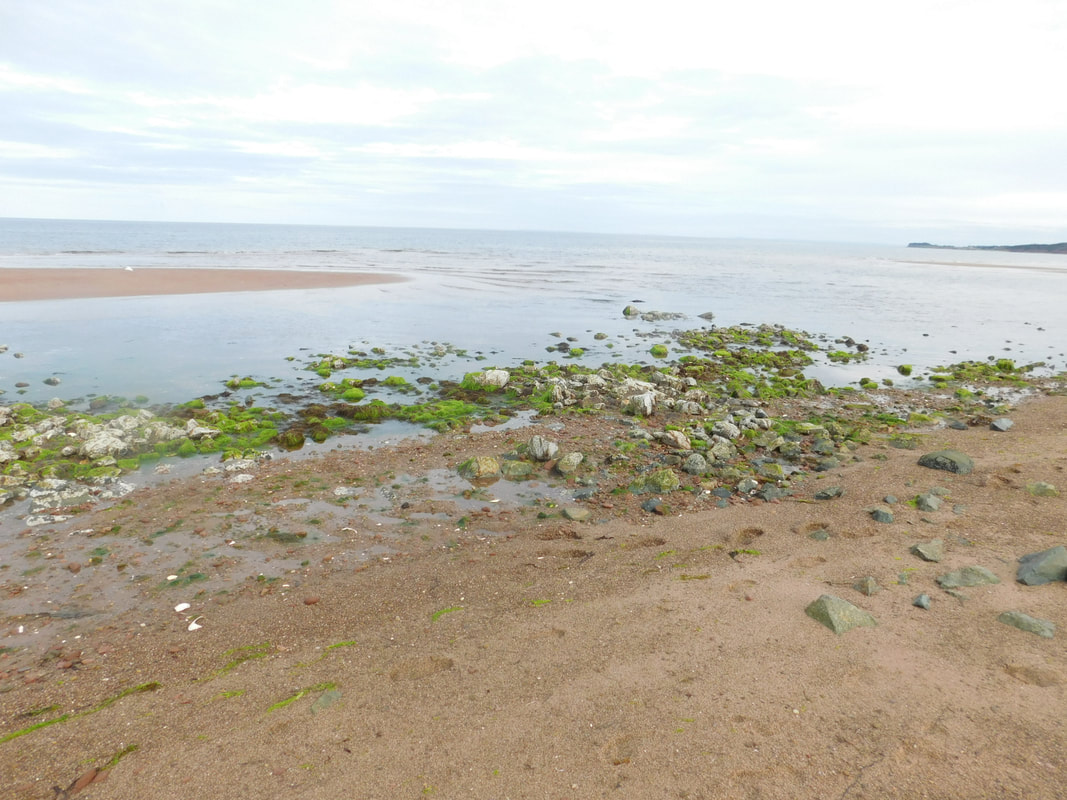

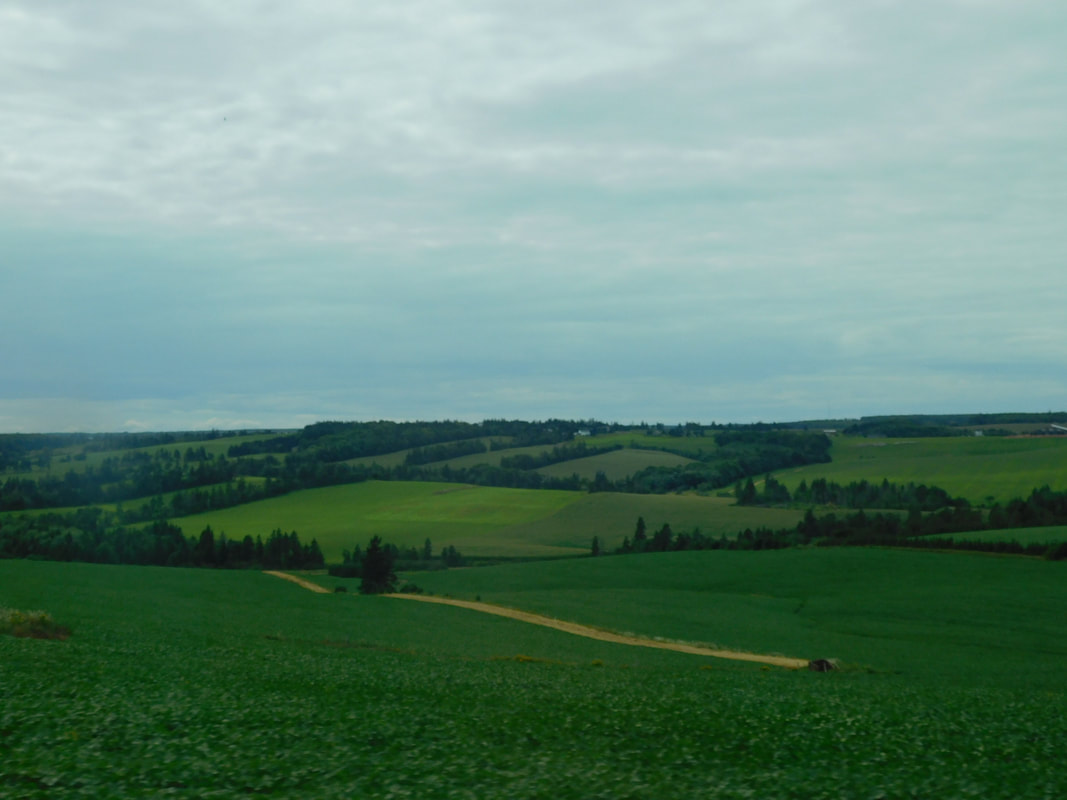
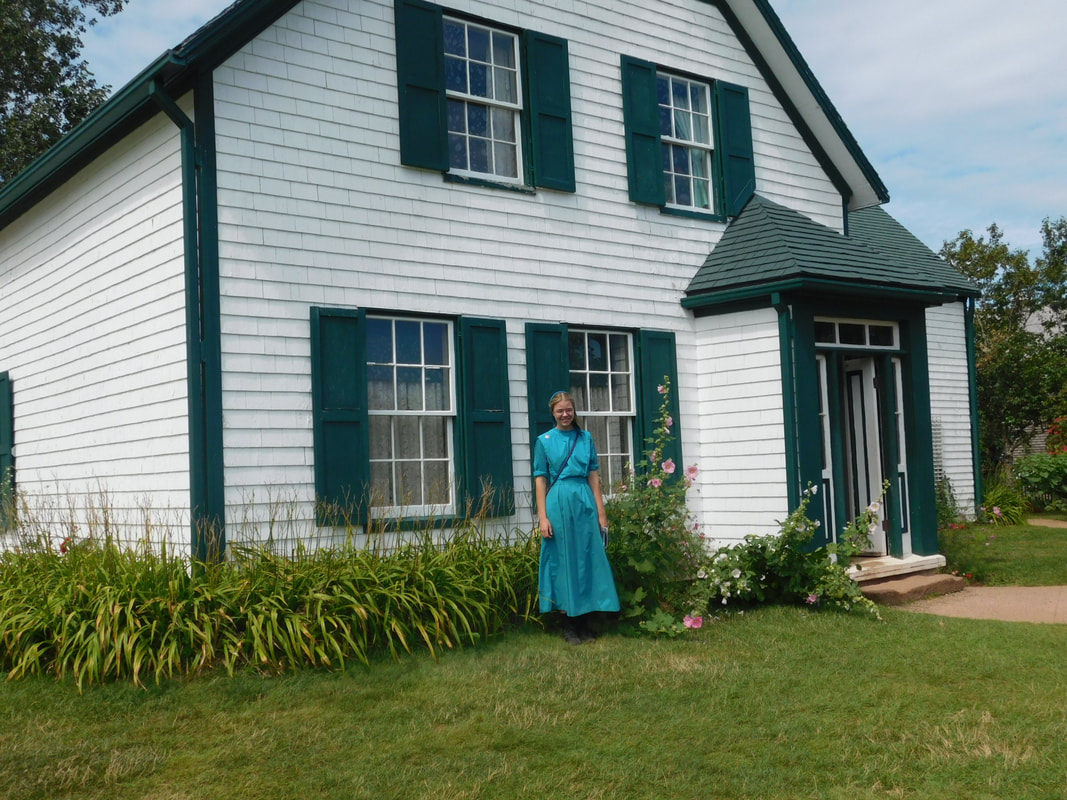
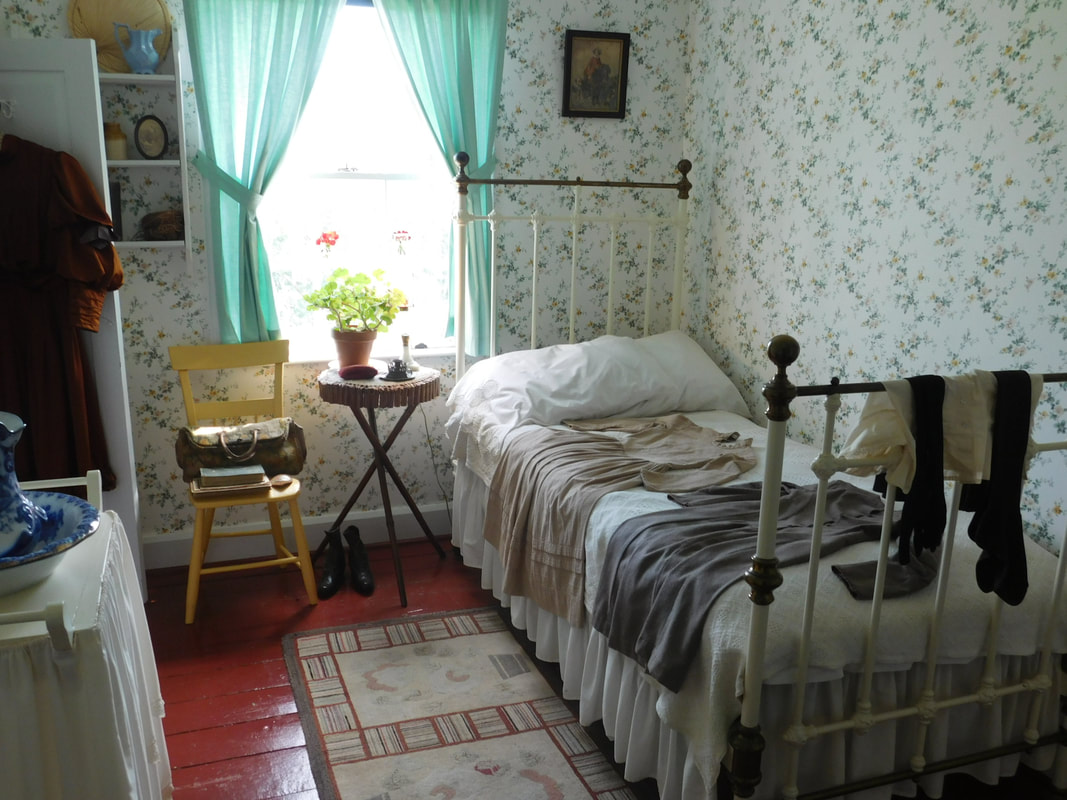
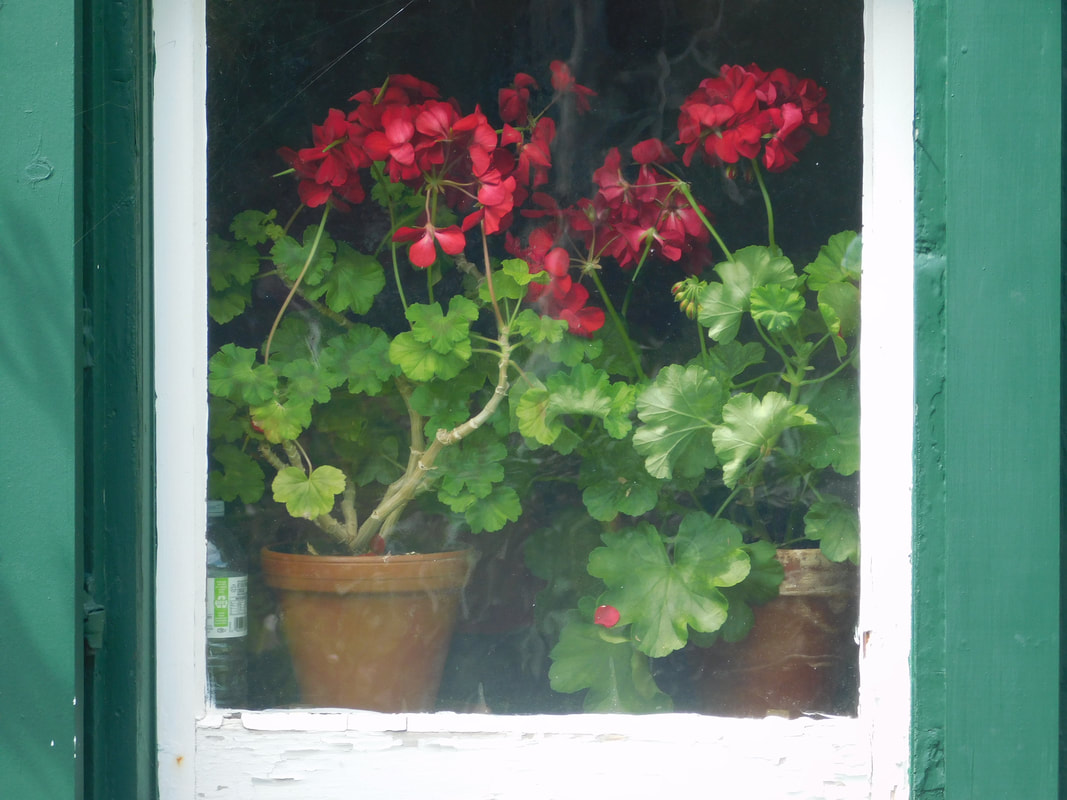
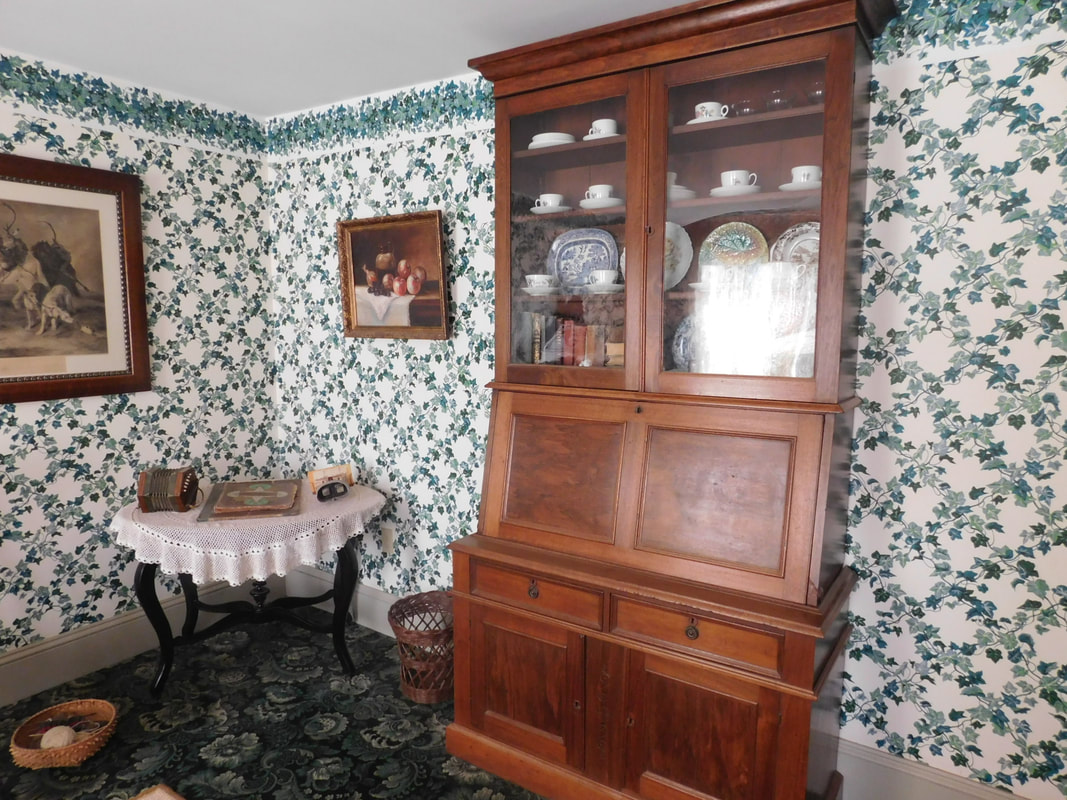
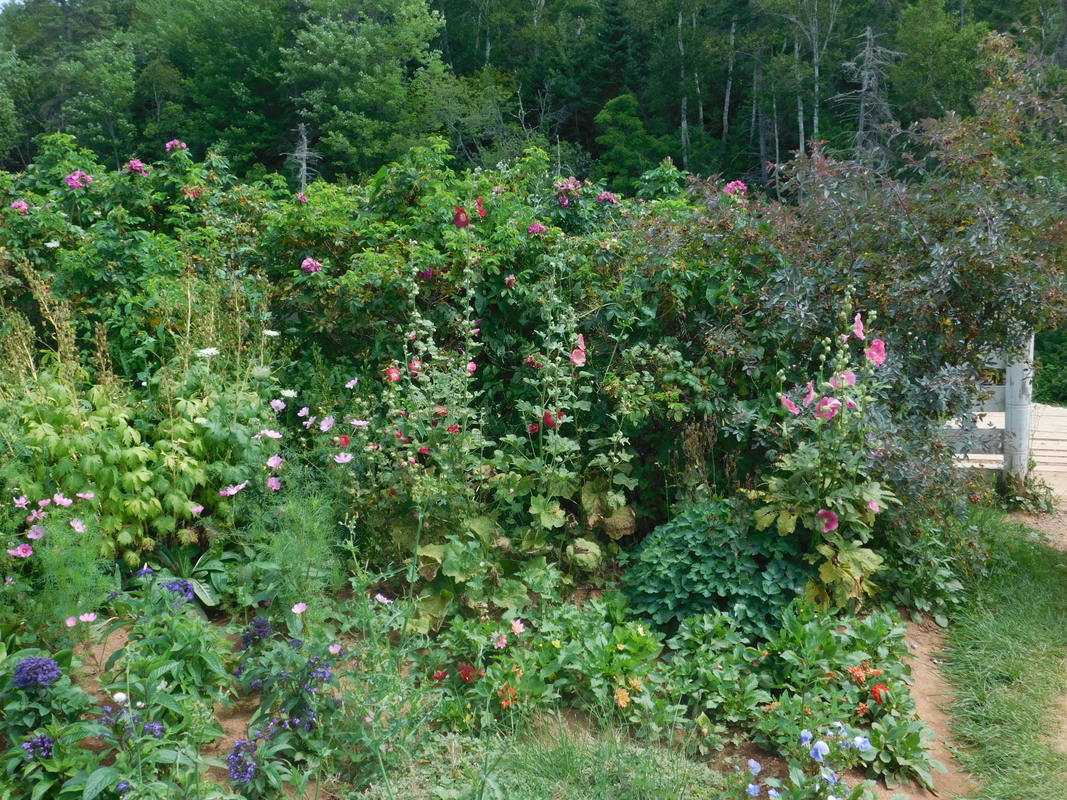
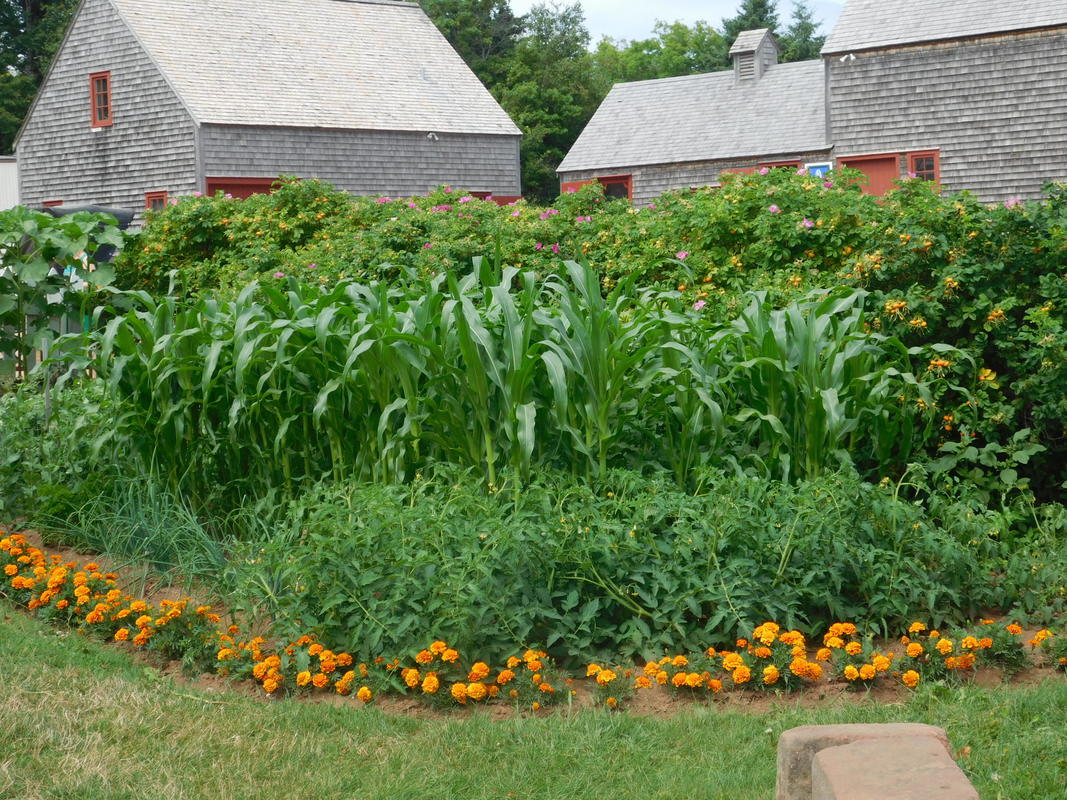
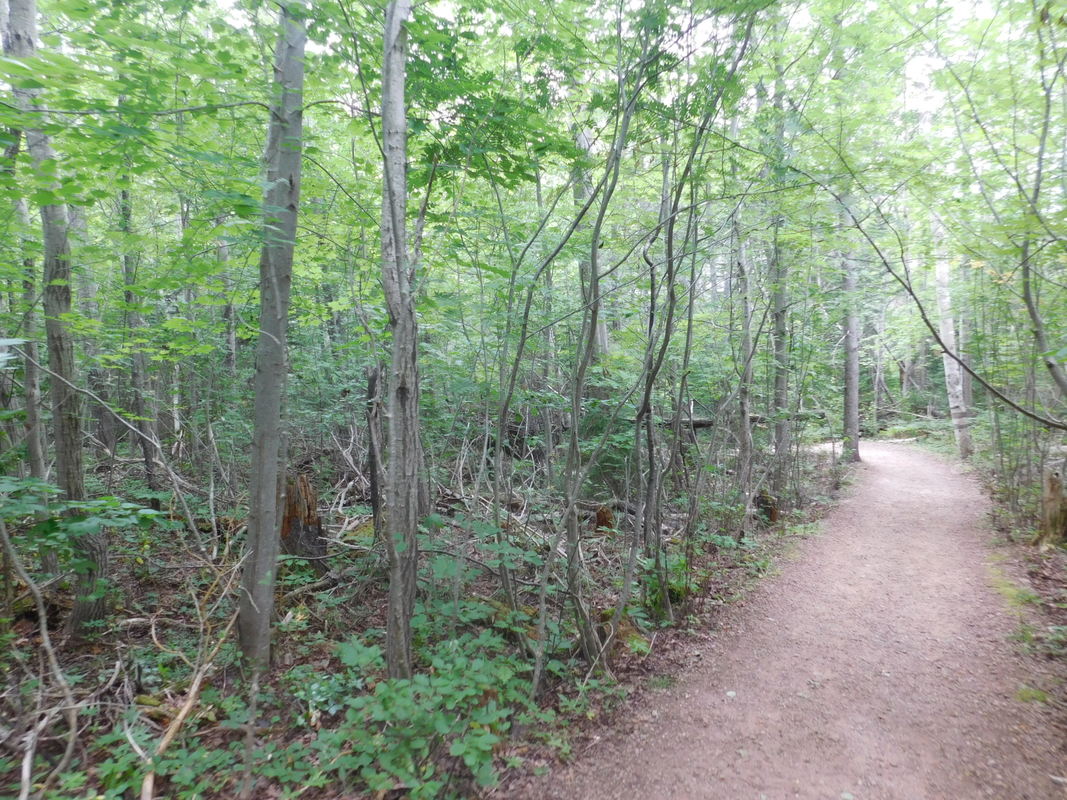
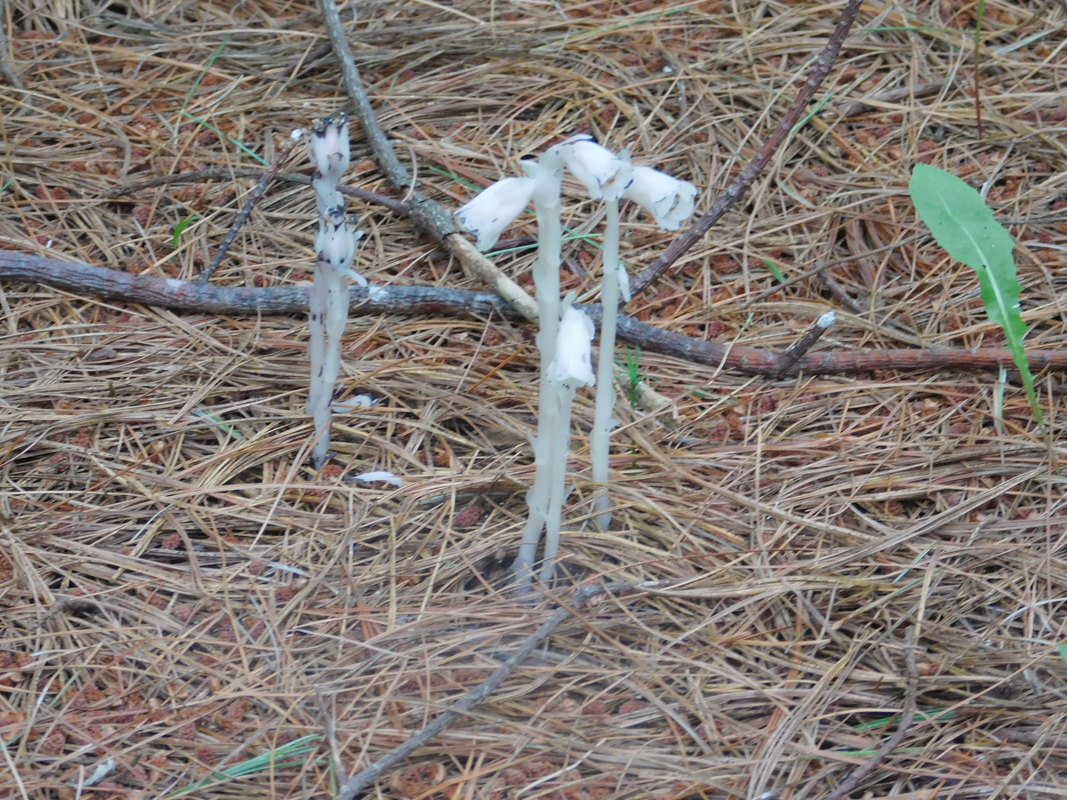





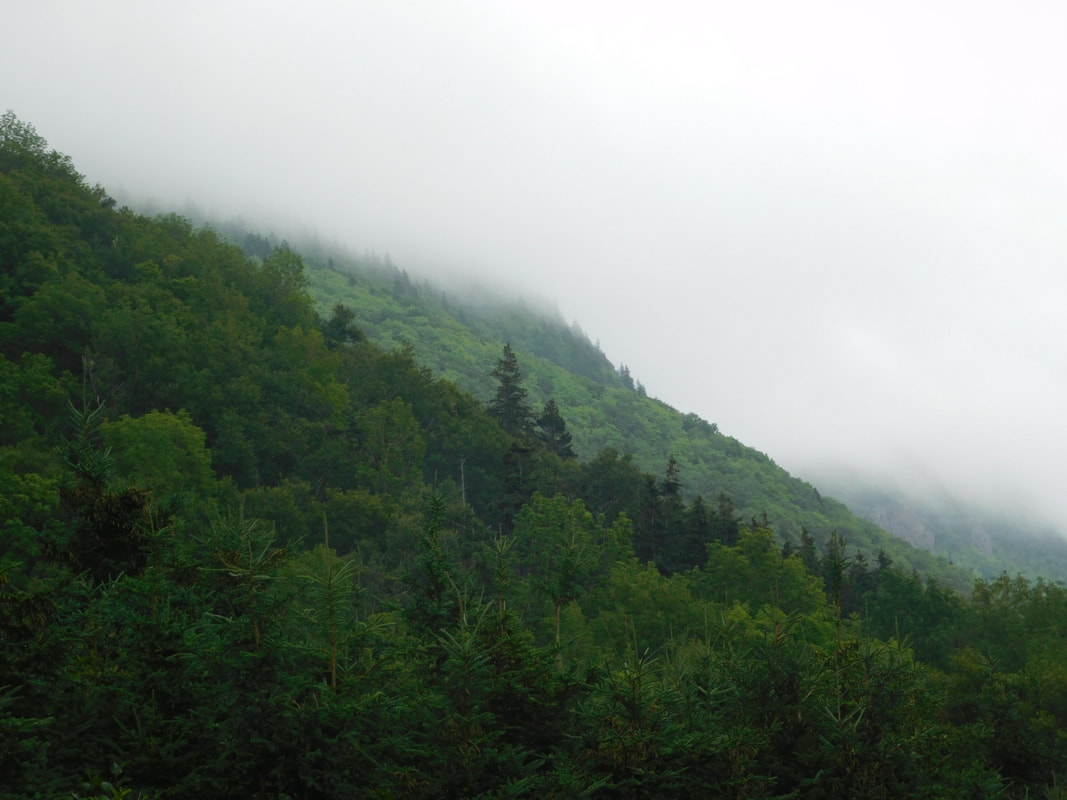
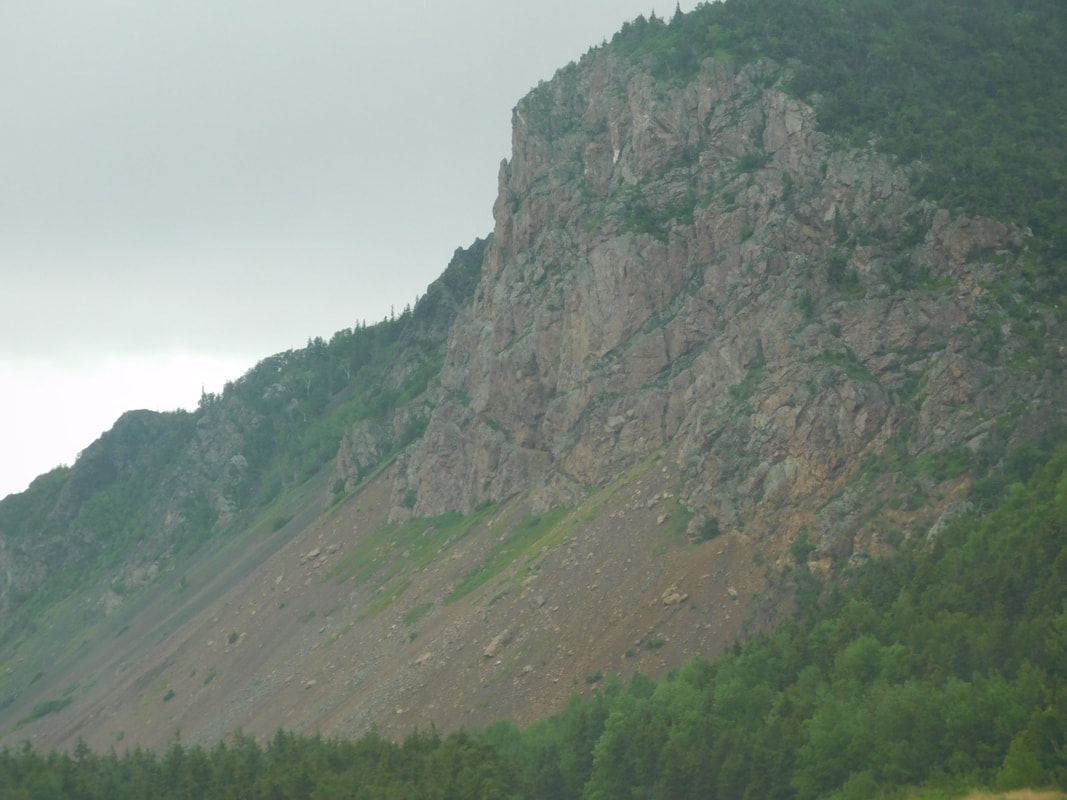
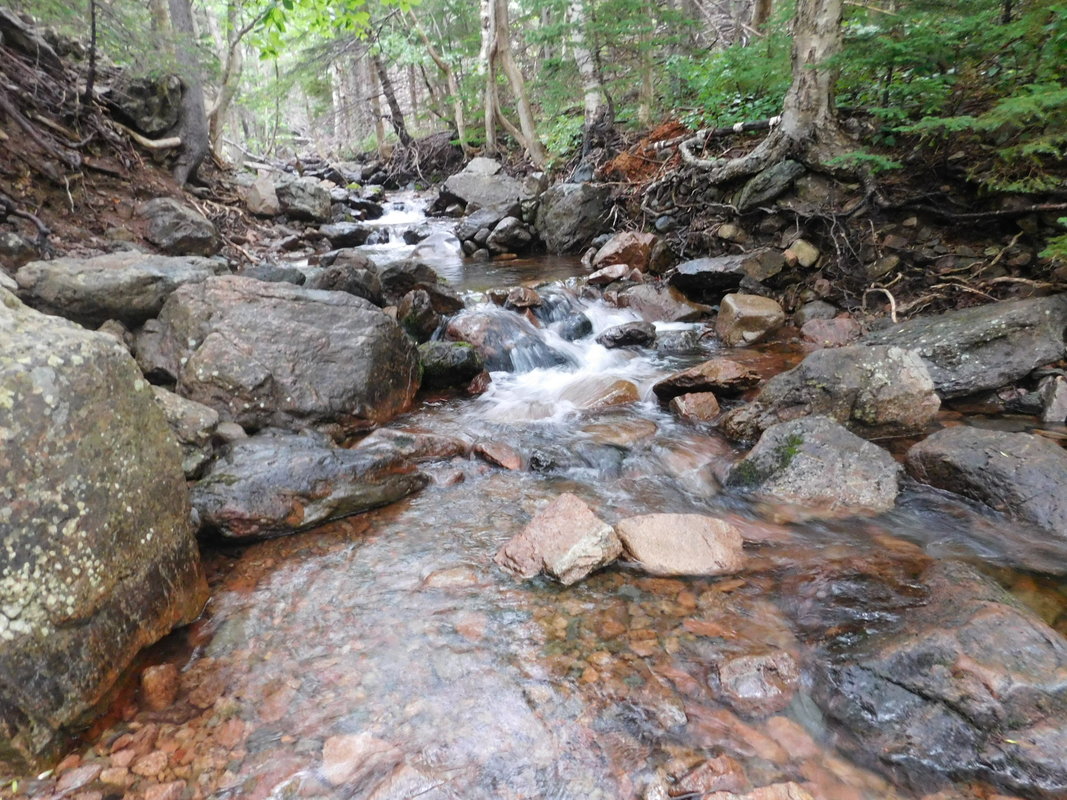
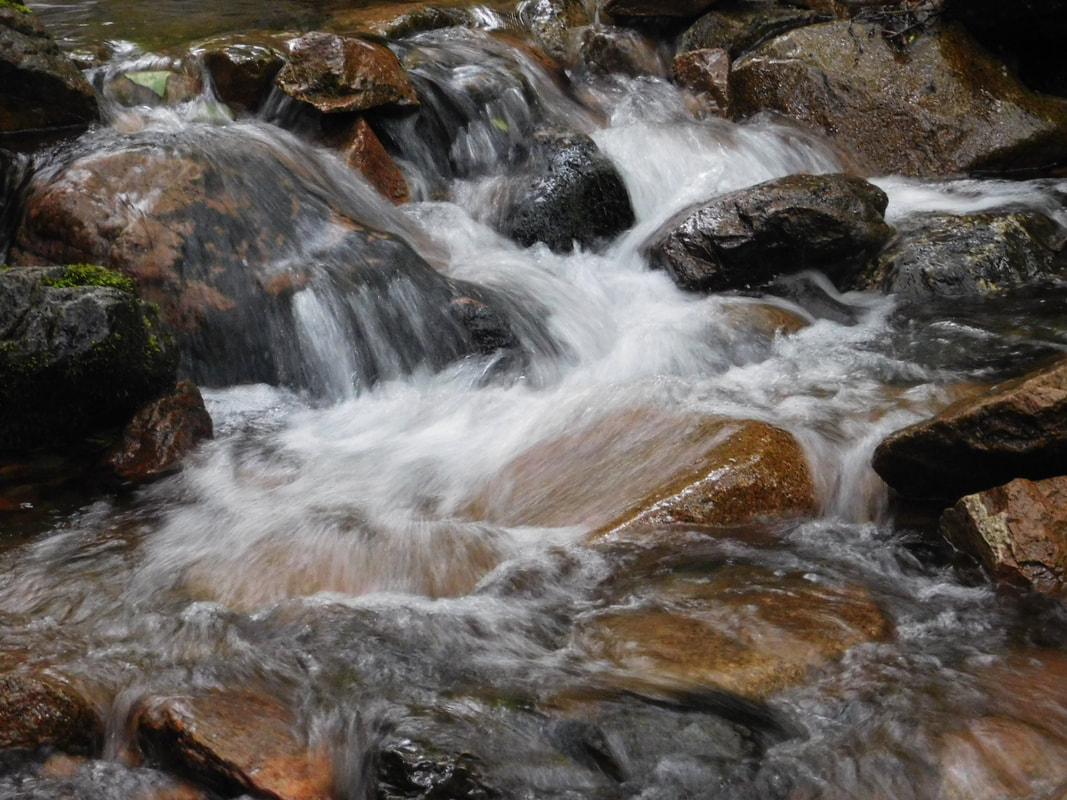

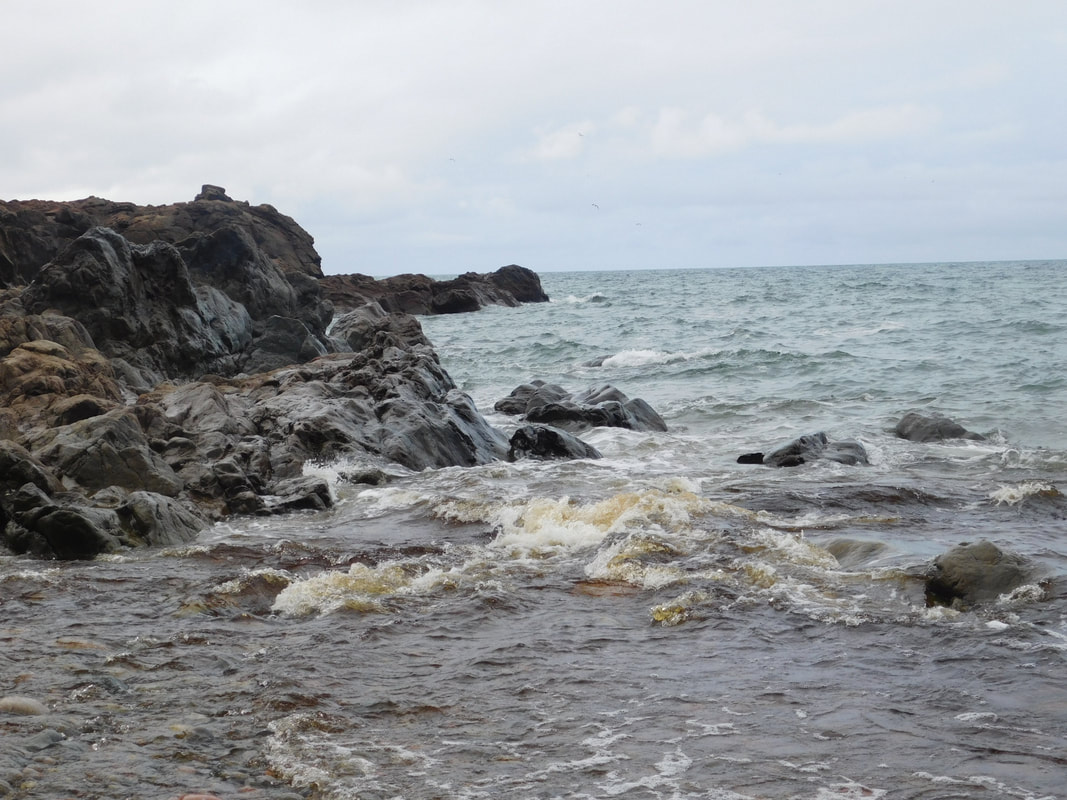

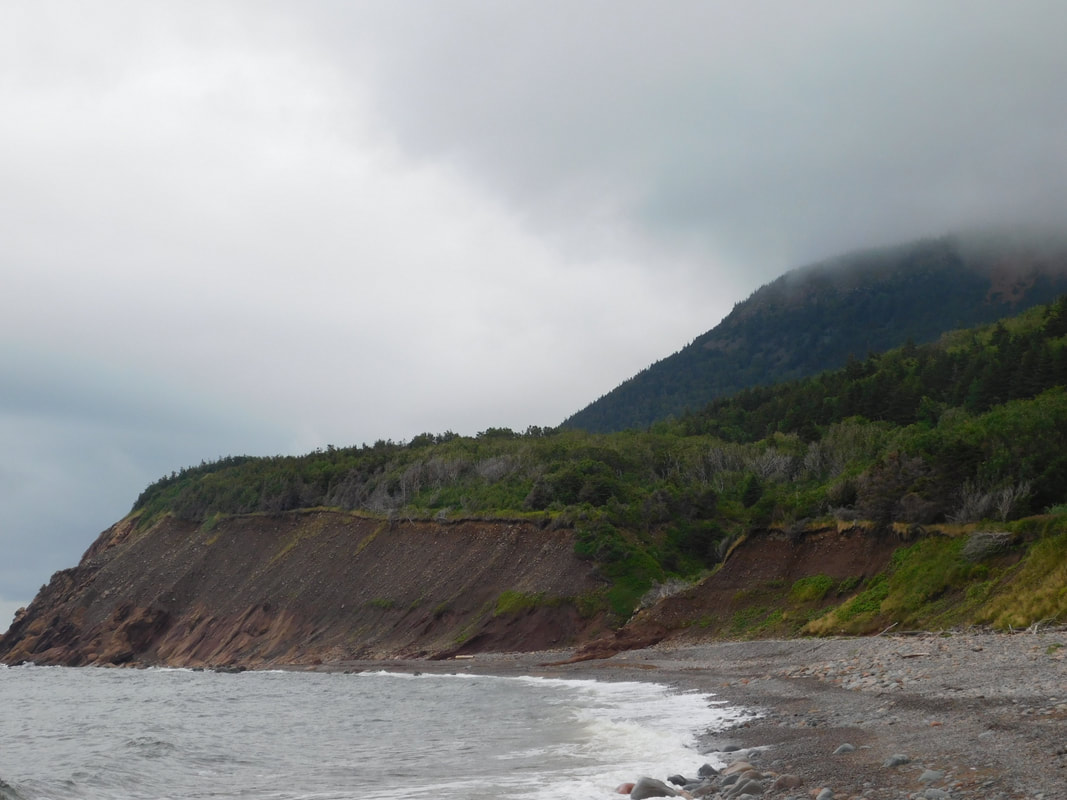

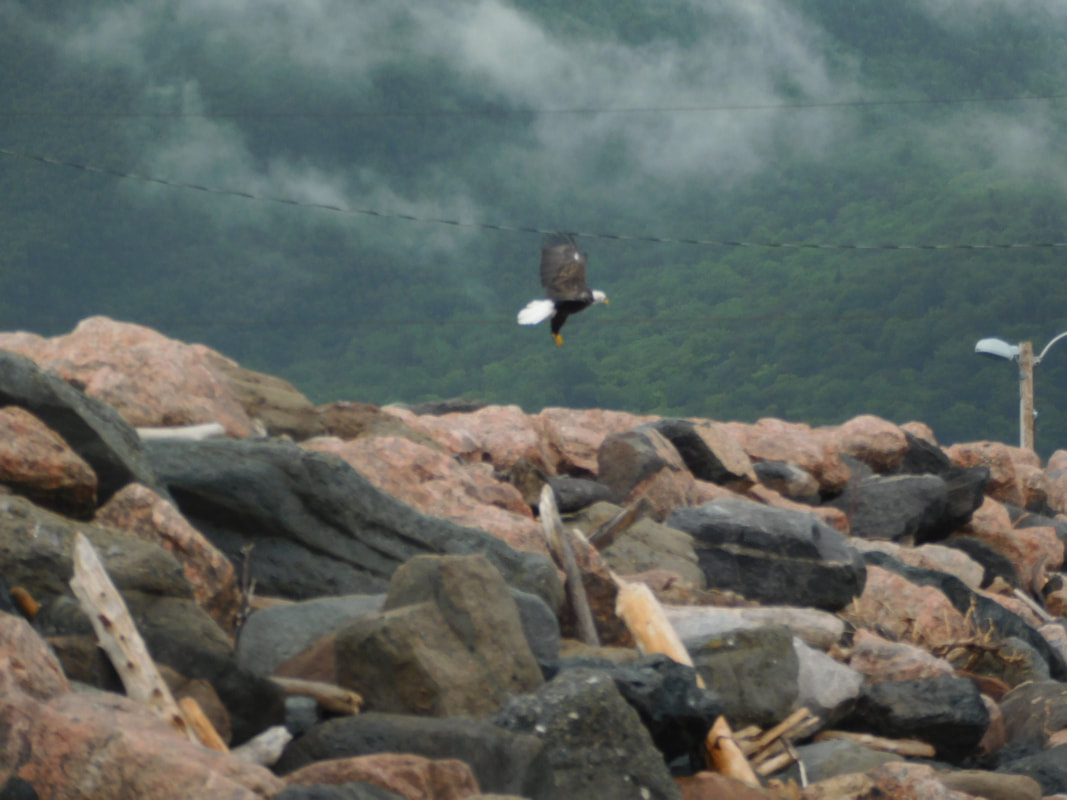


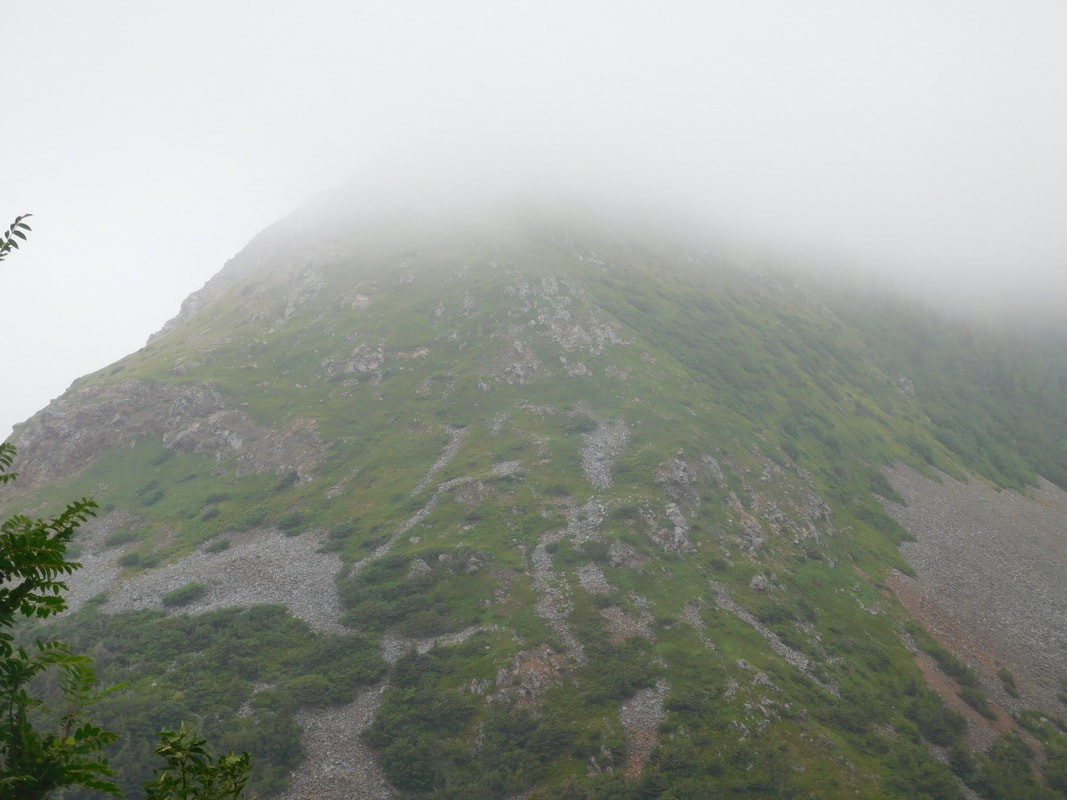
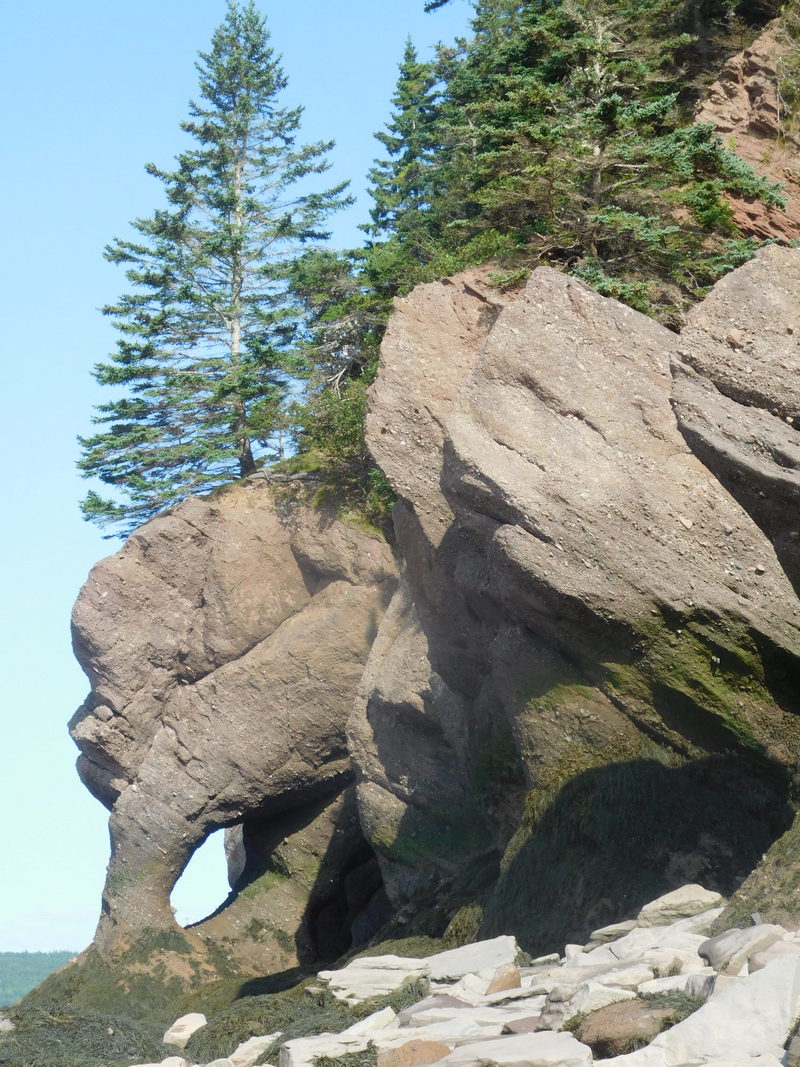
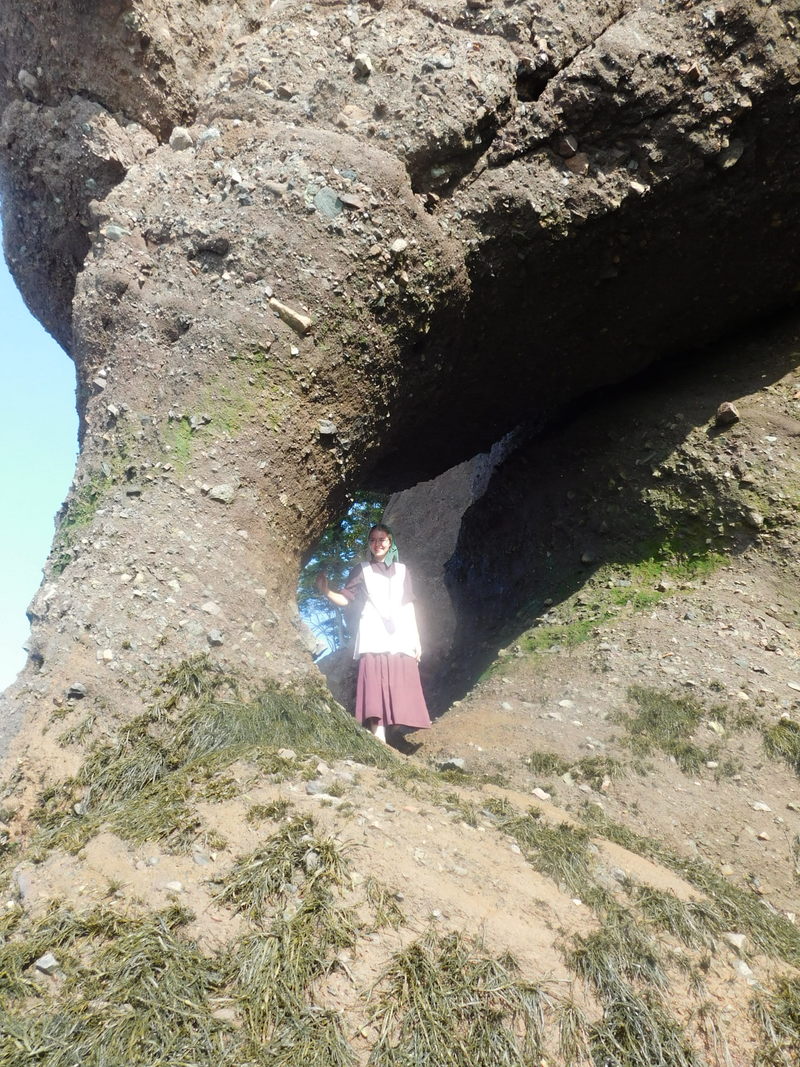
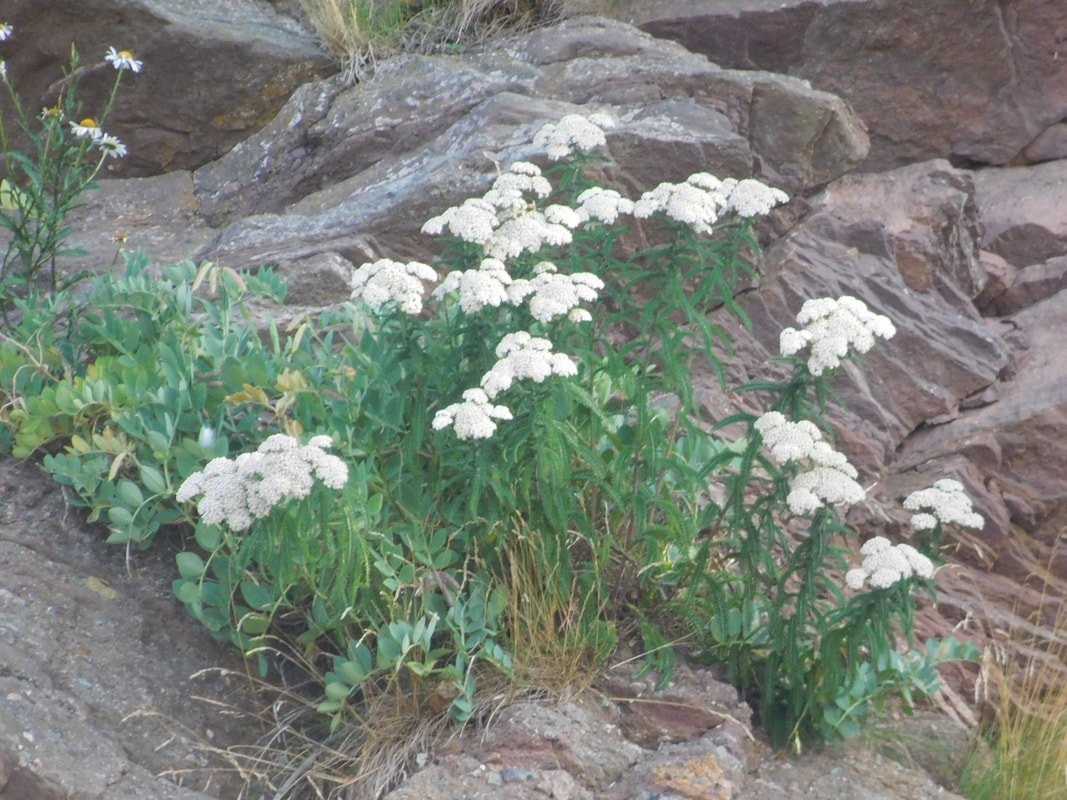
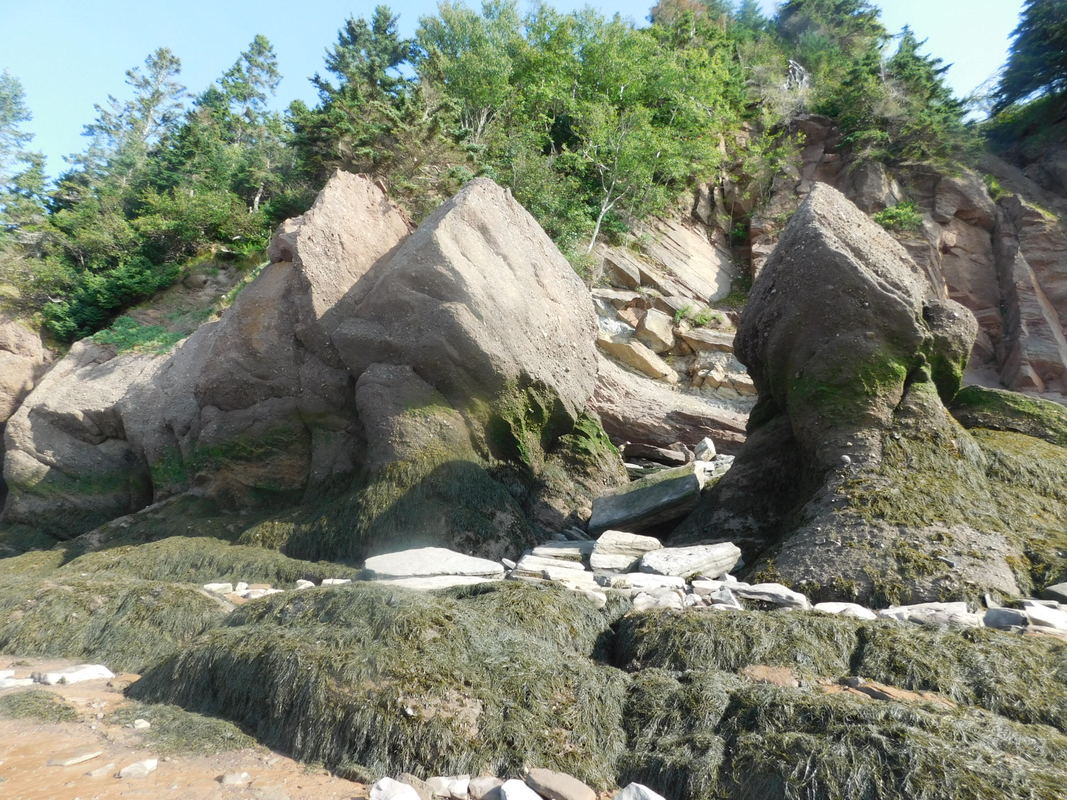

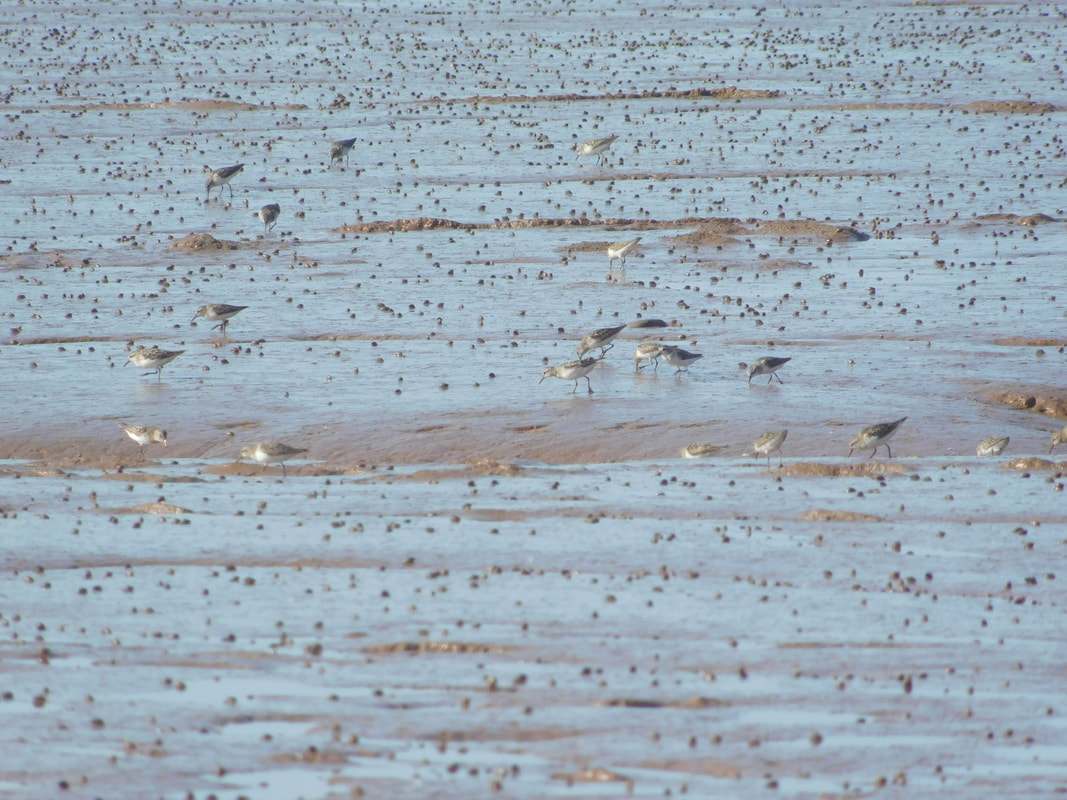


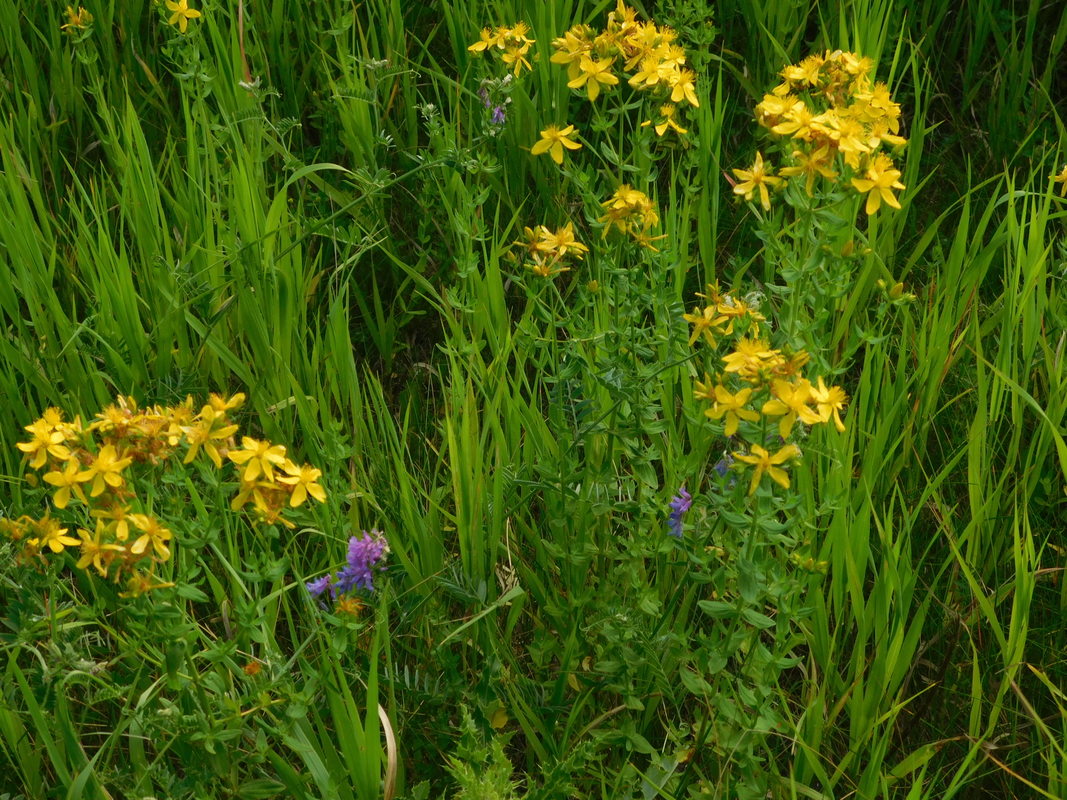
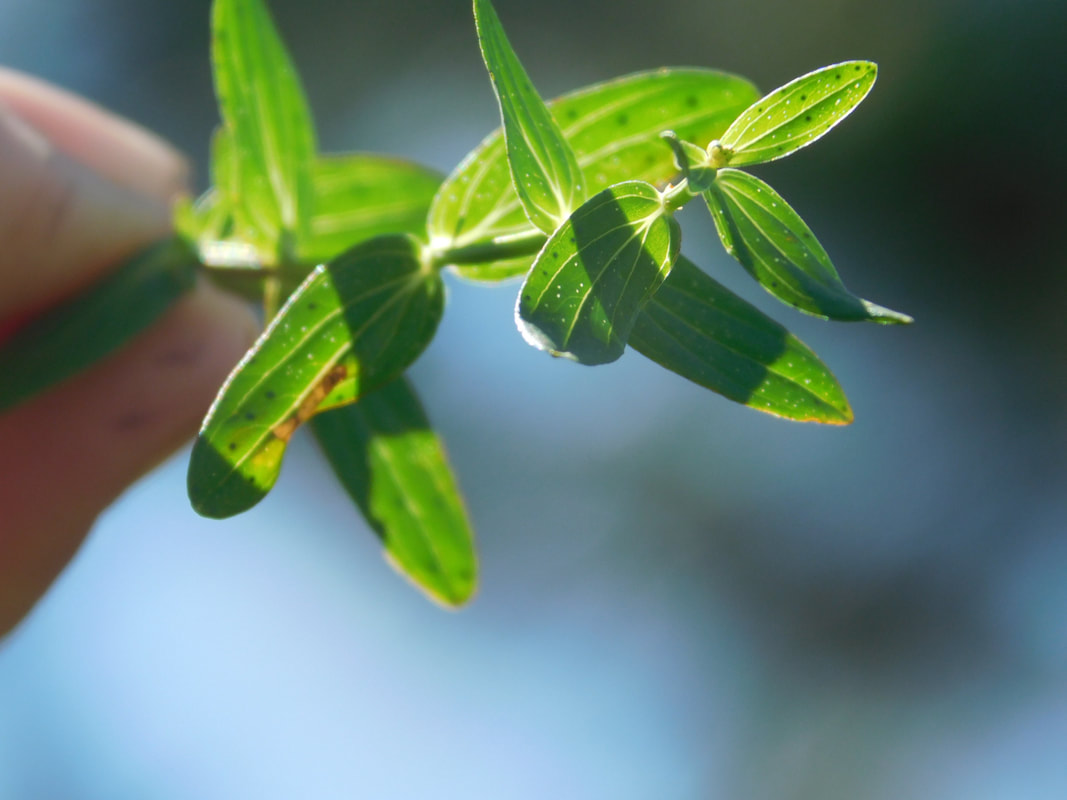
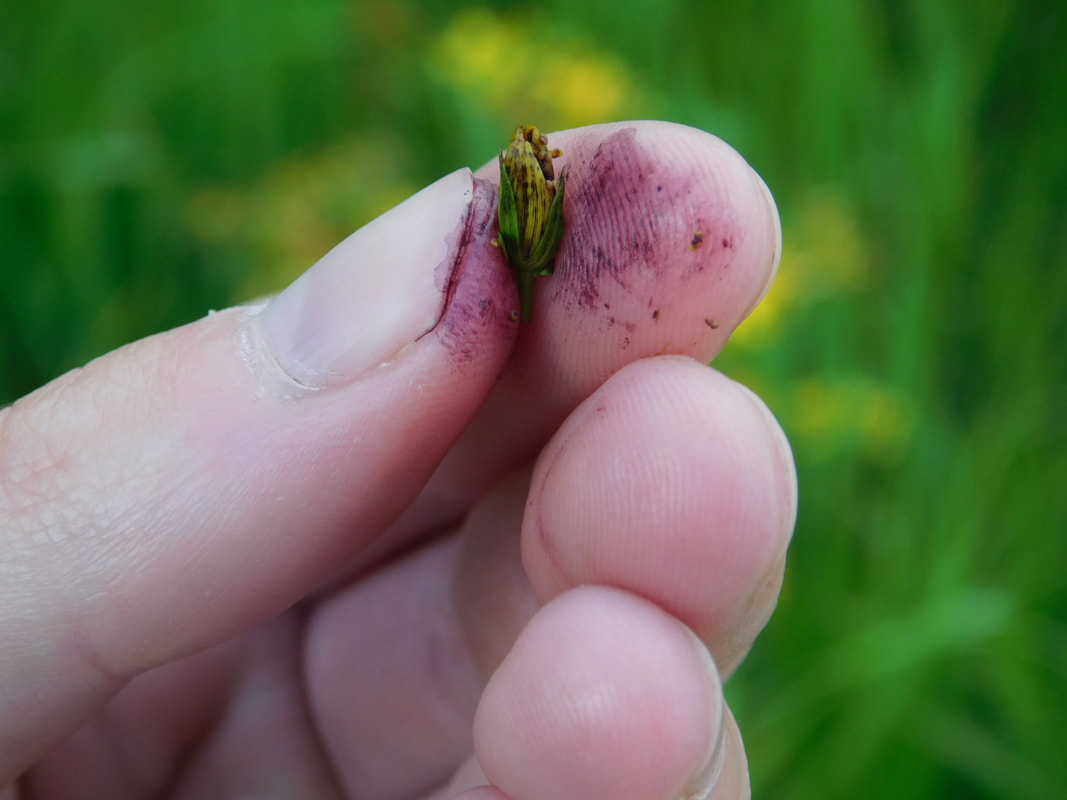
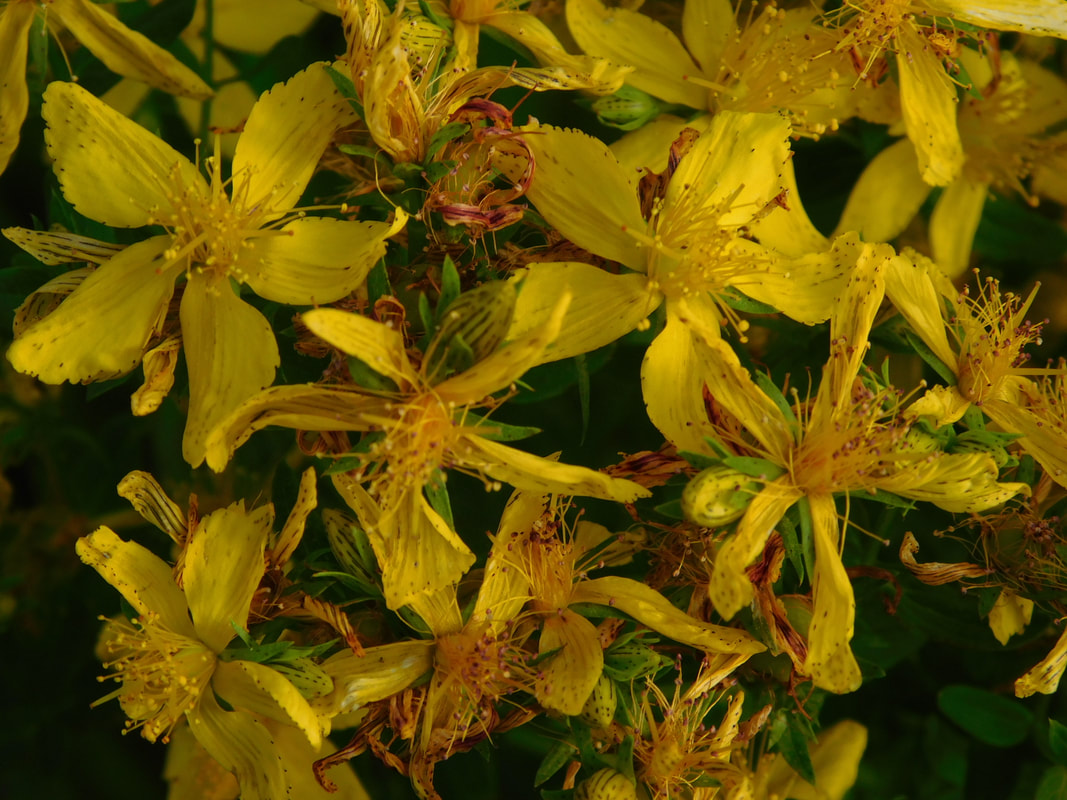
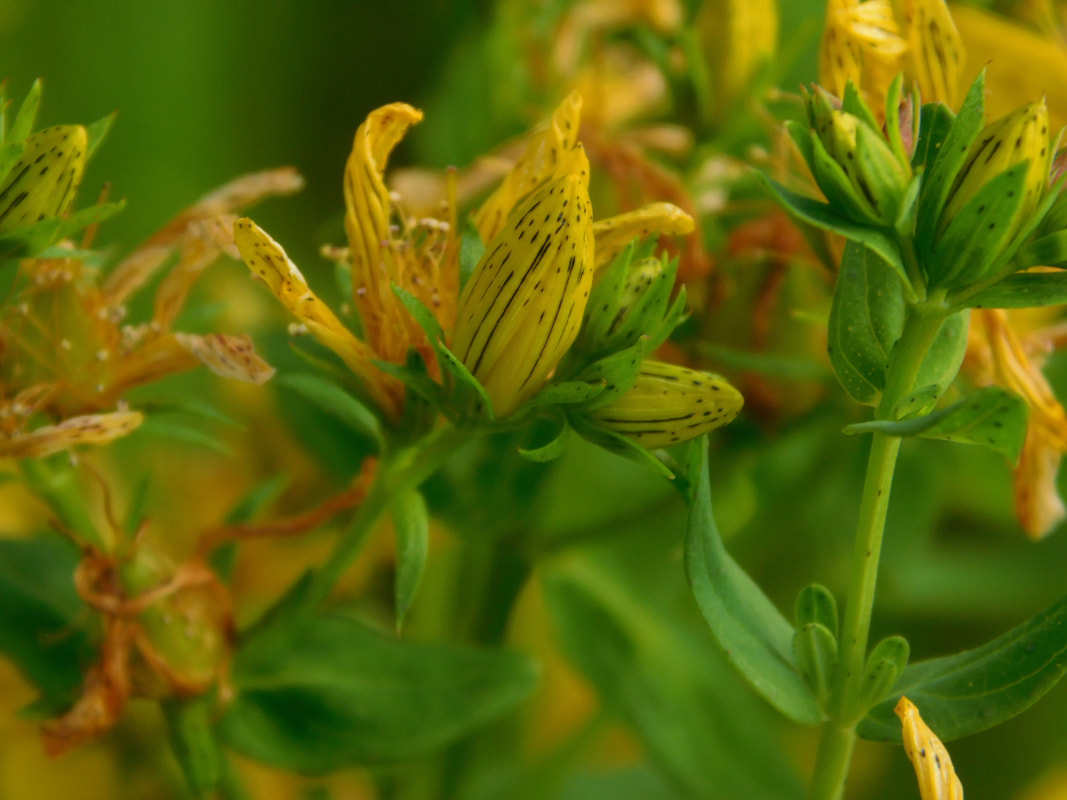
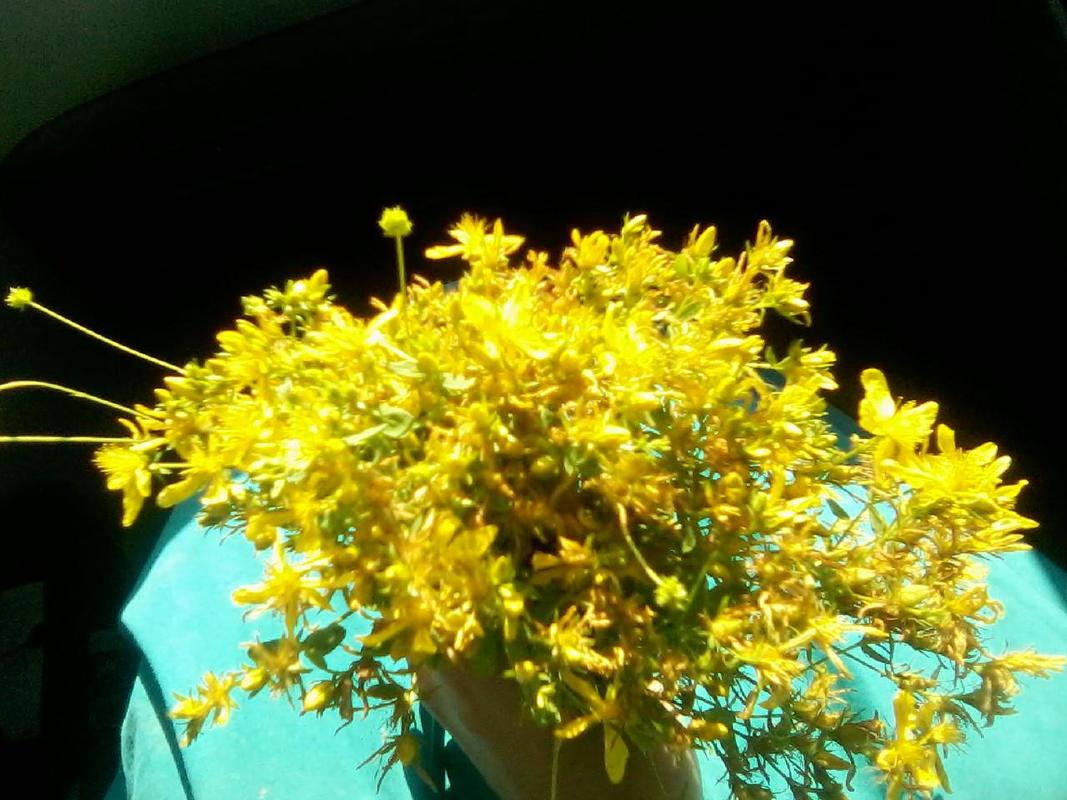
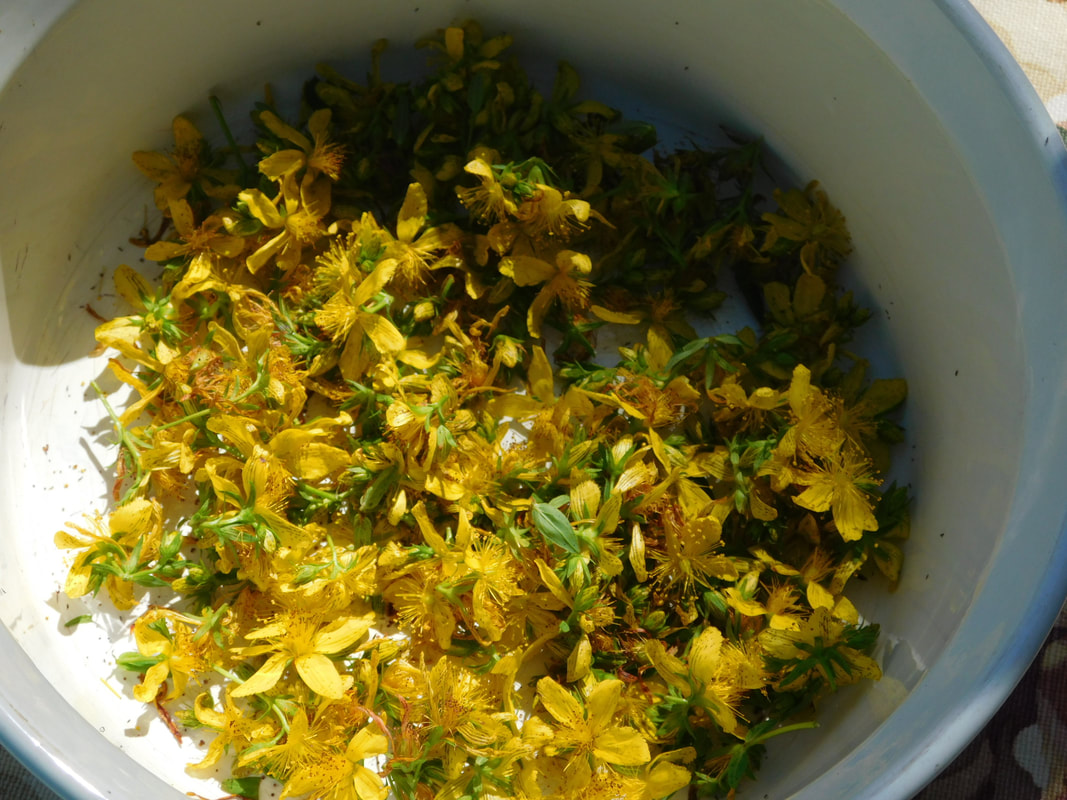
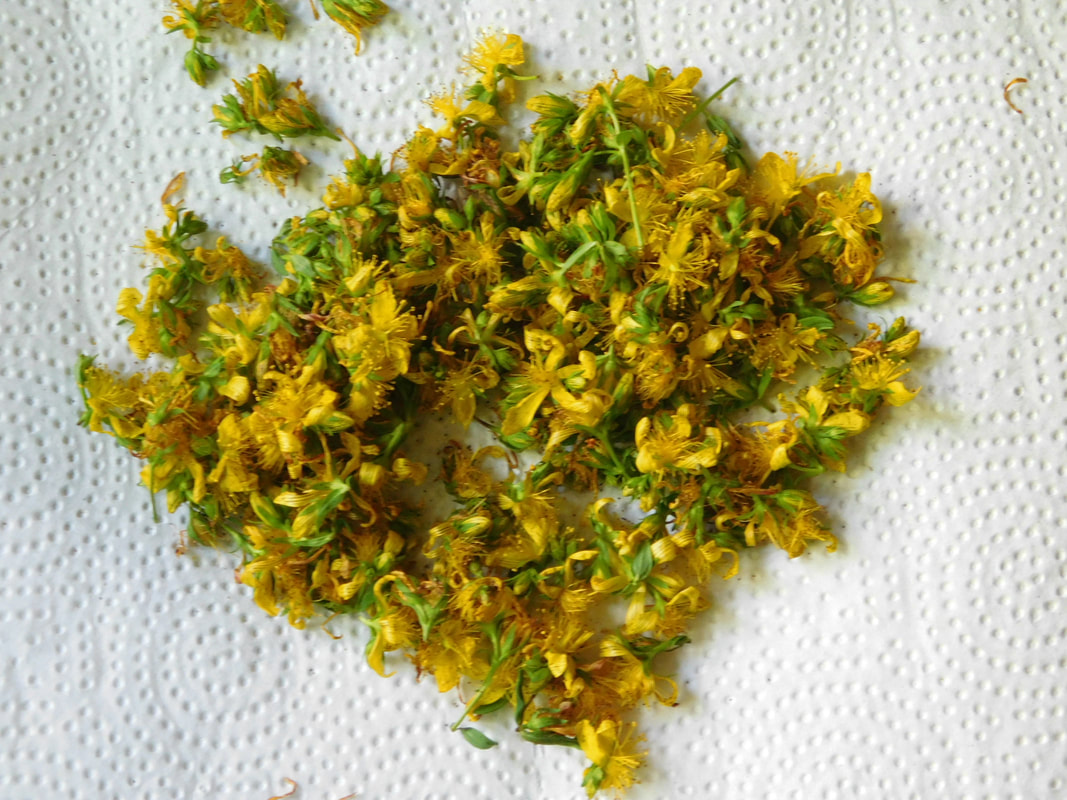
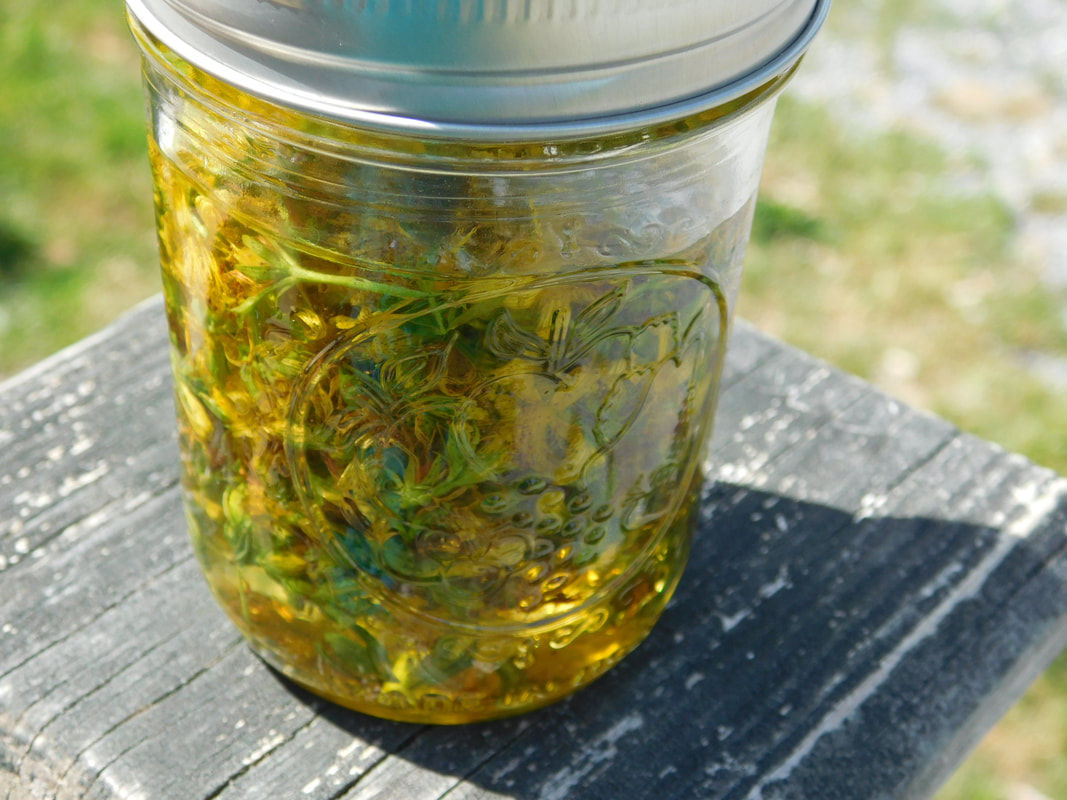
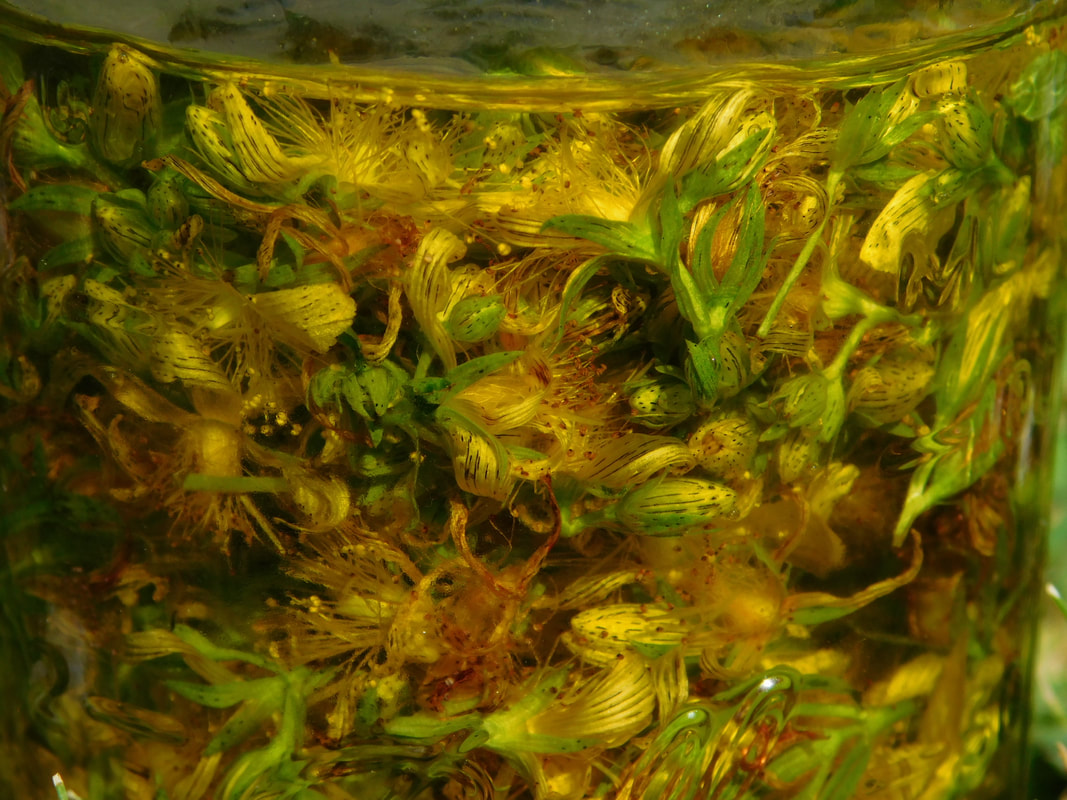
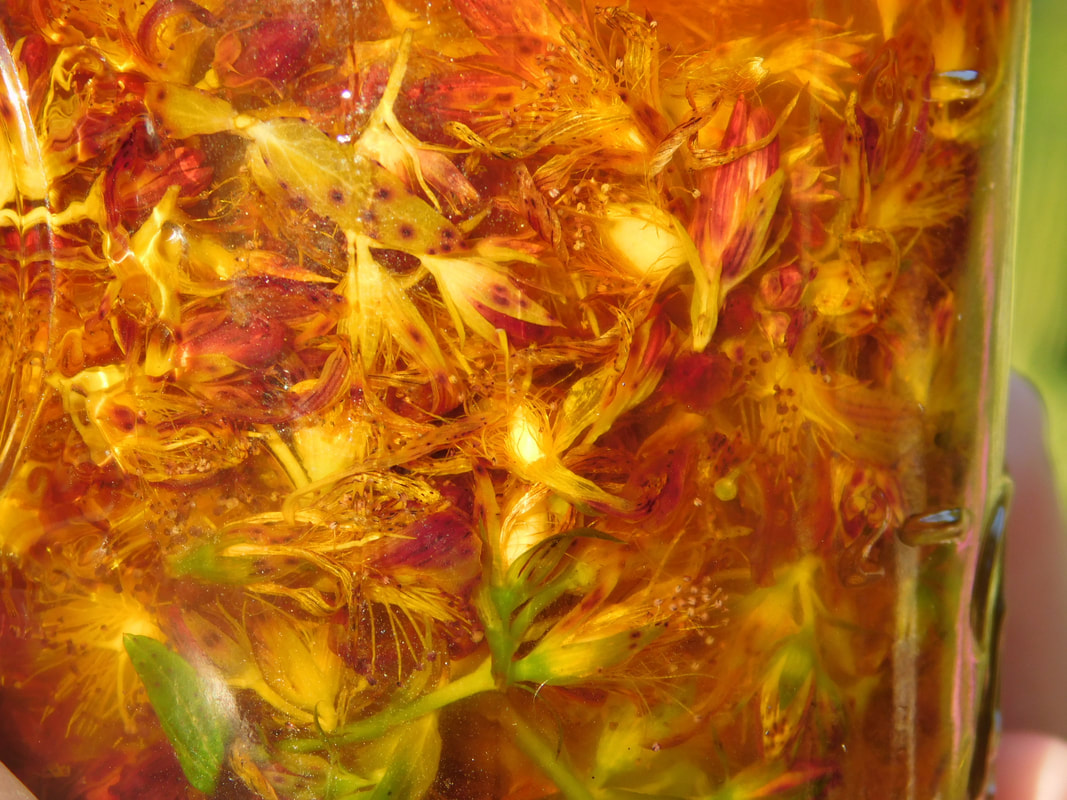
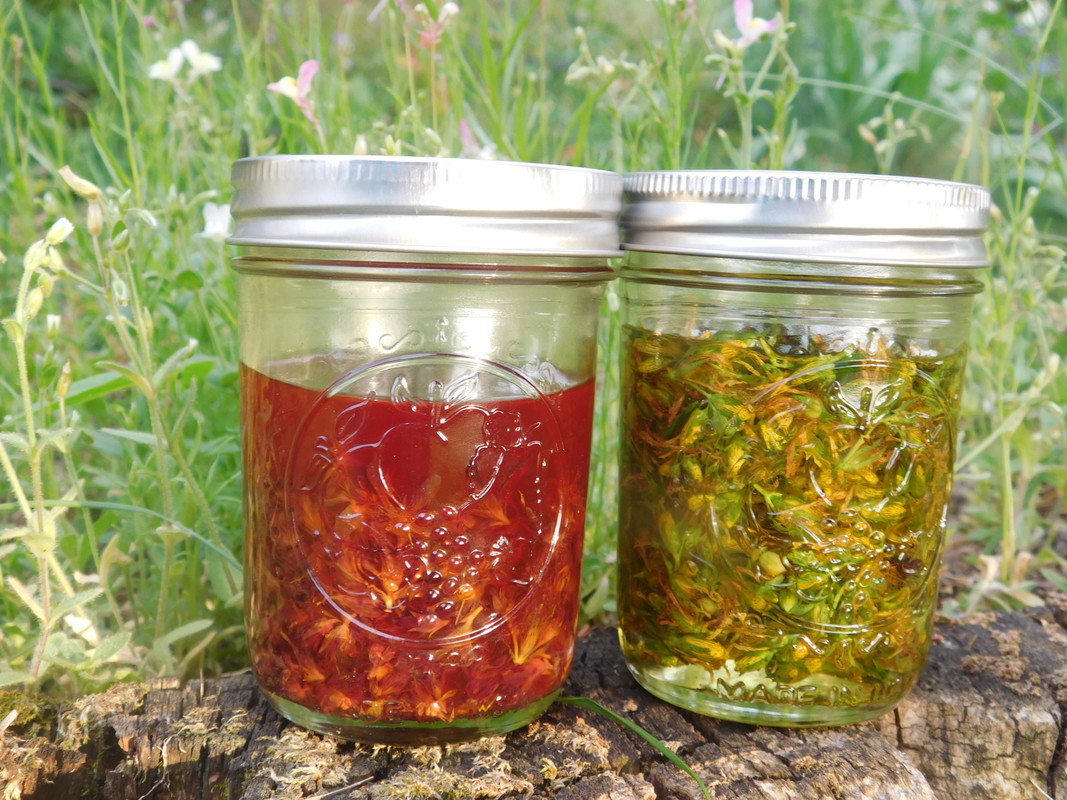
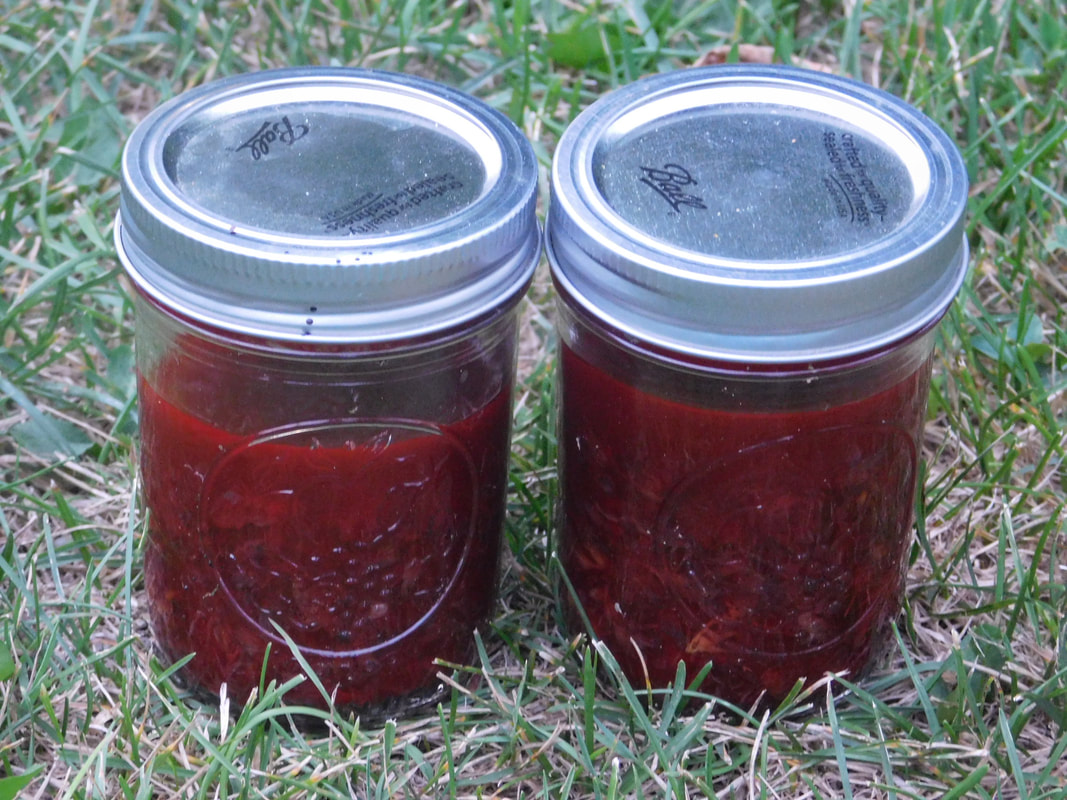
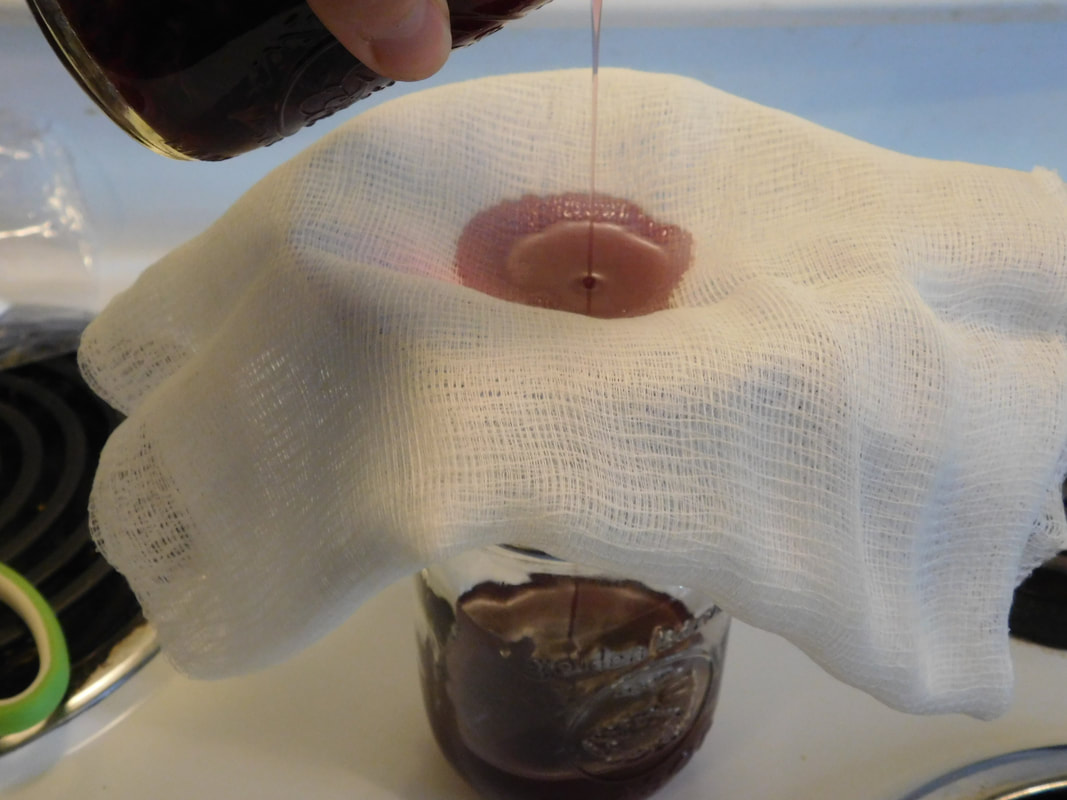
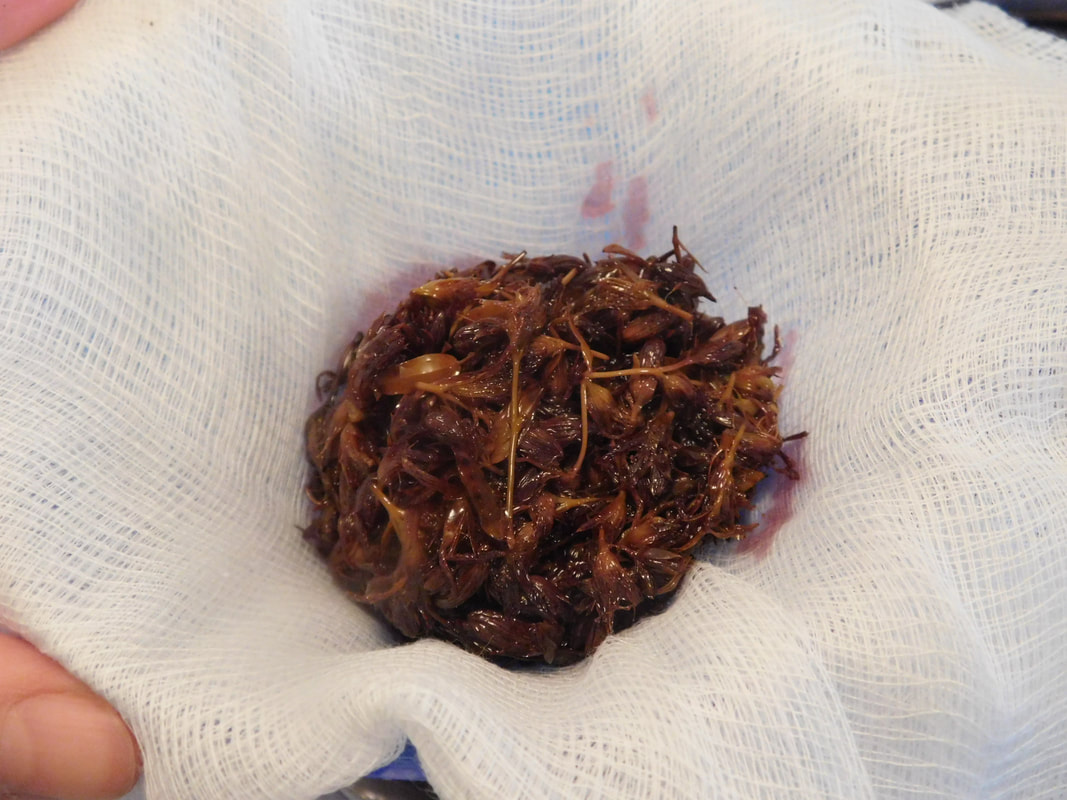
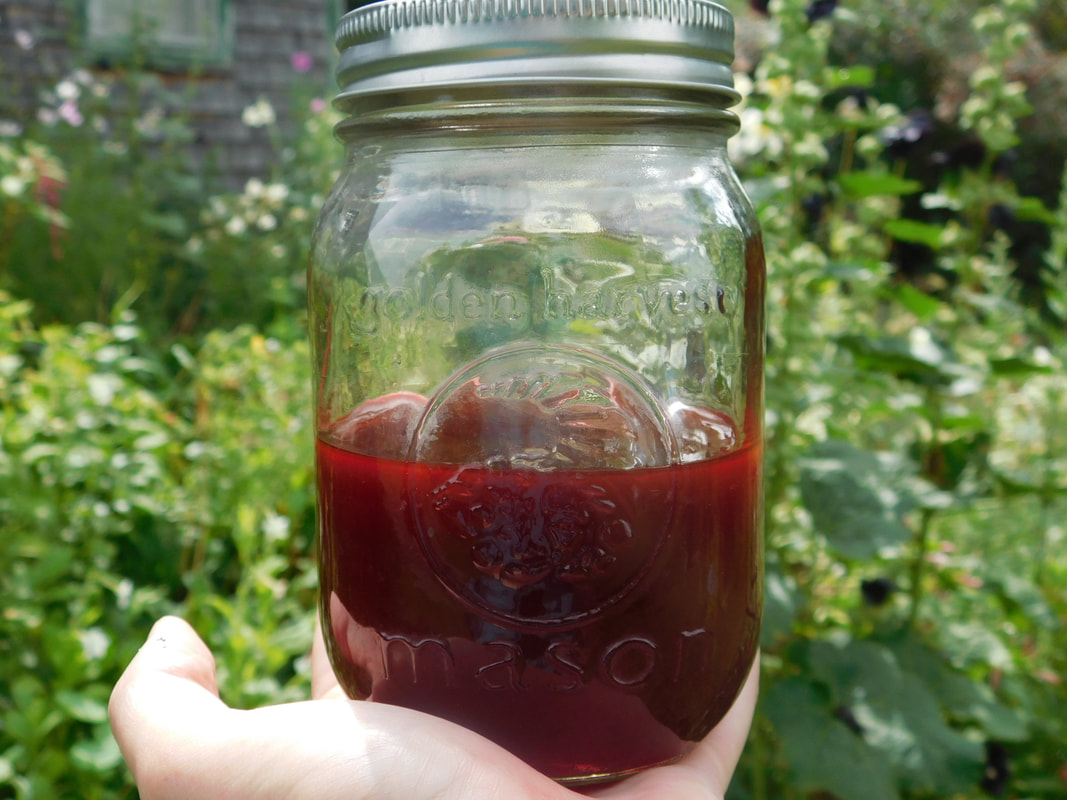
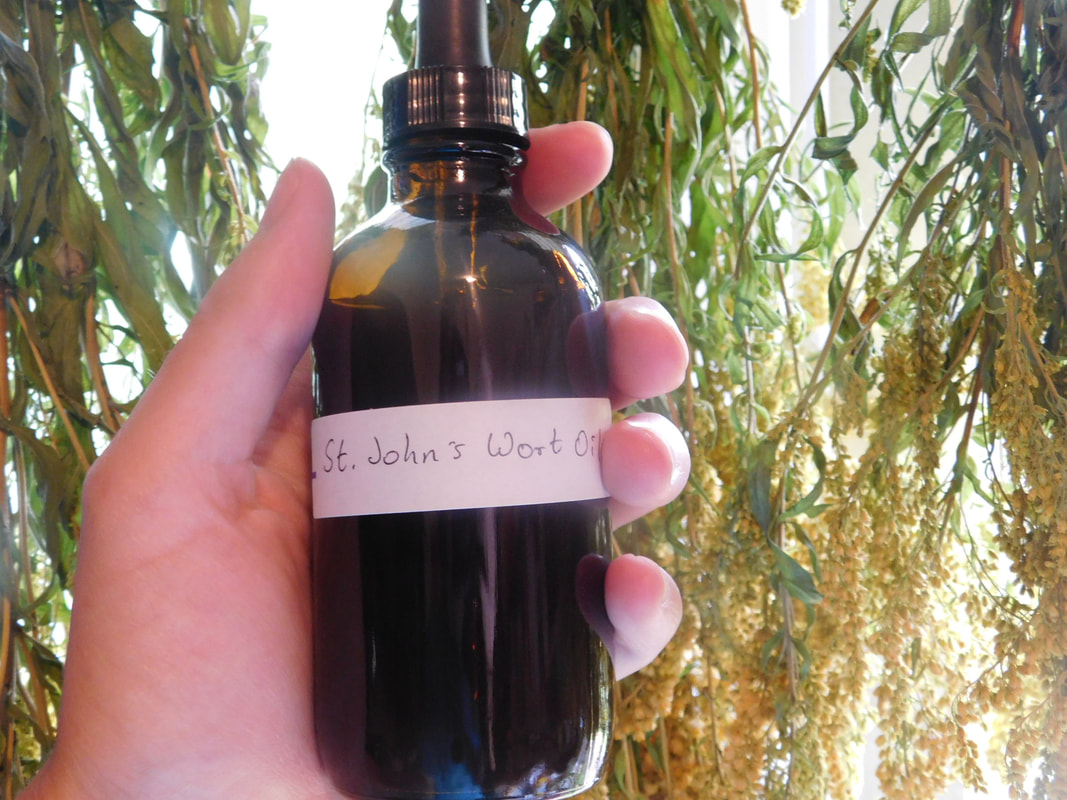
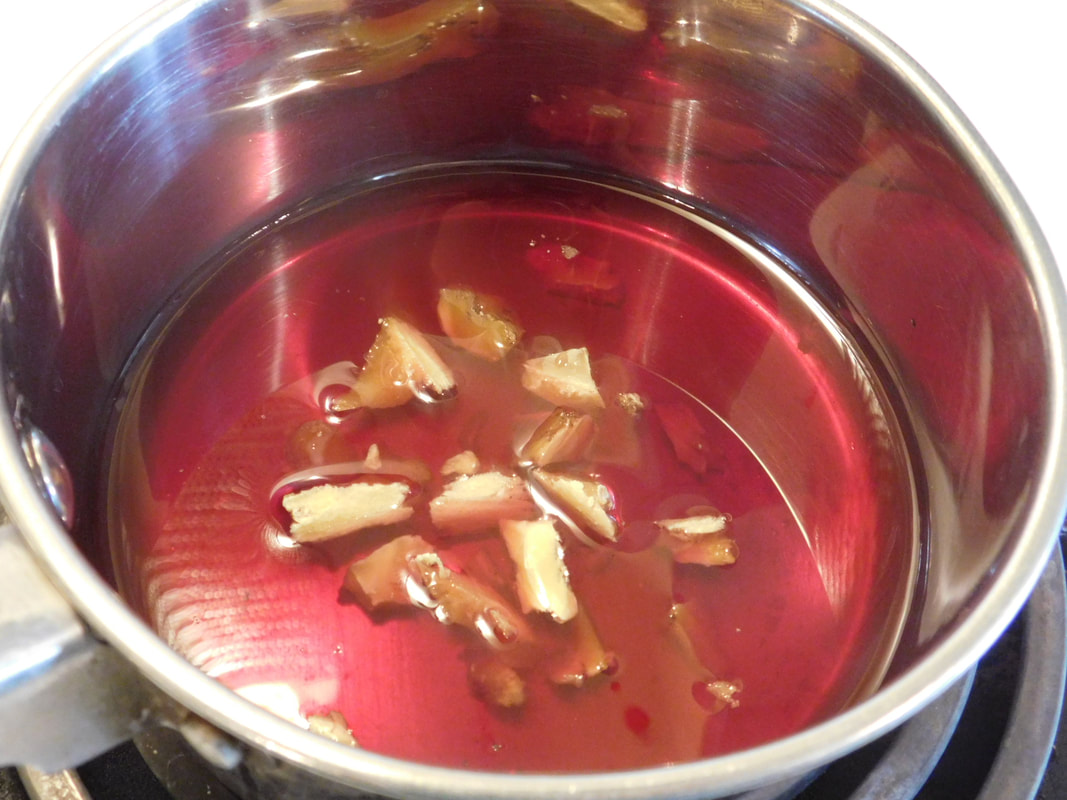

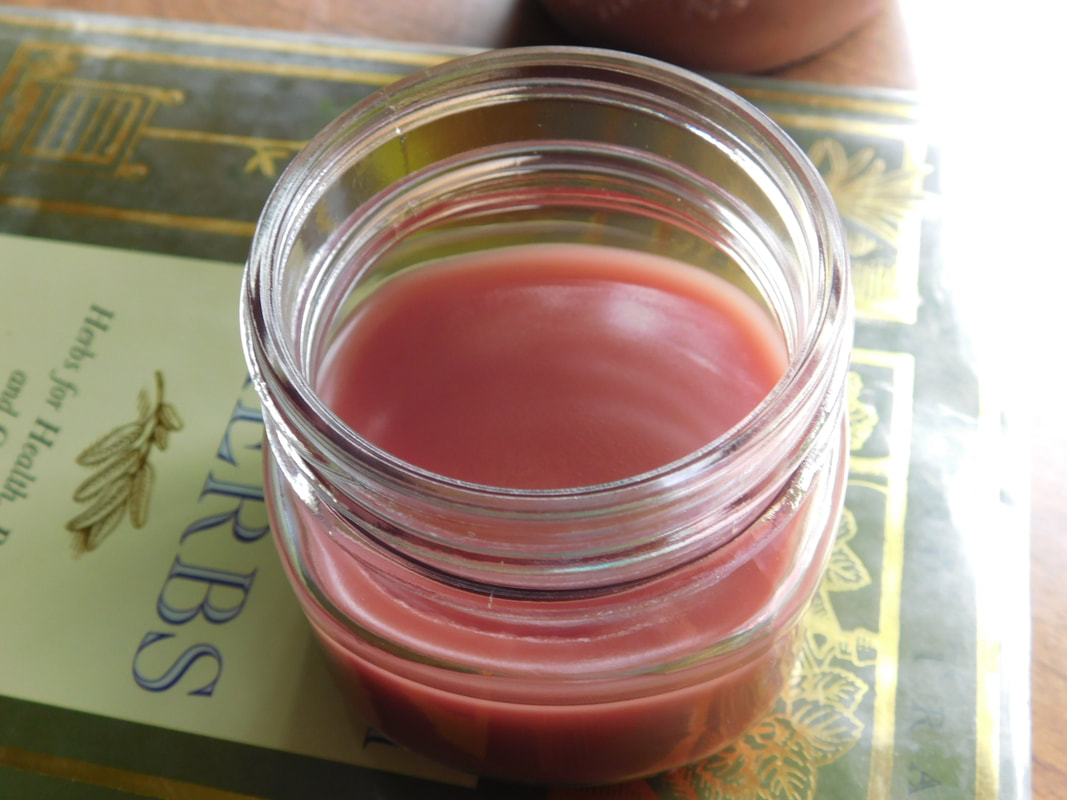


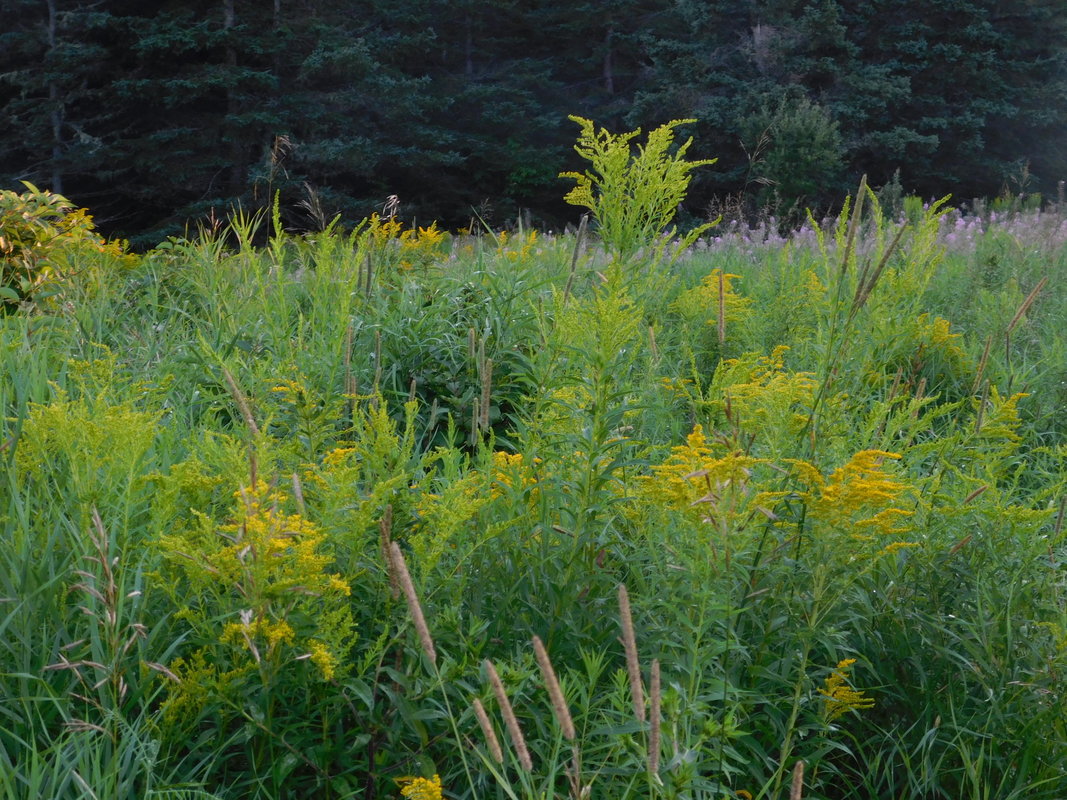
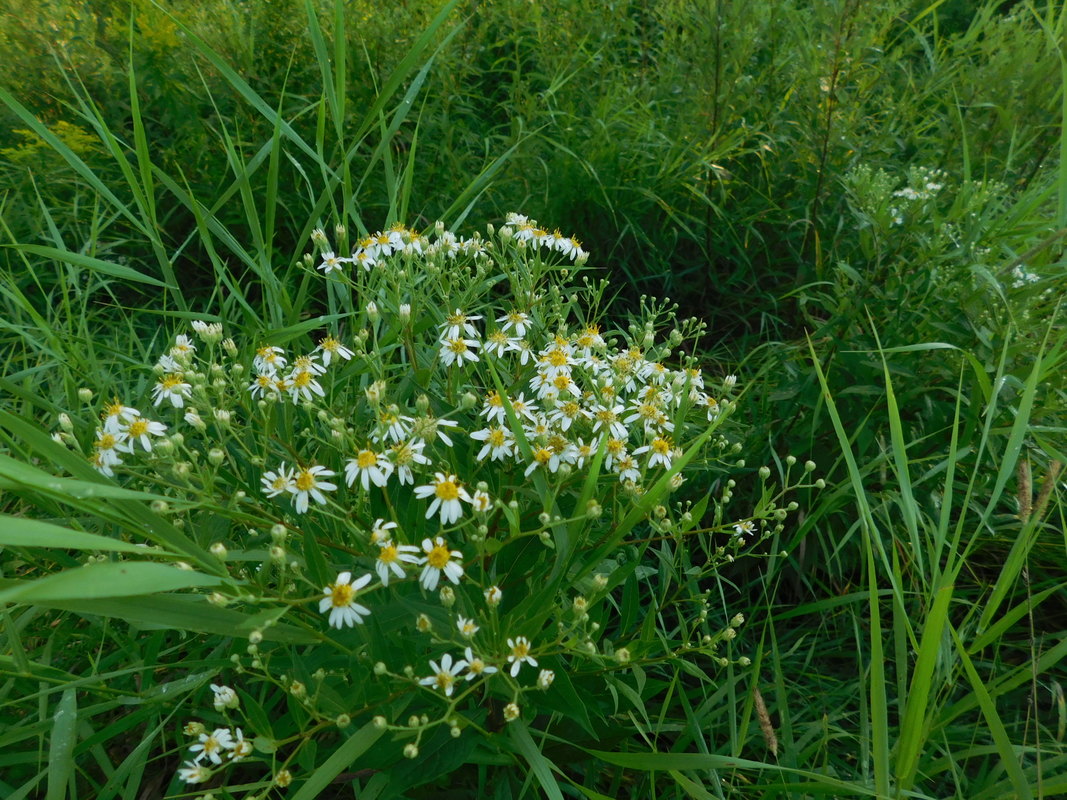
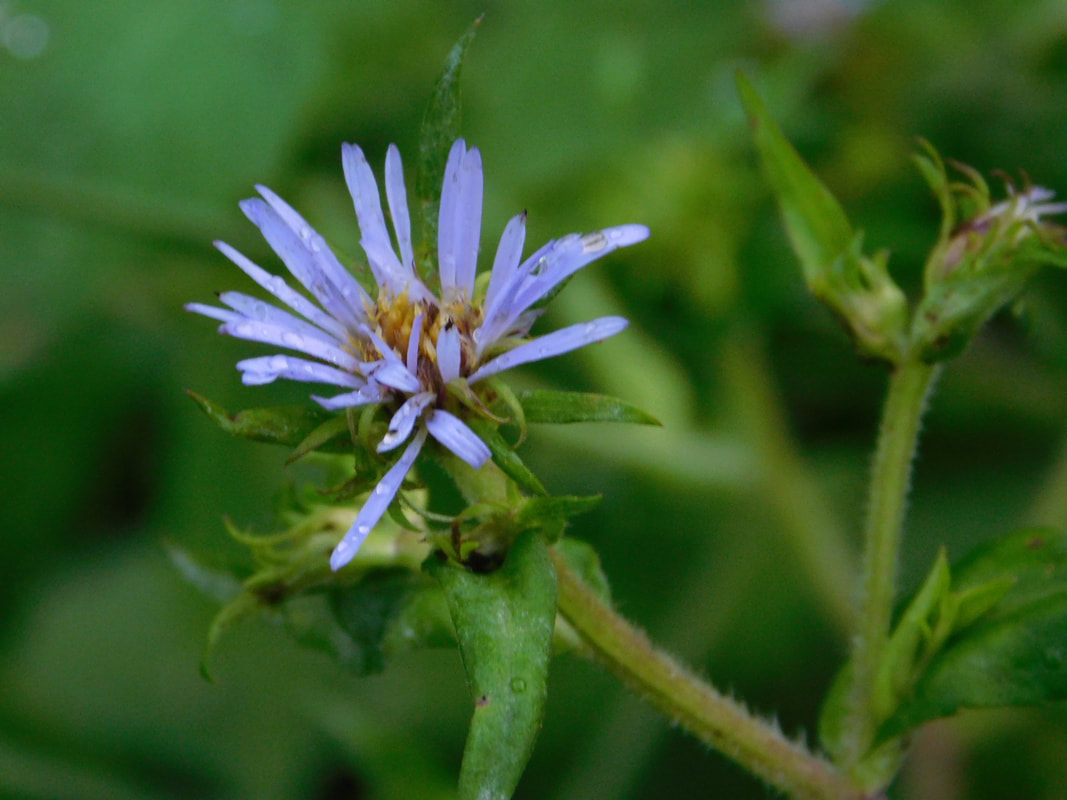
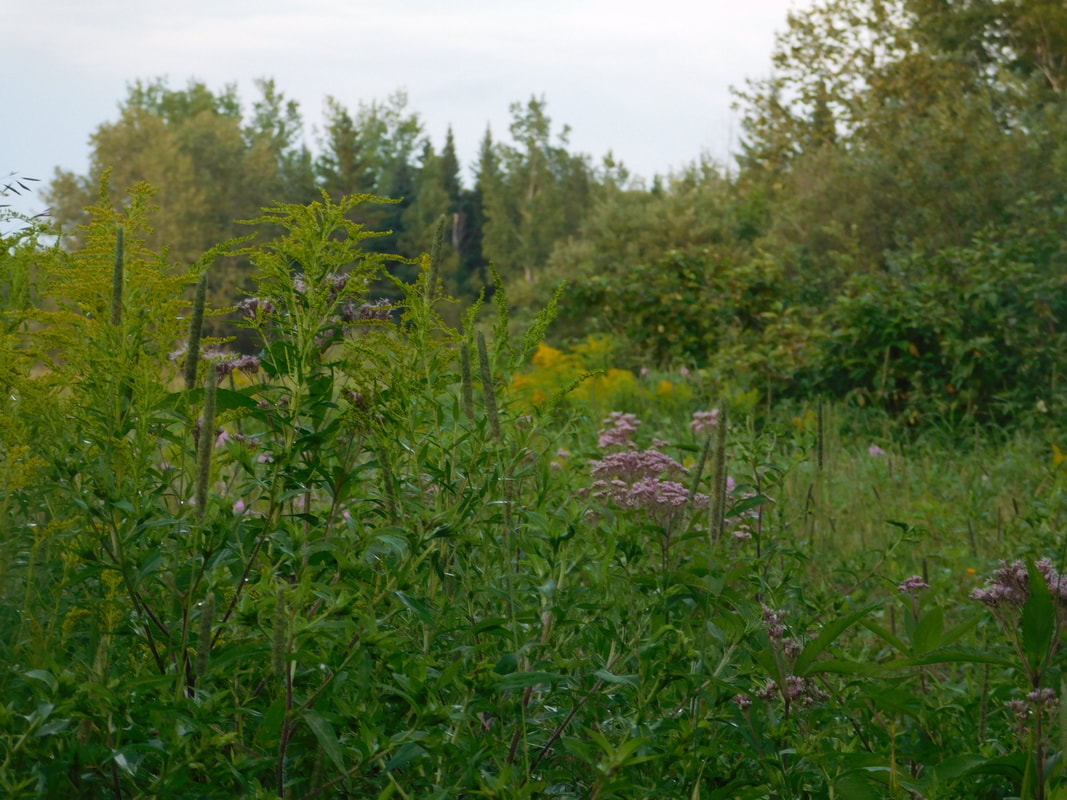
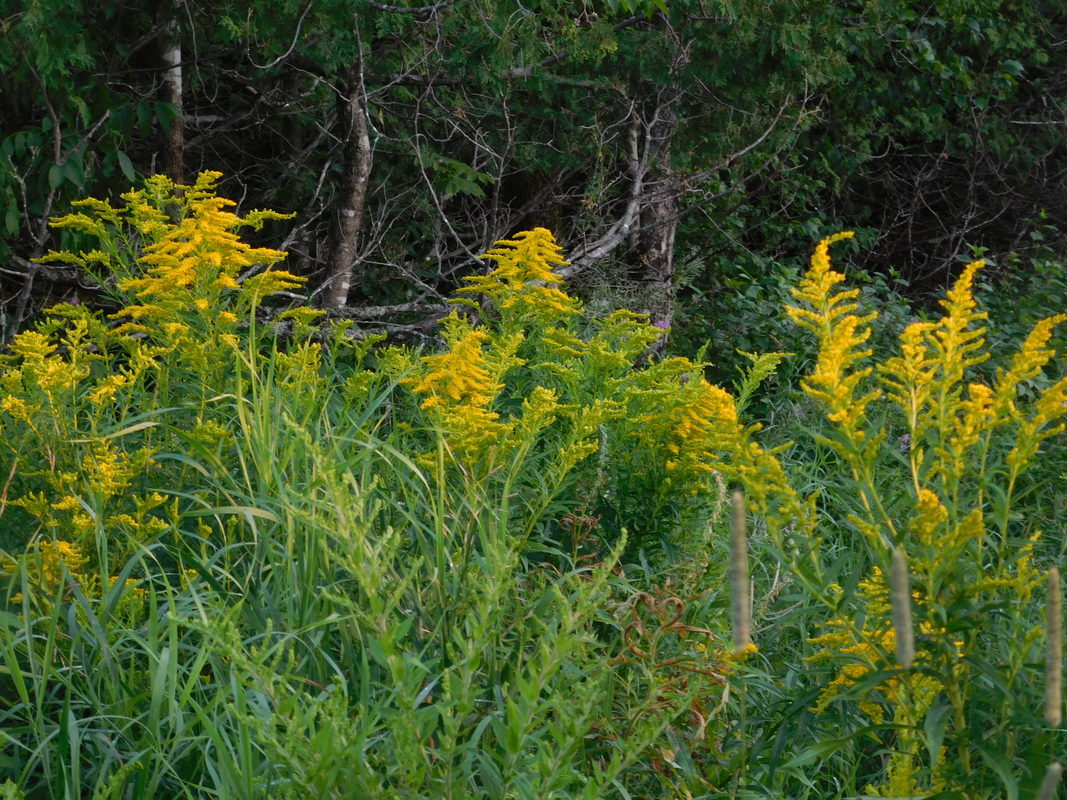
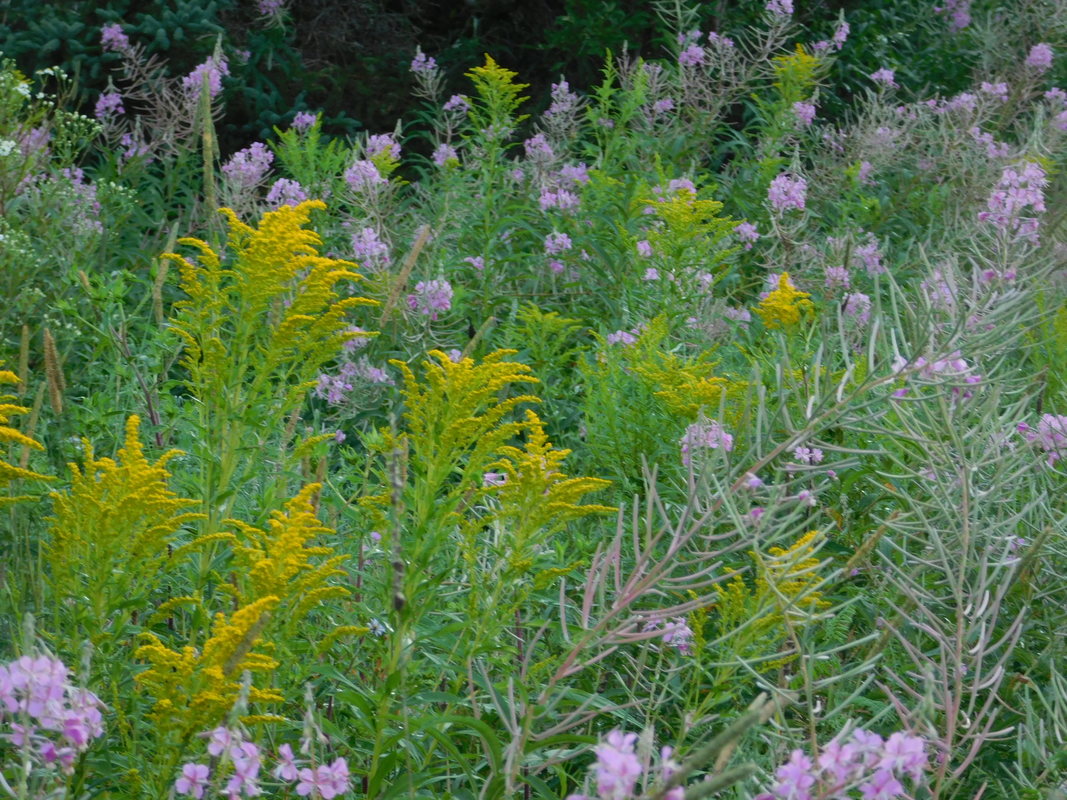
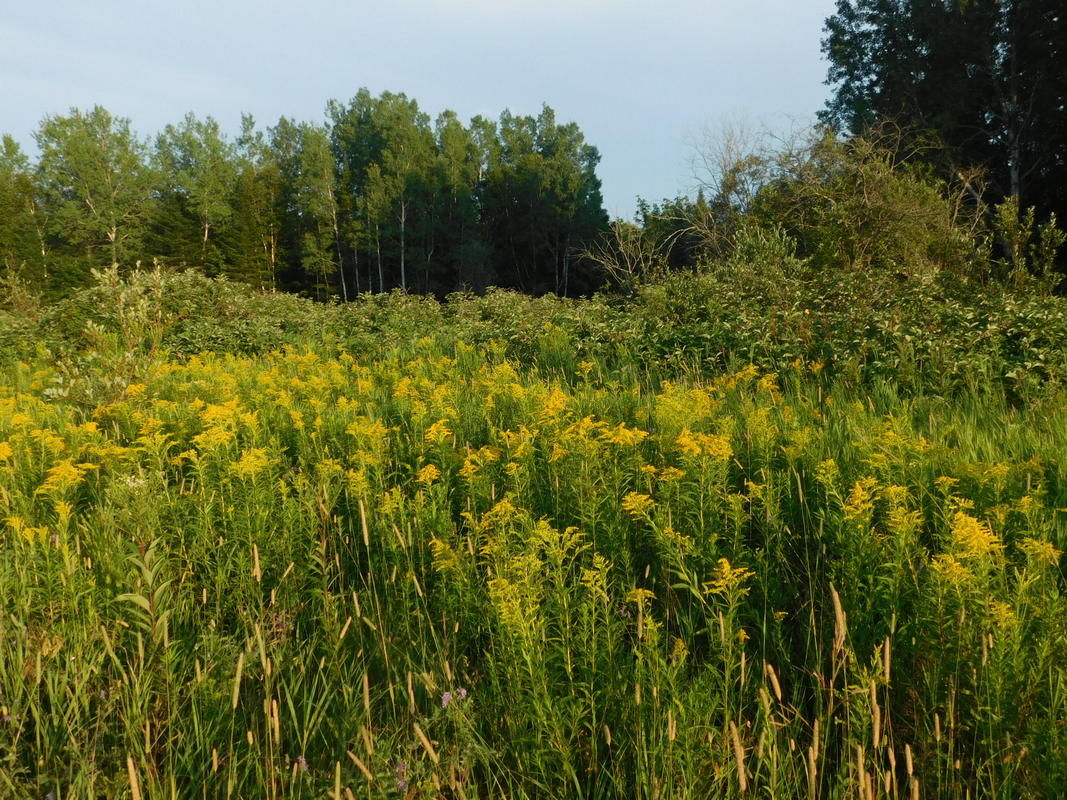
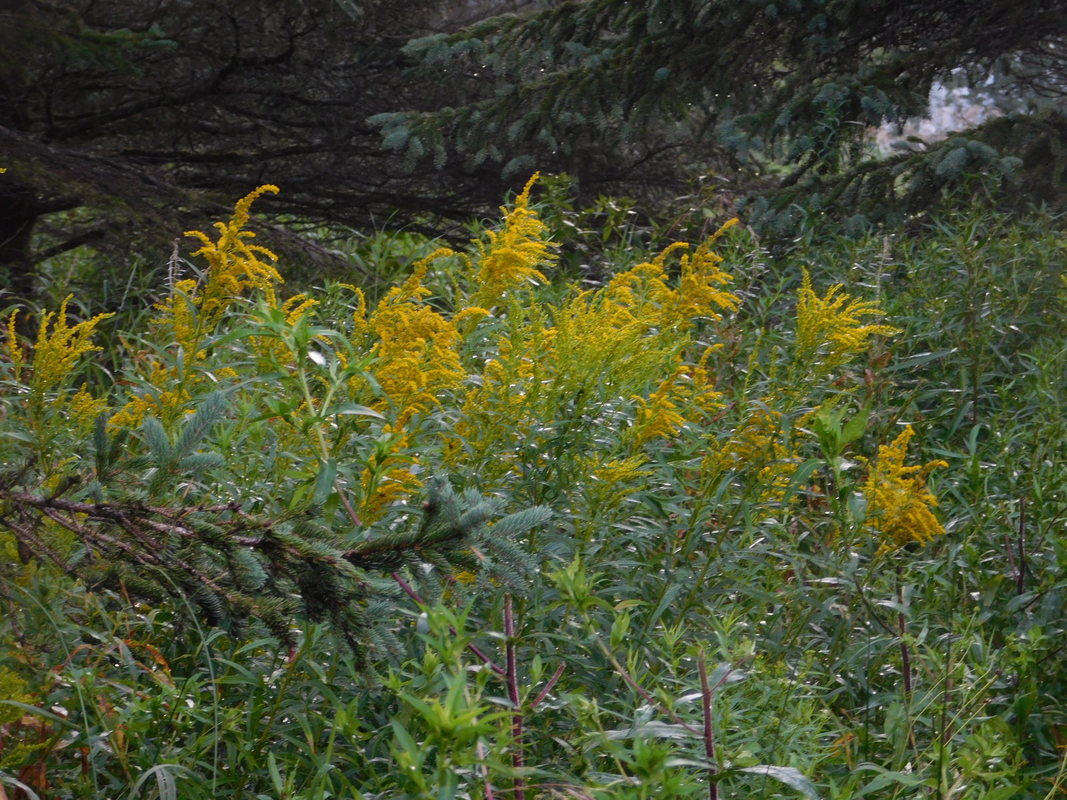

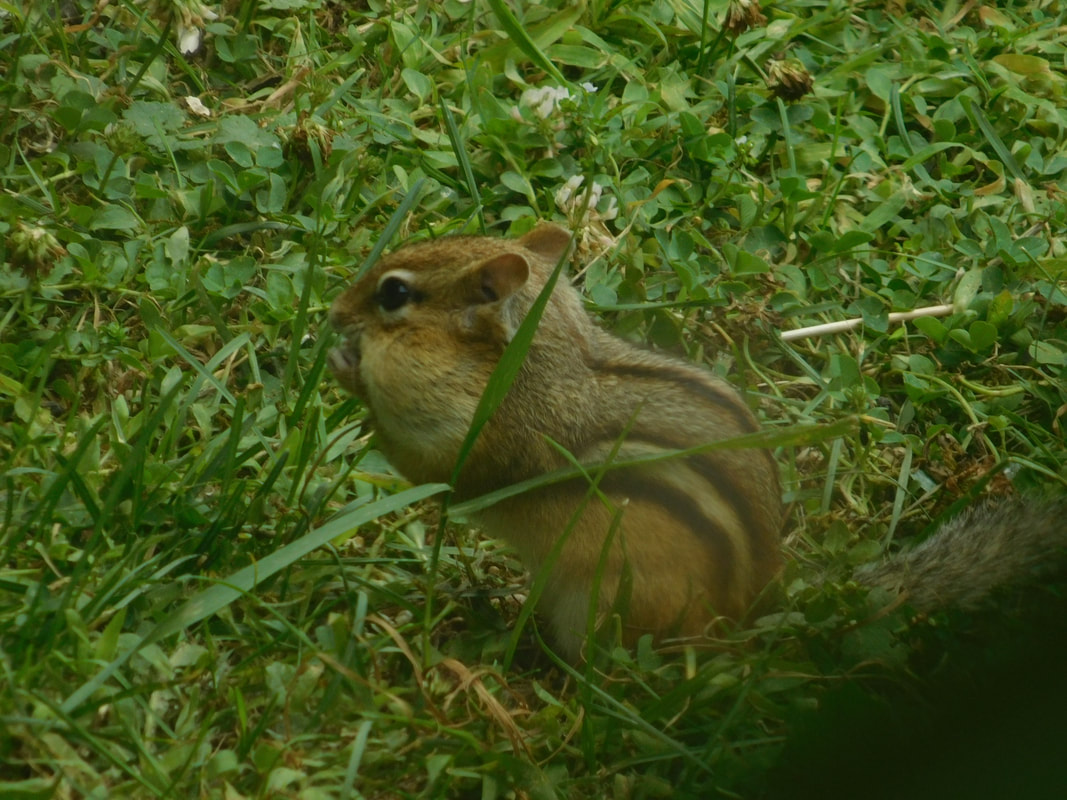
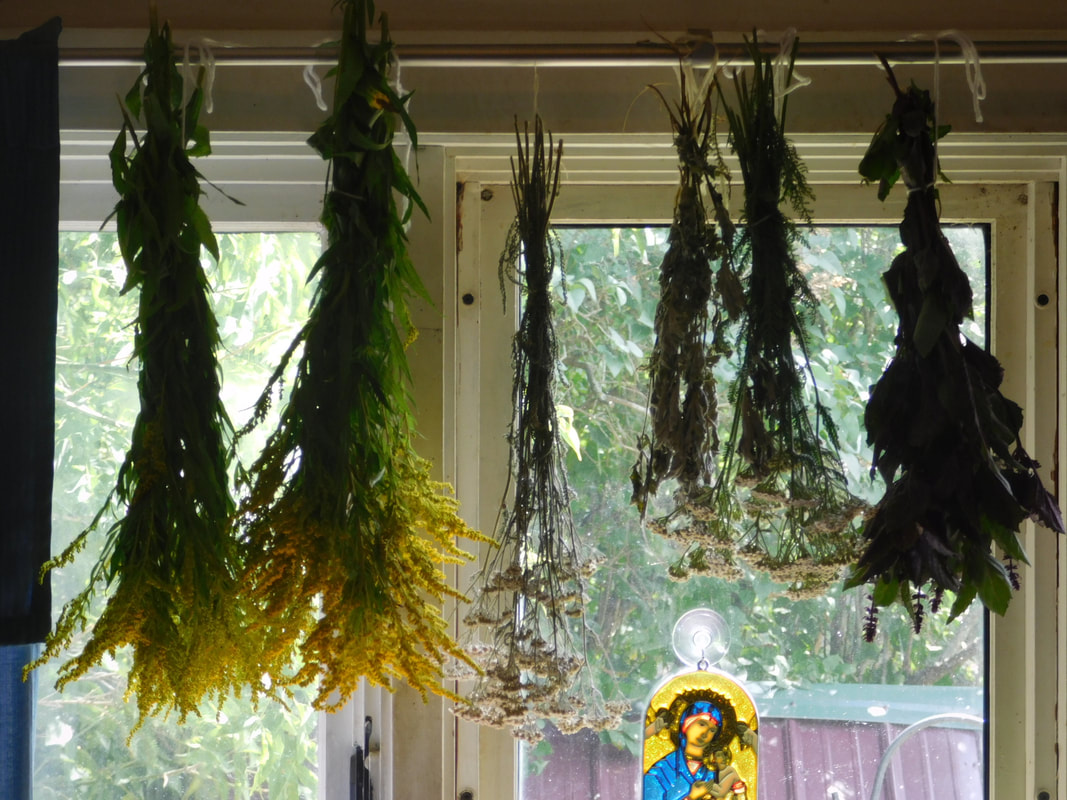
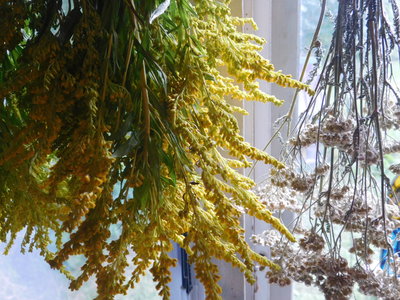
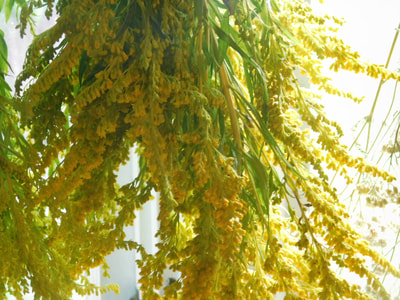
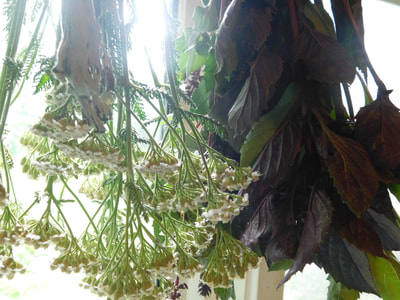
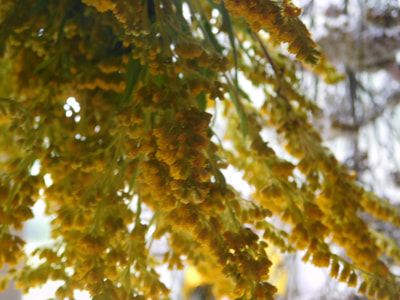

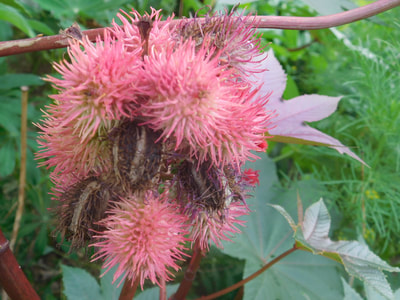
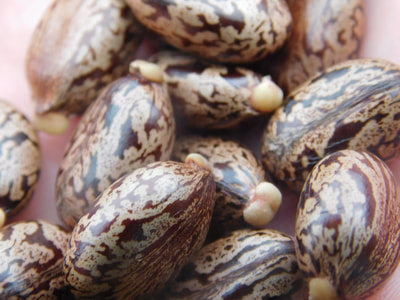

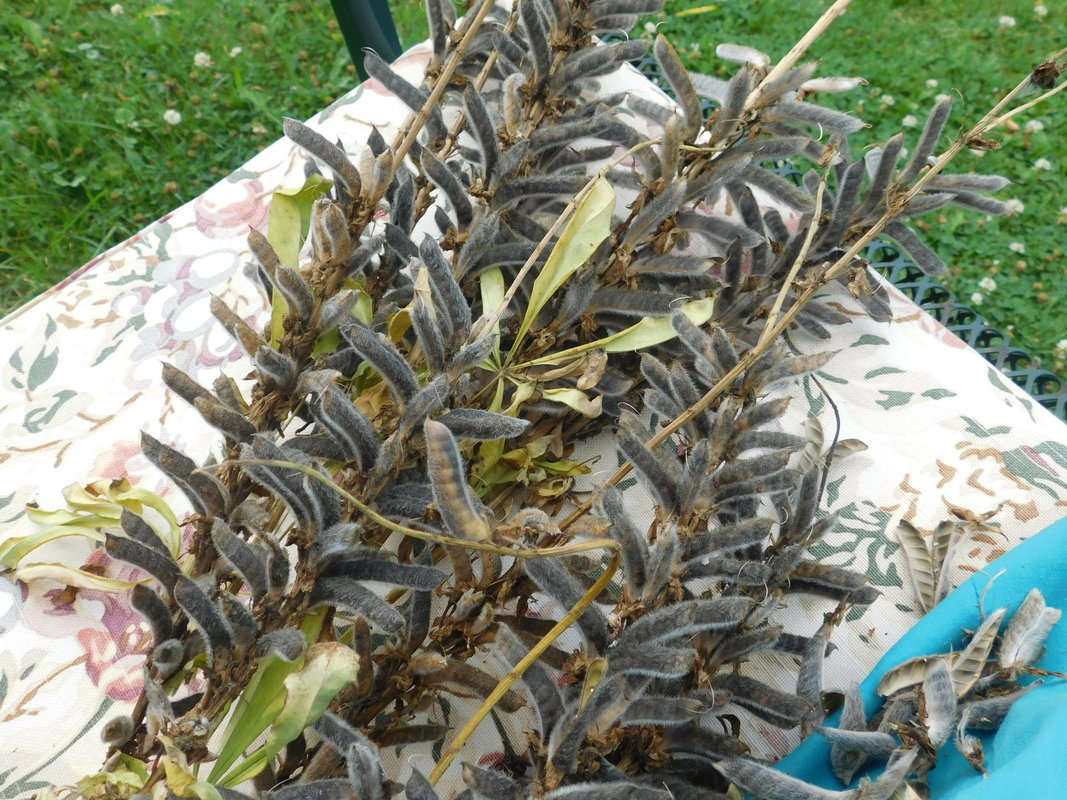
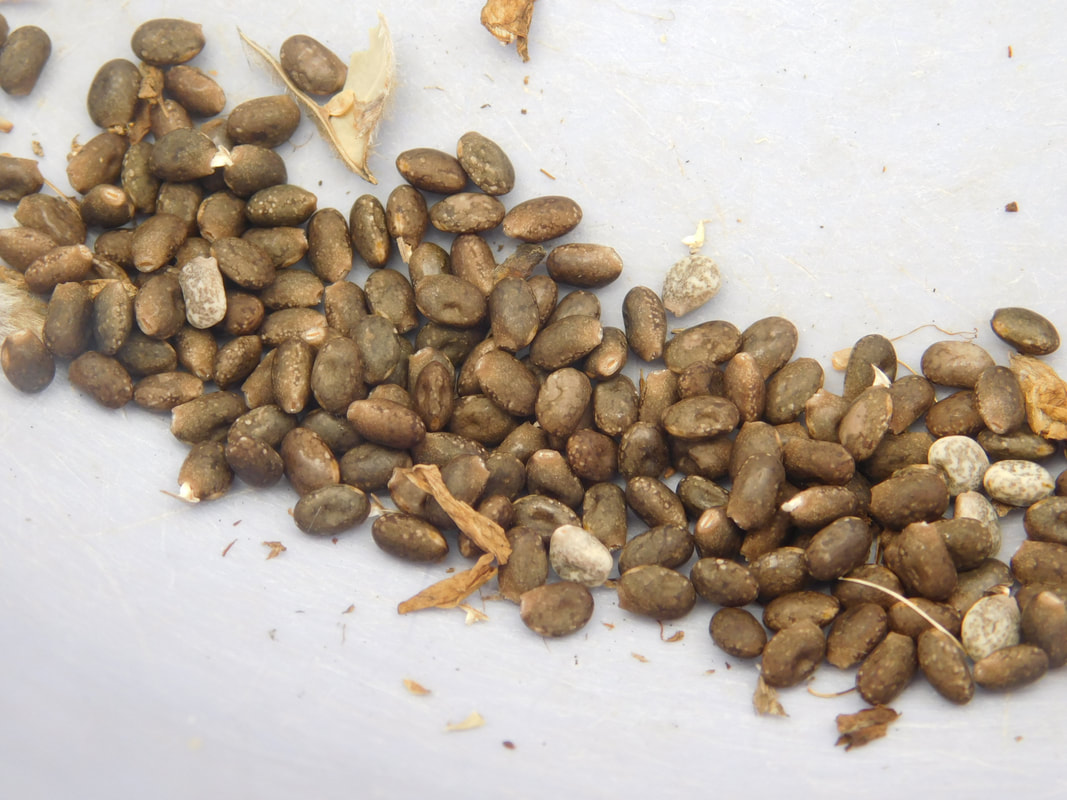
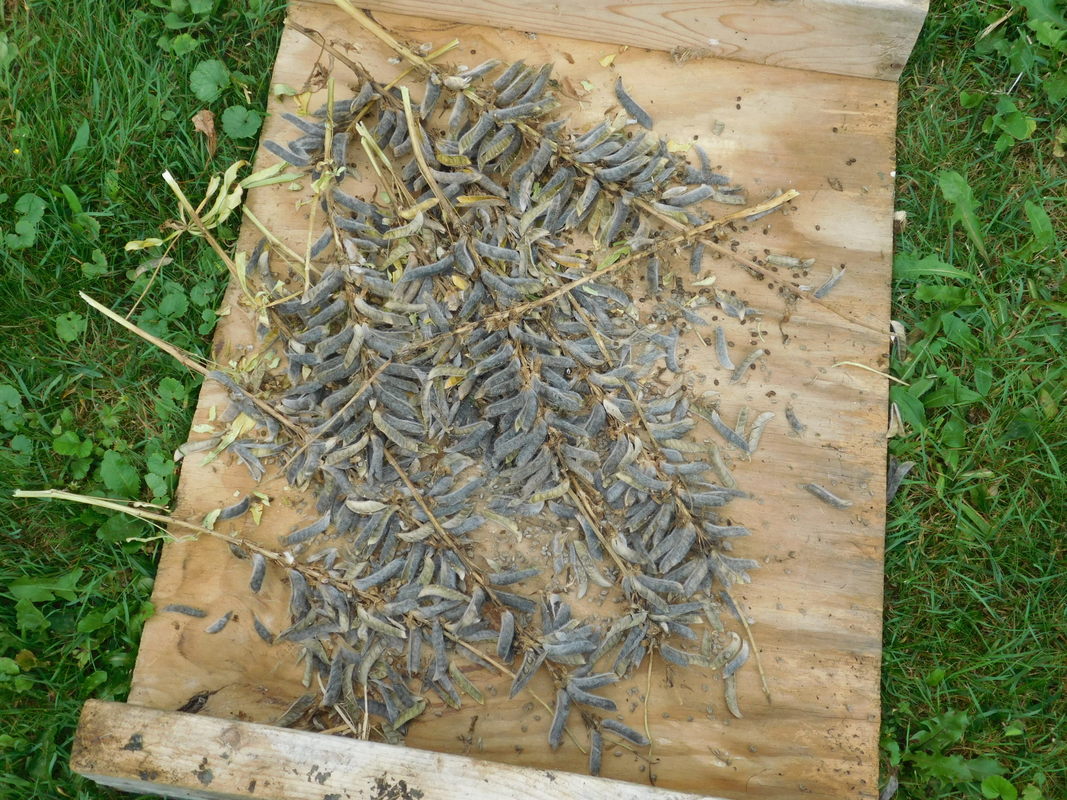
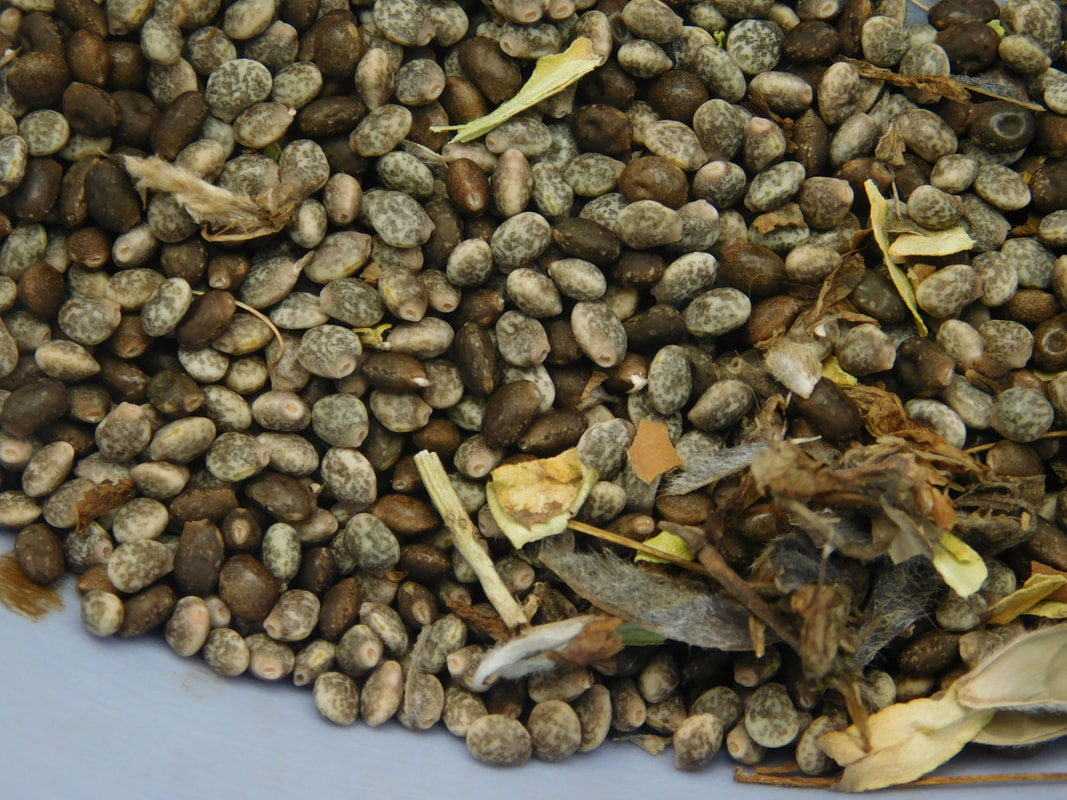
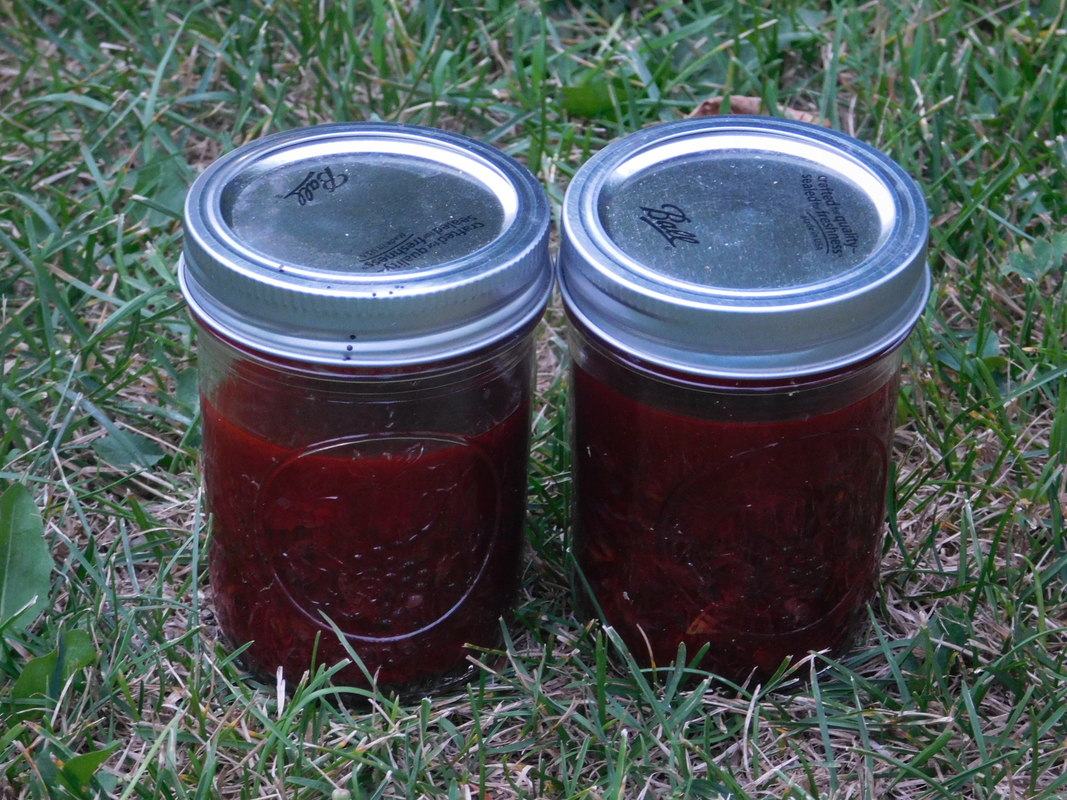
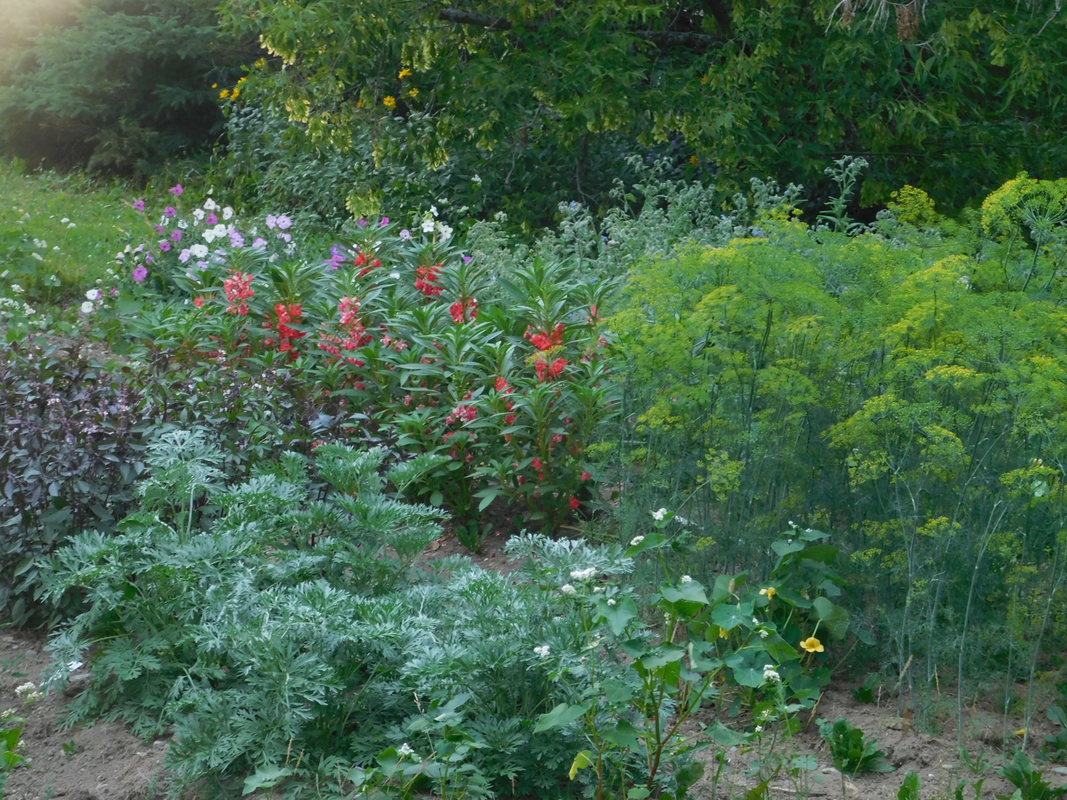
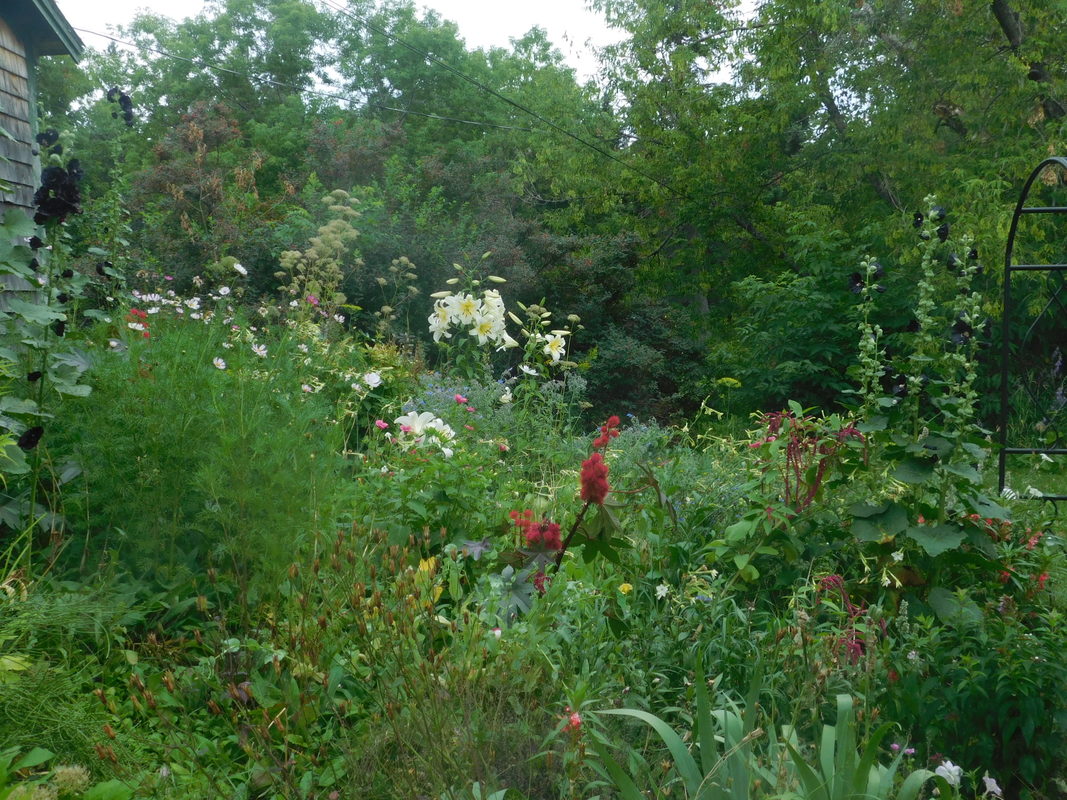
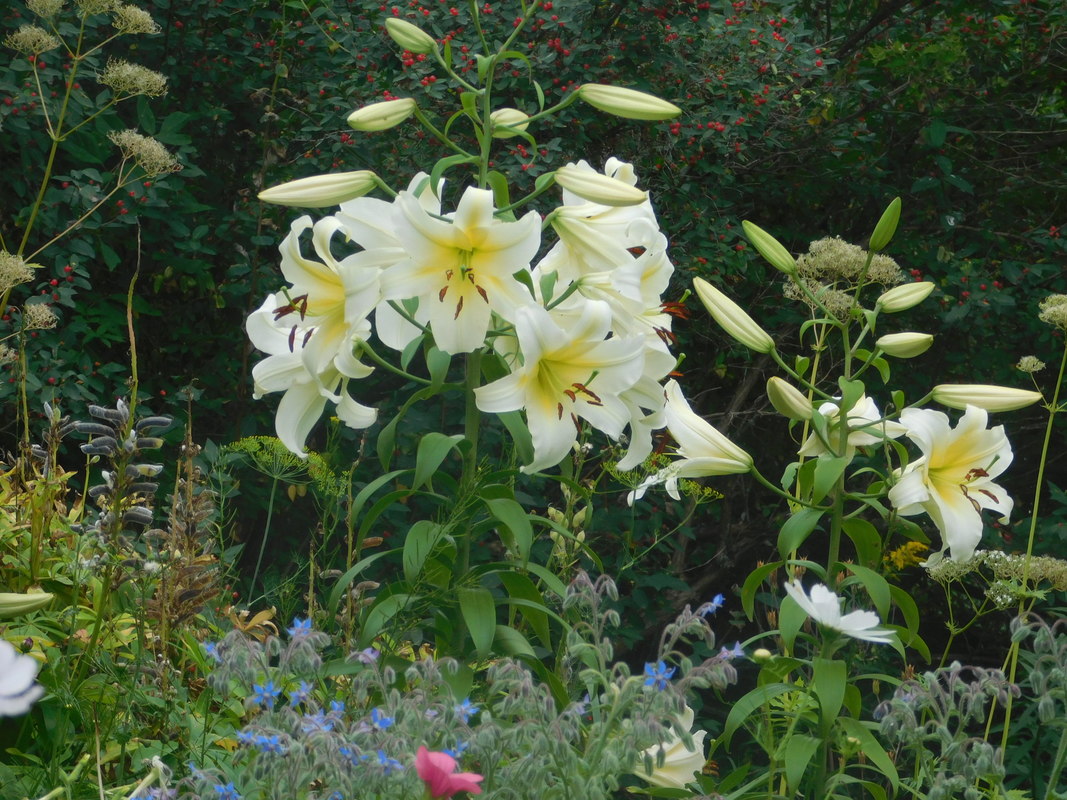
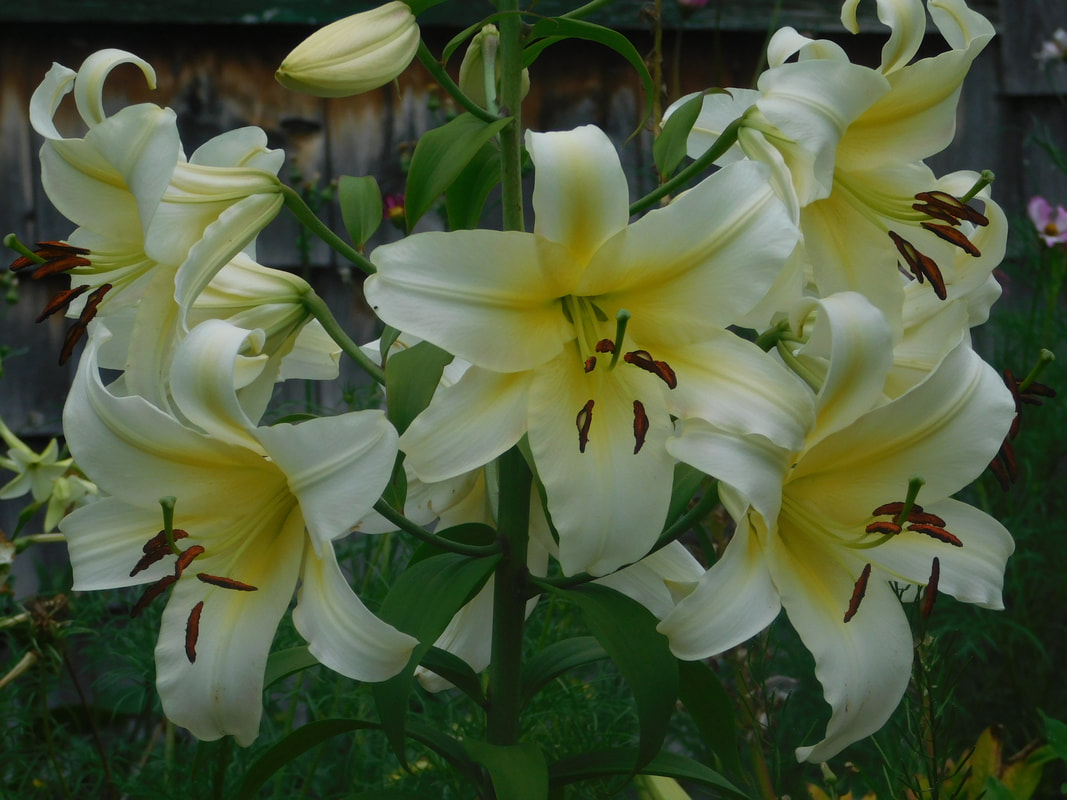
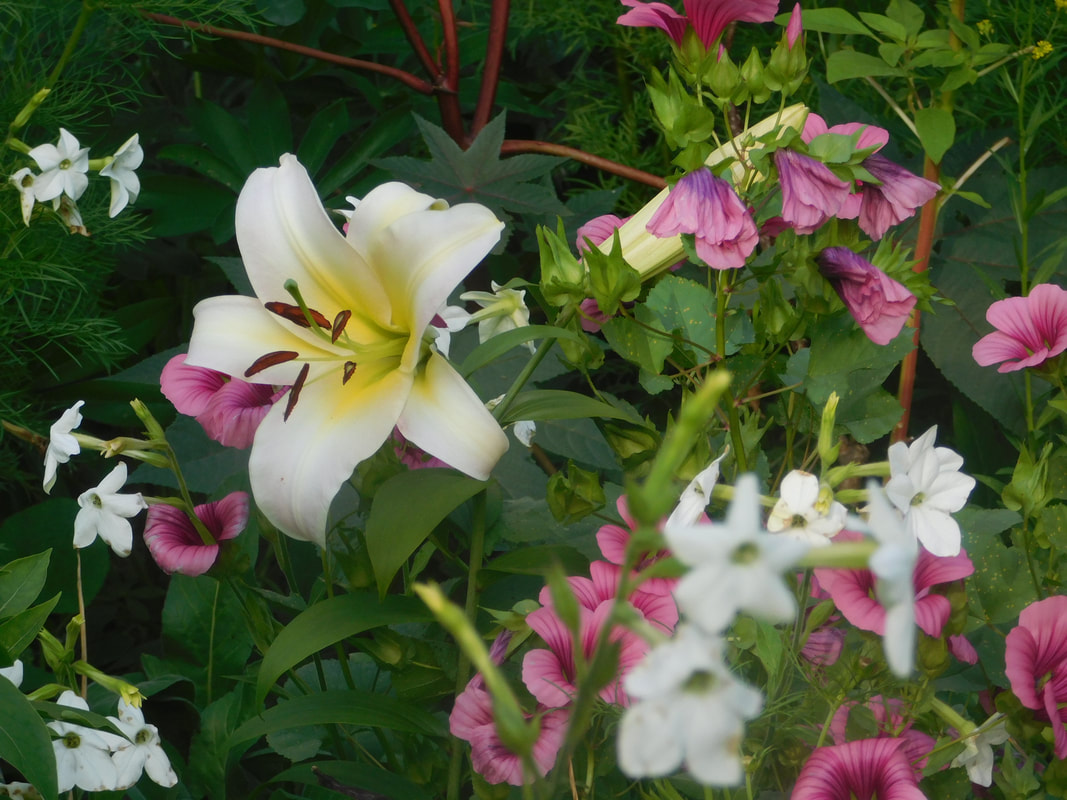
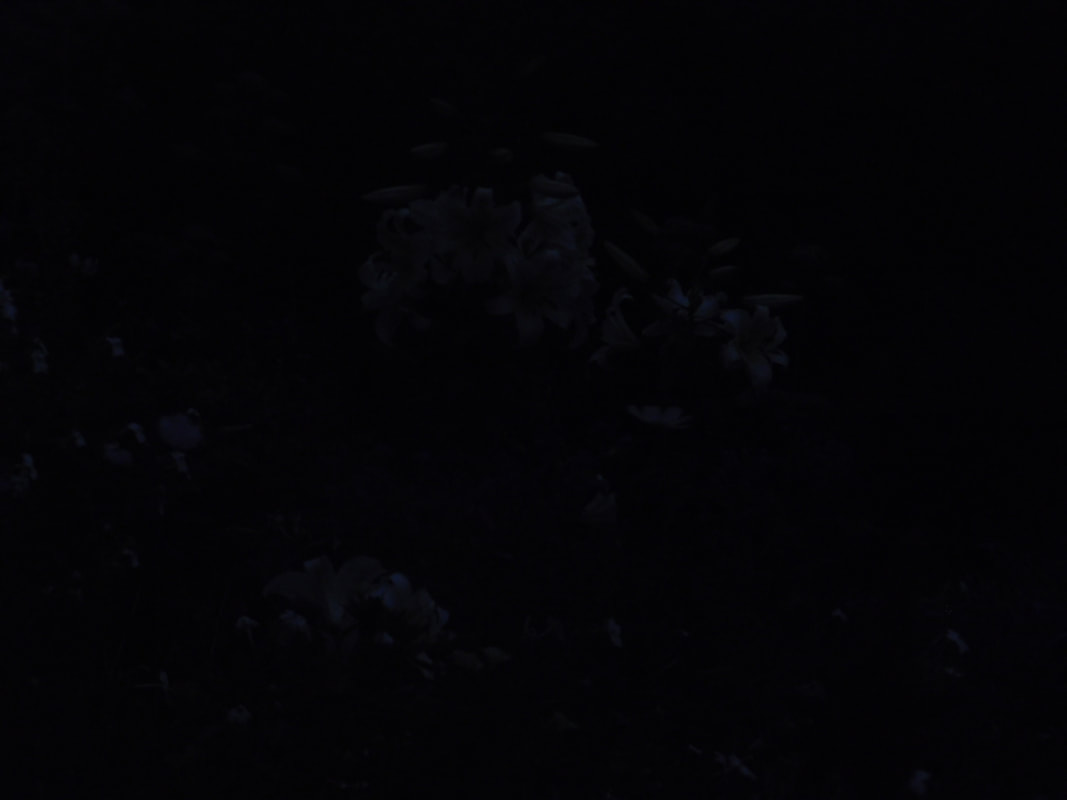

 RSS Feed
RSS Feed
